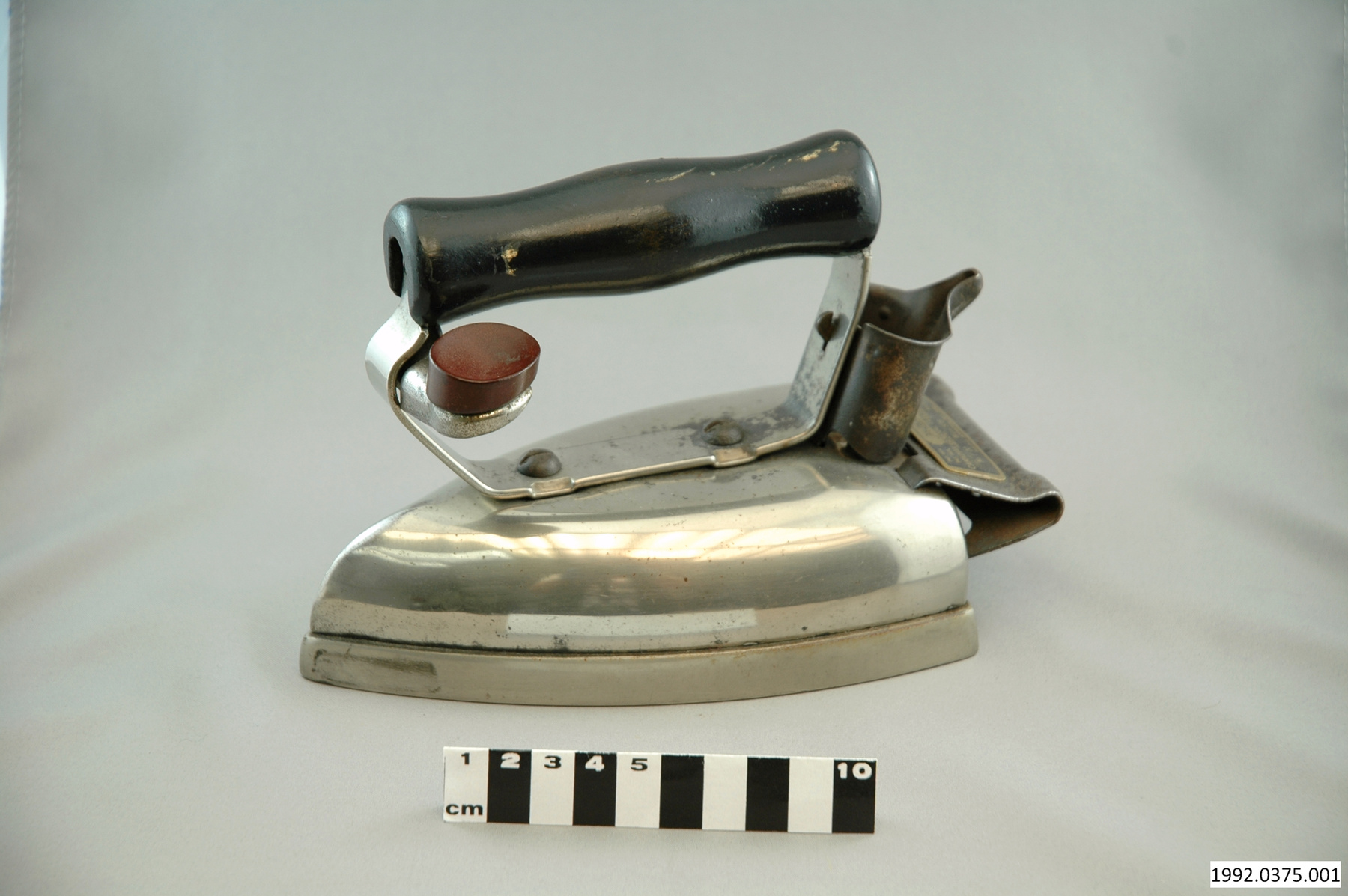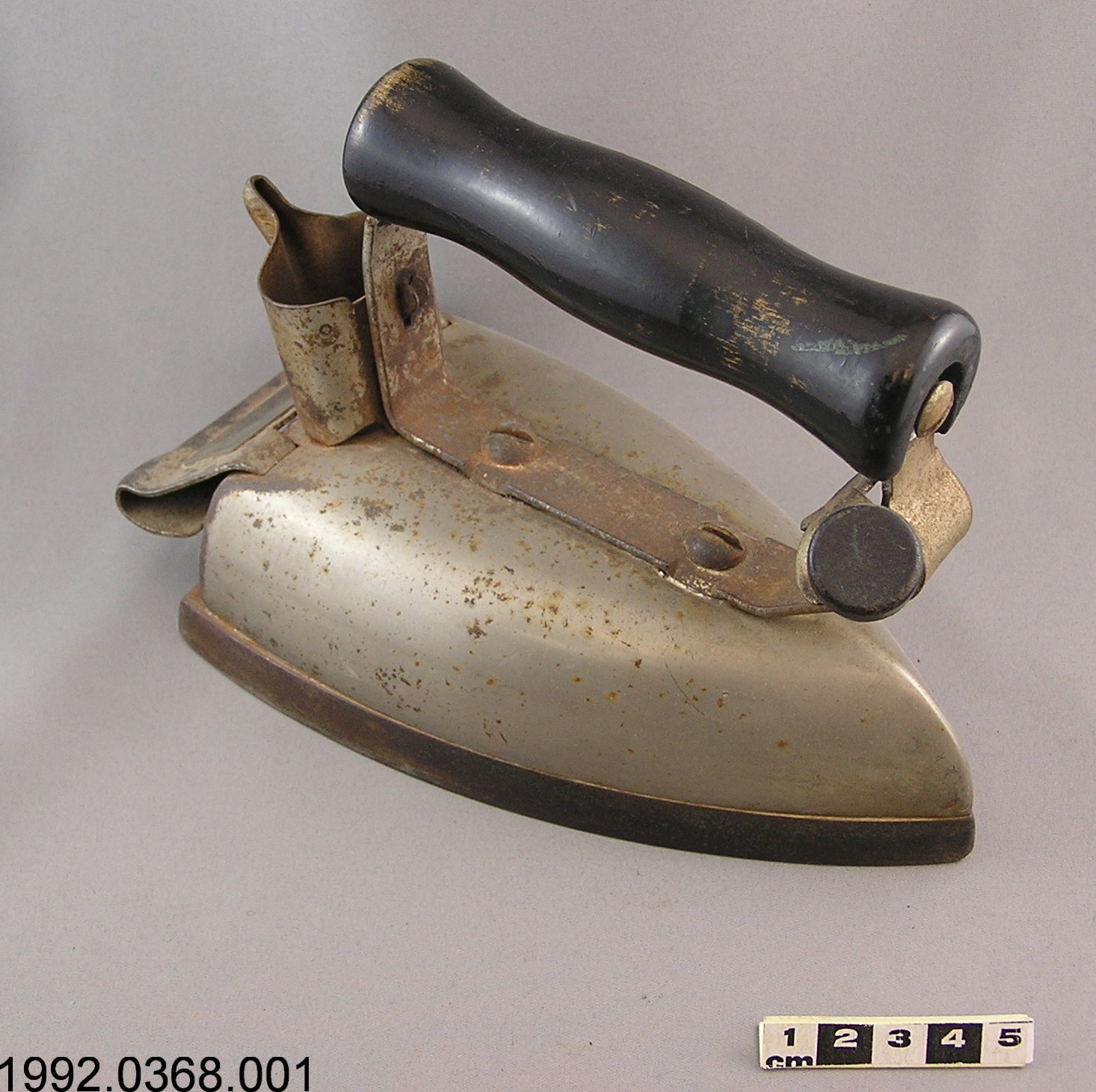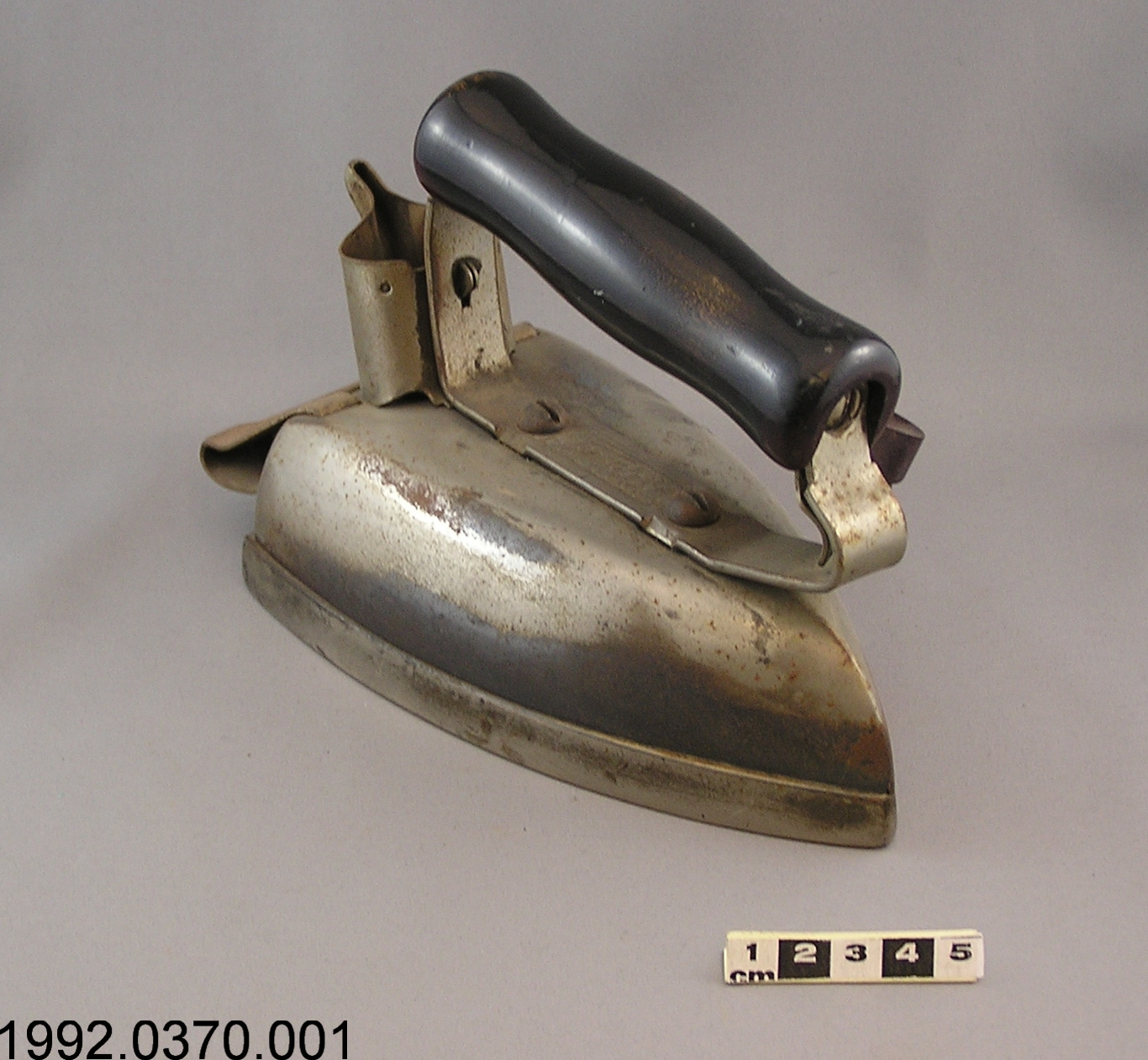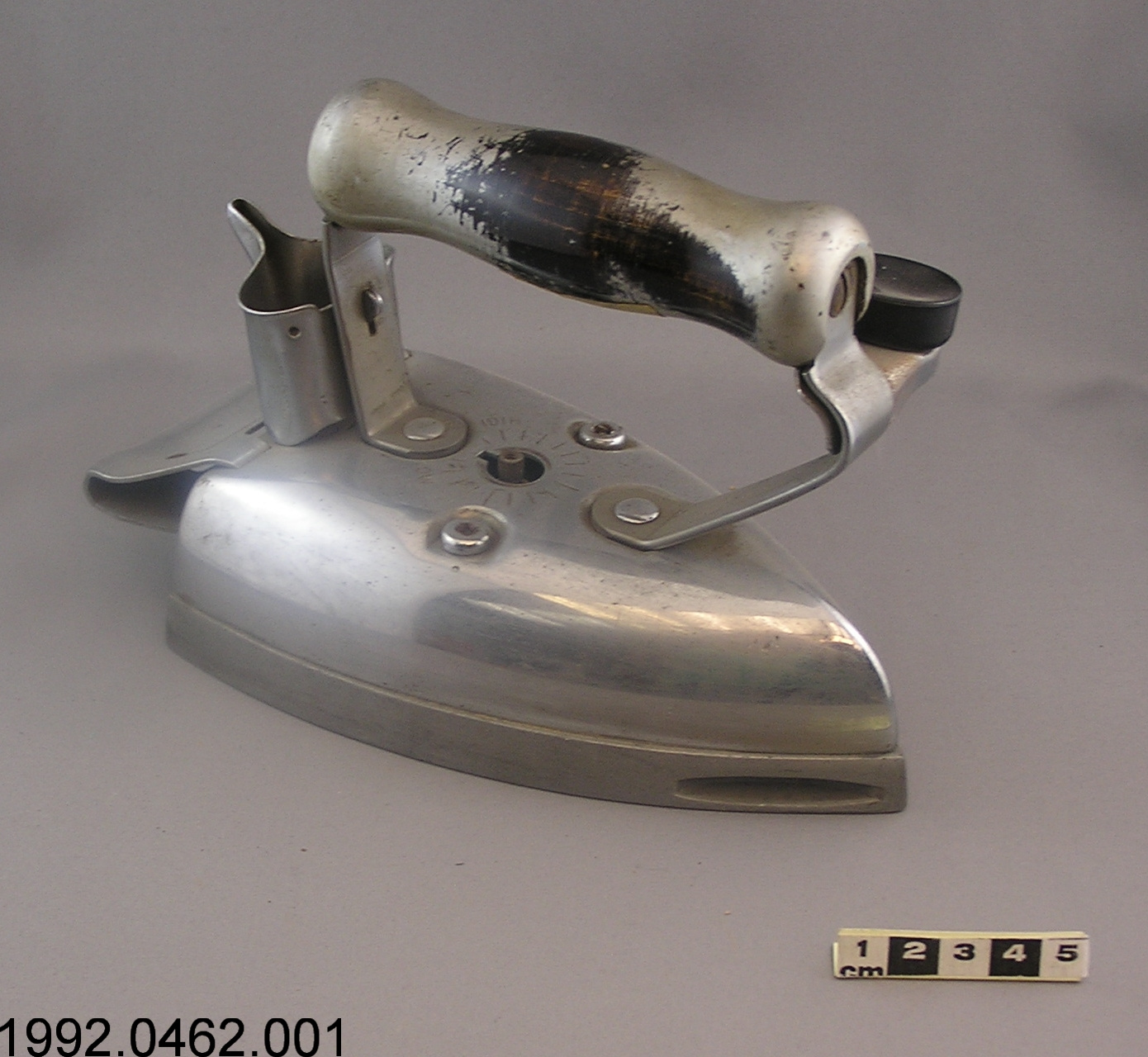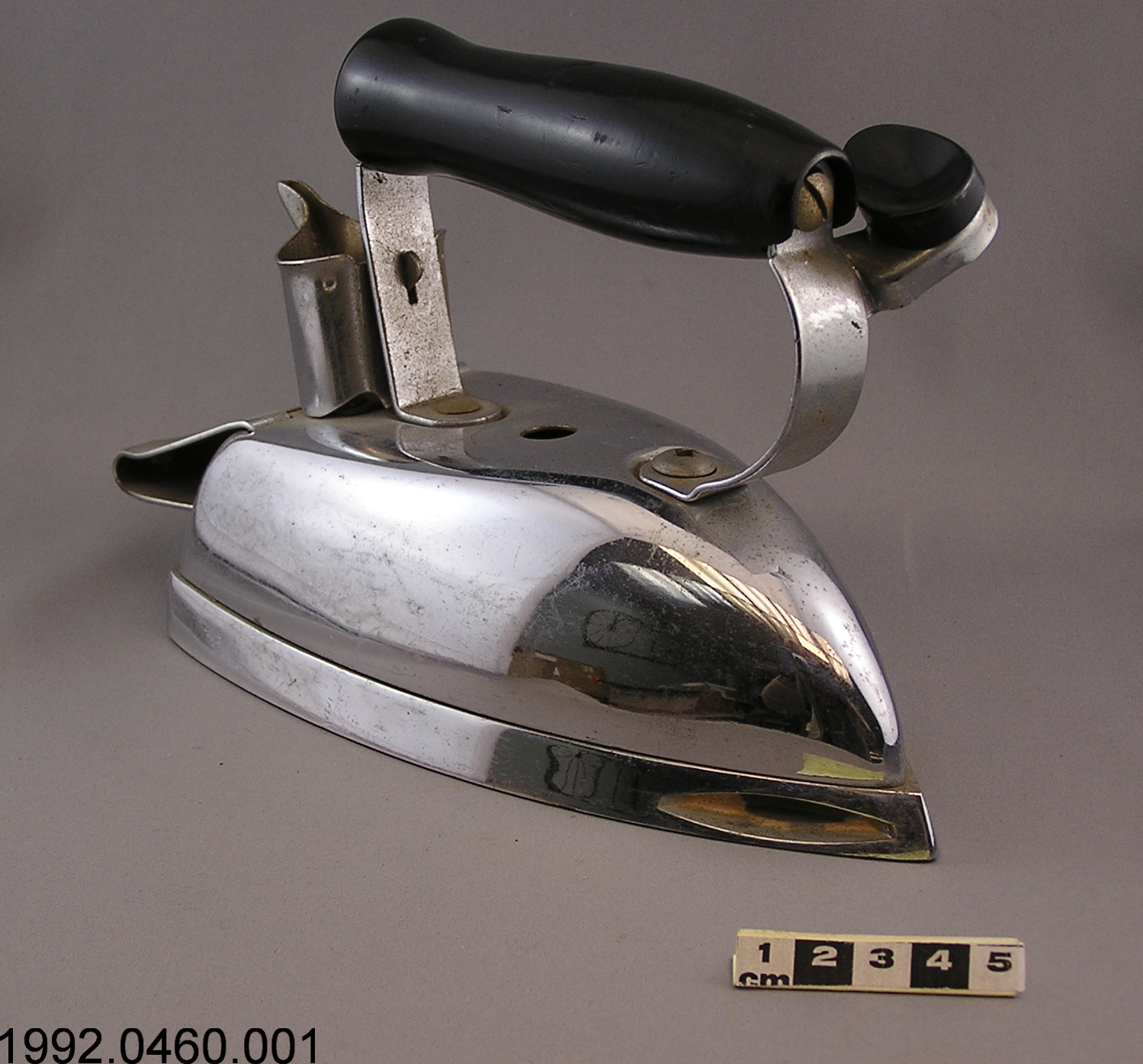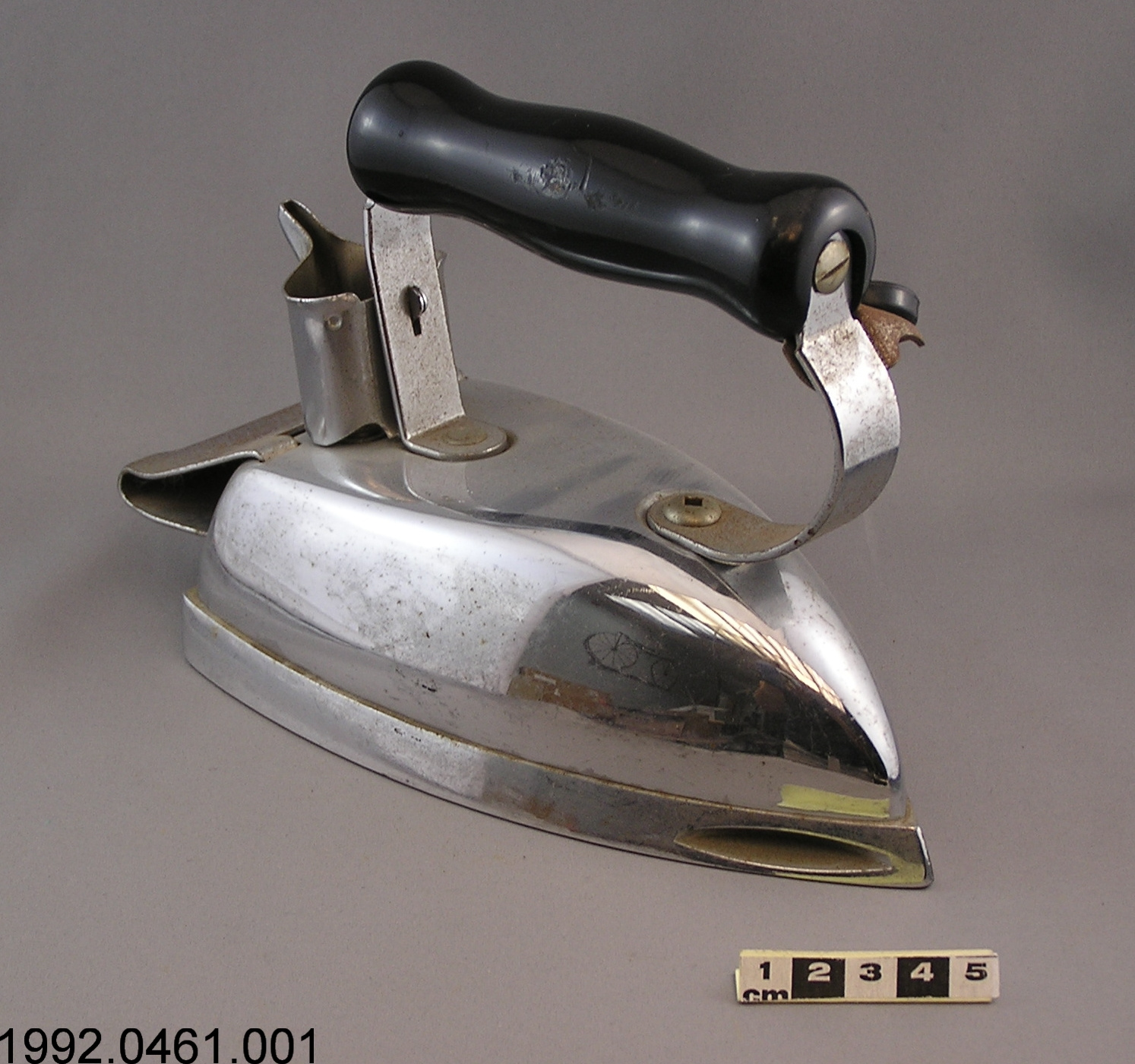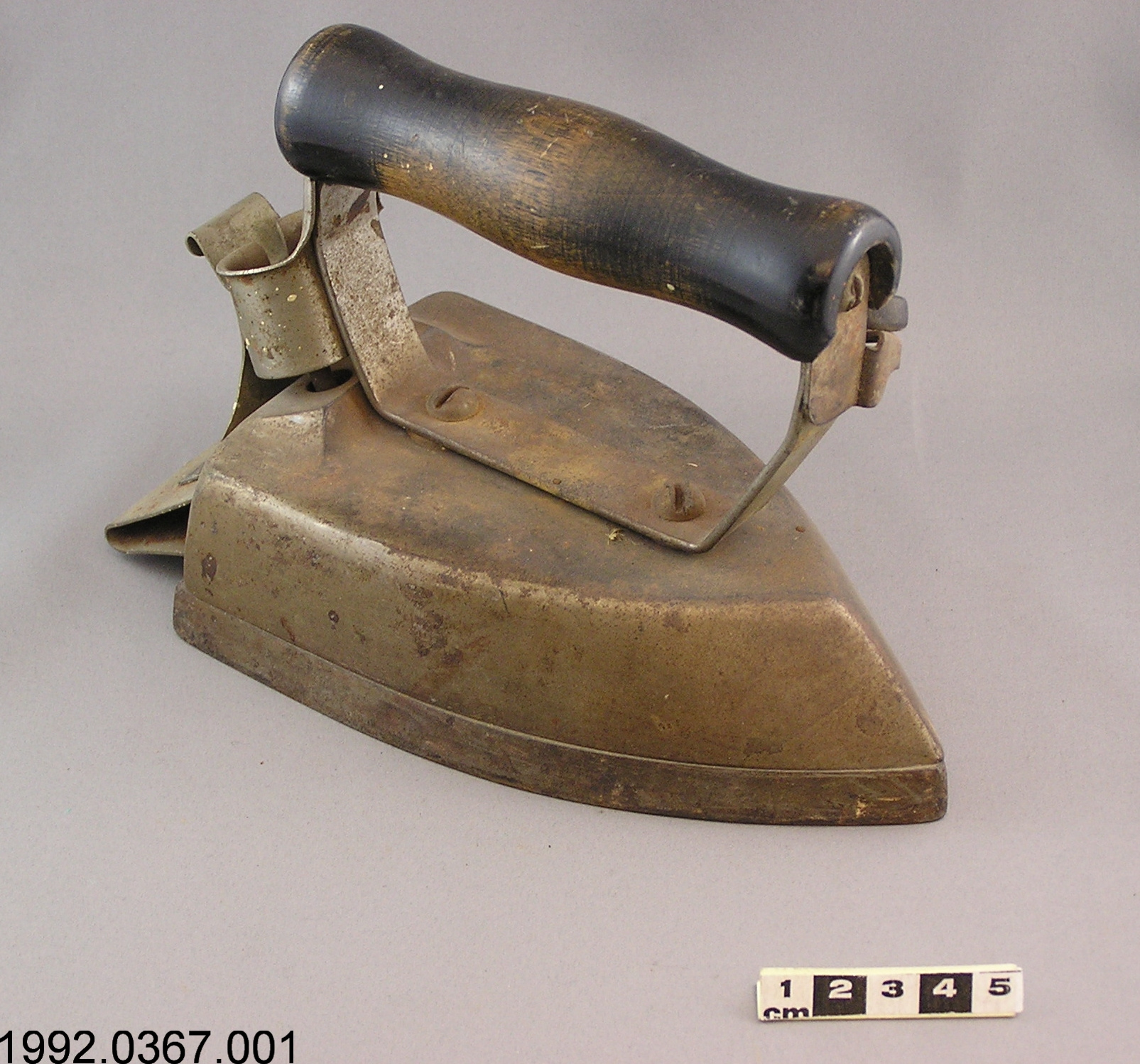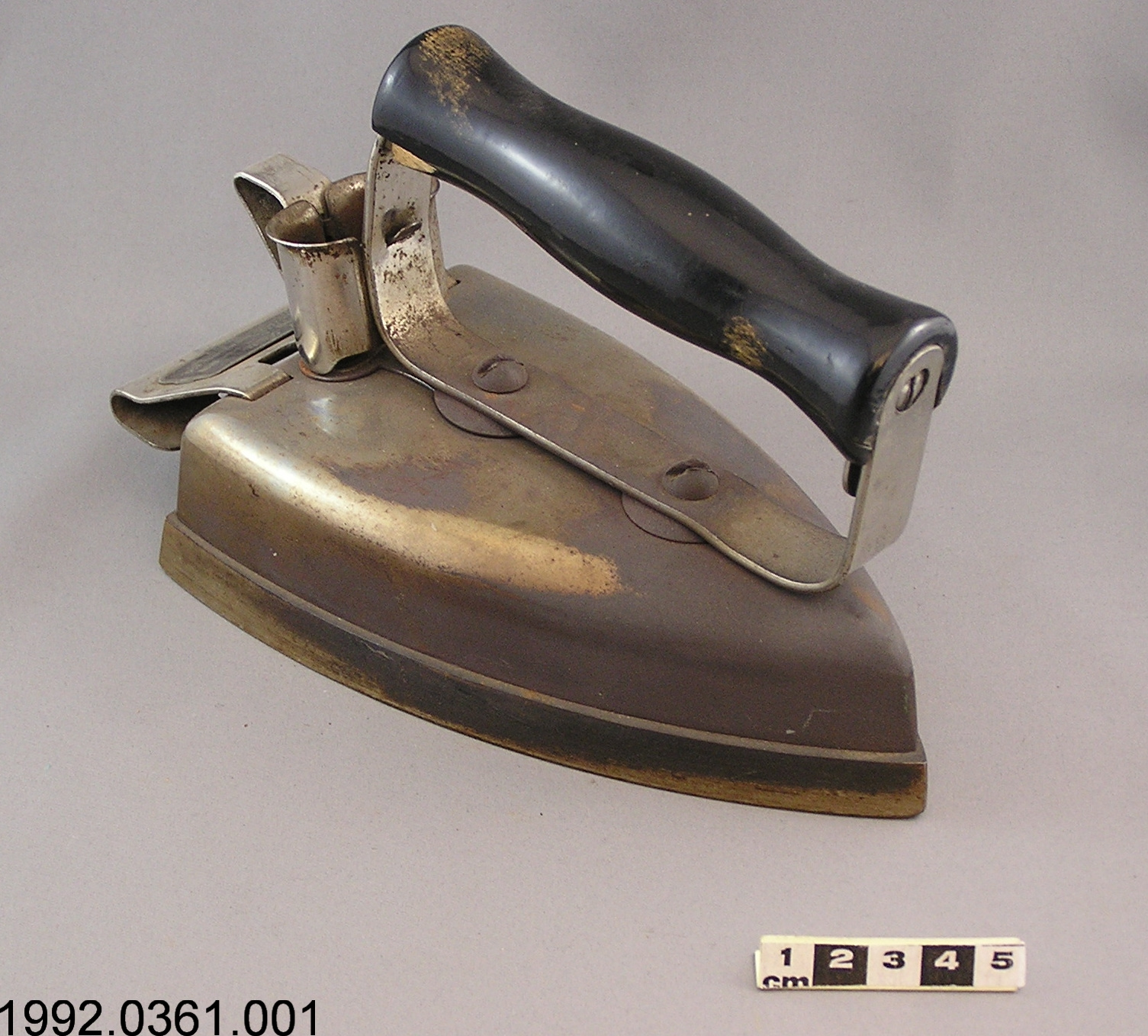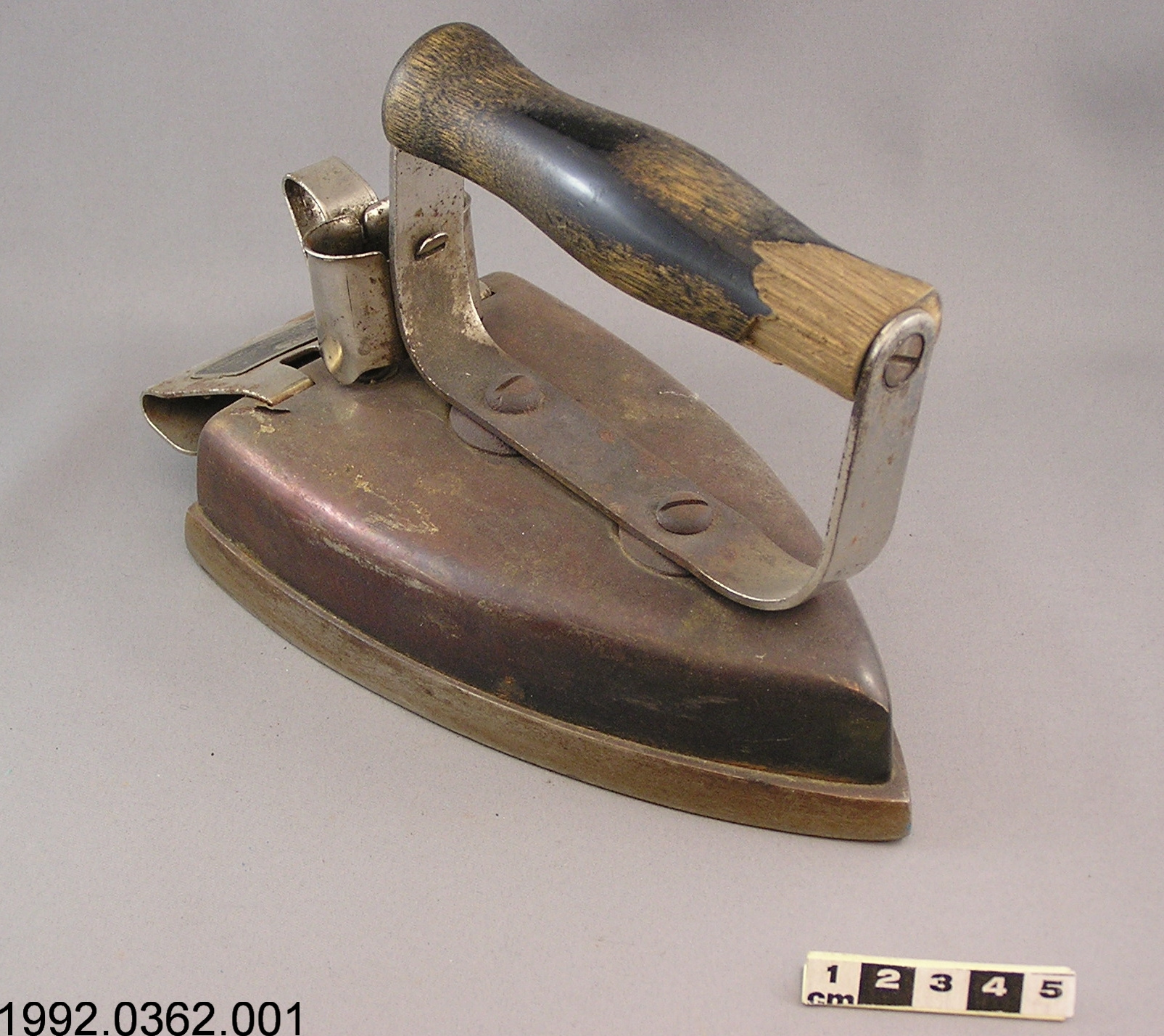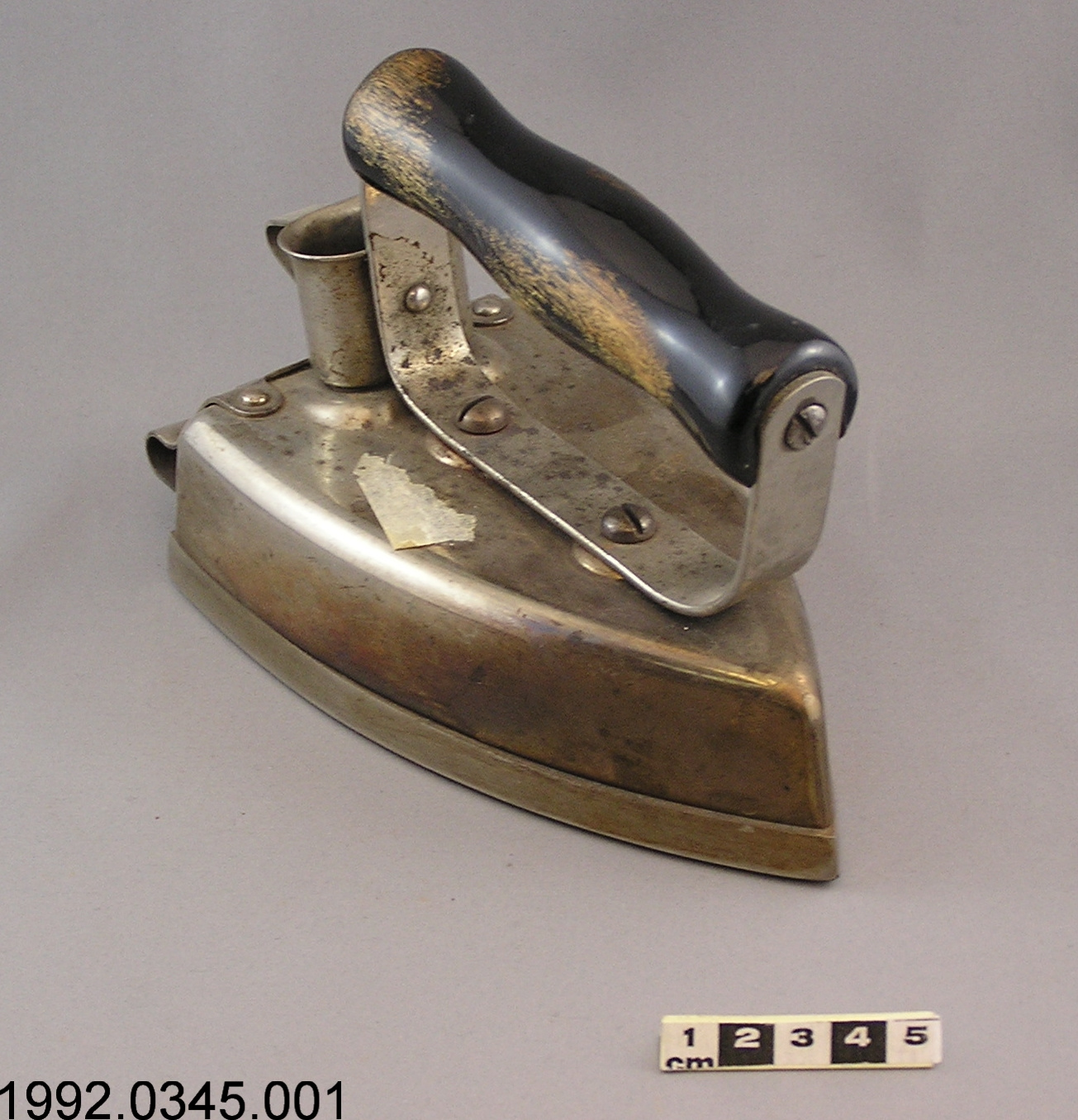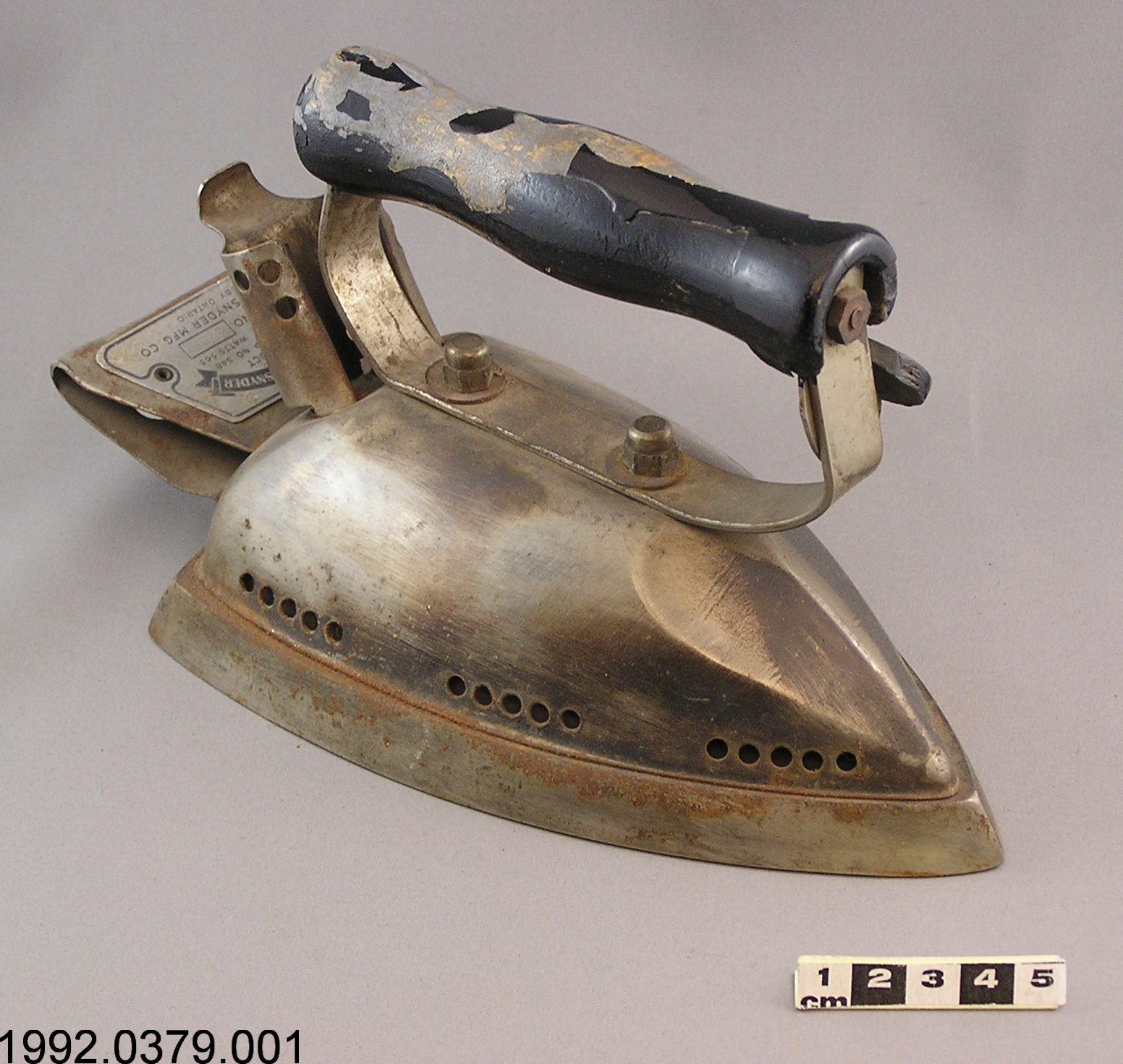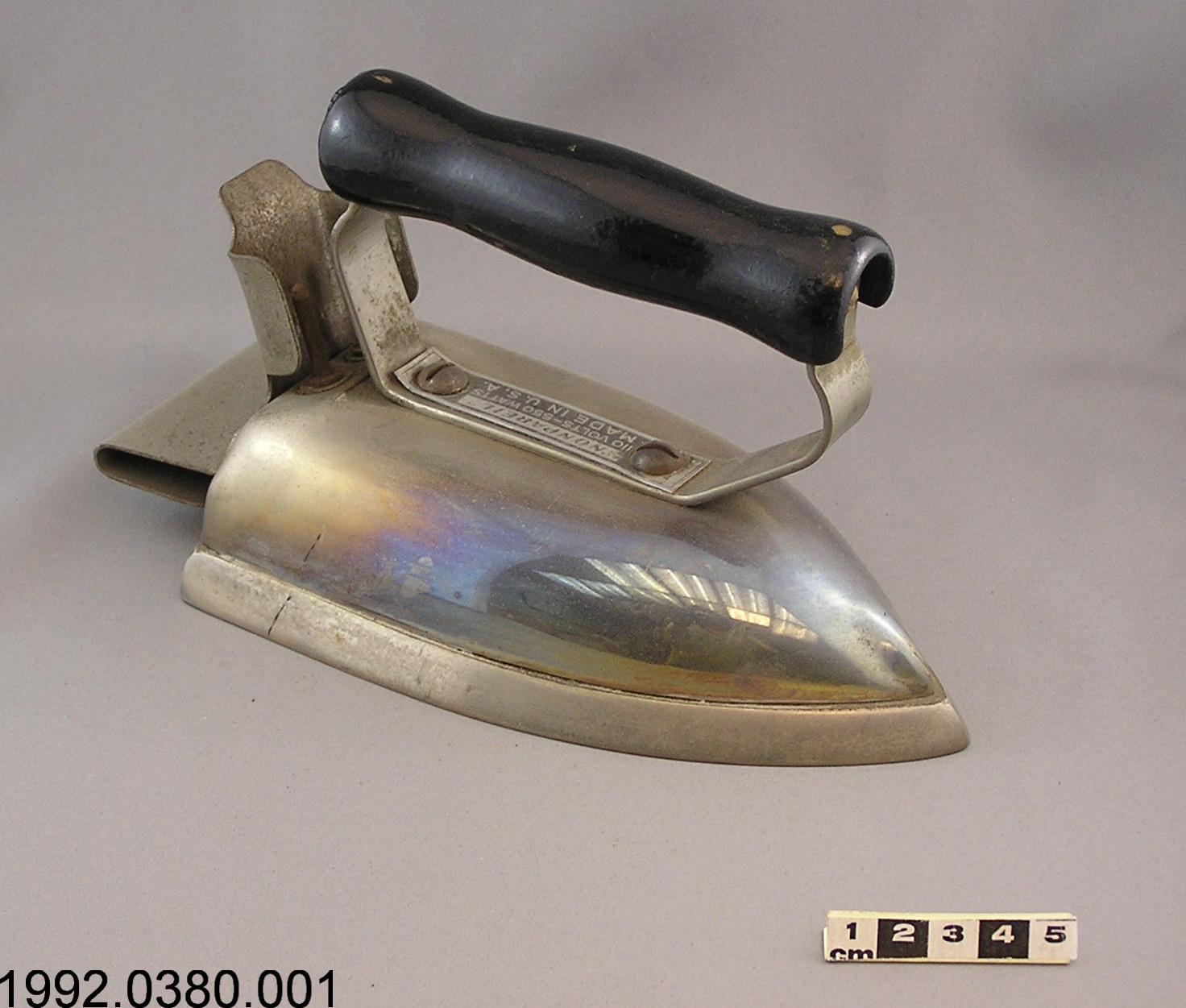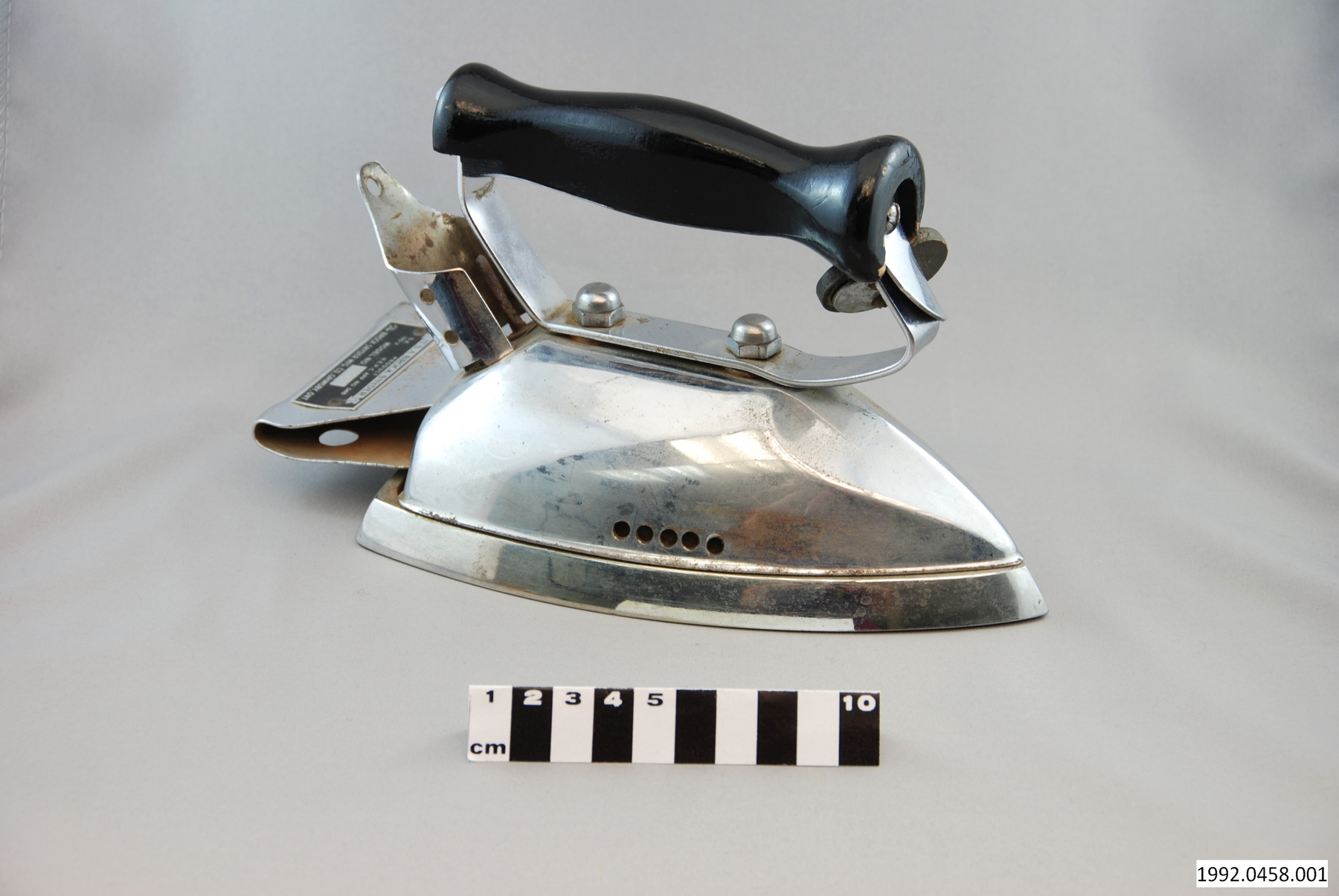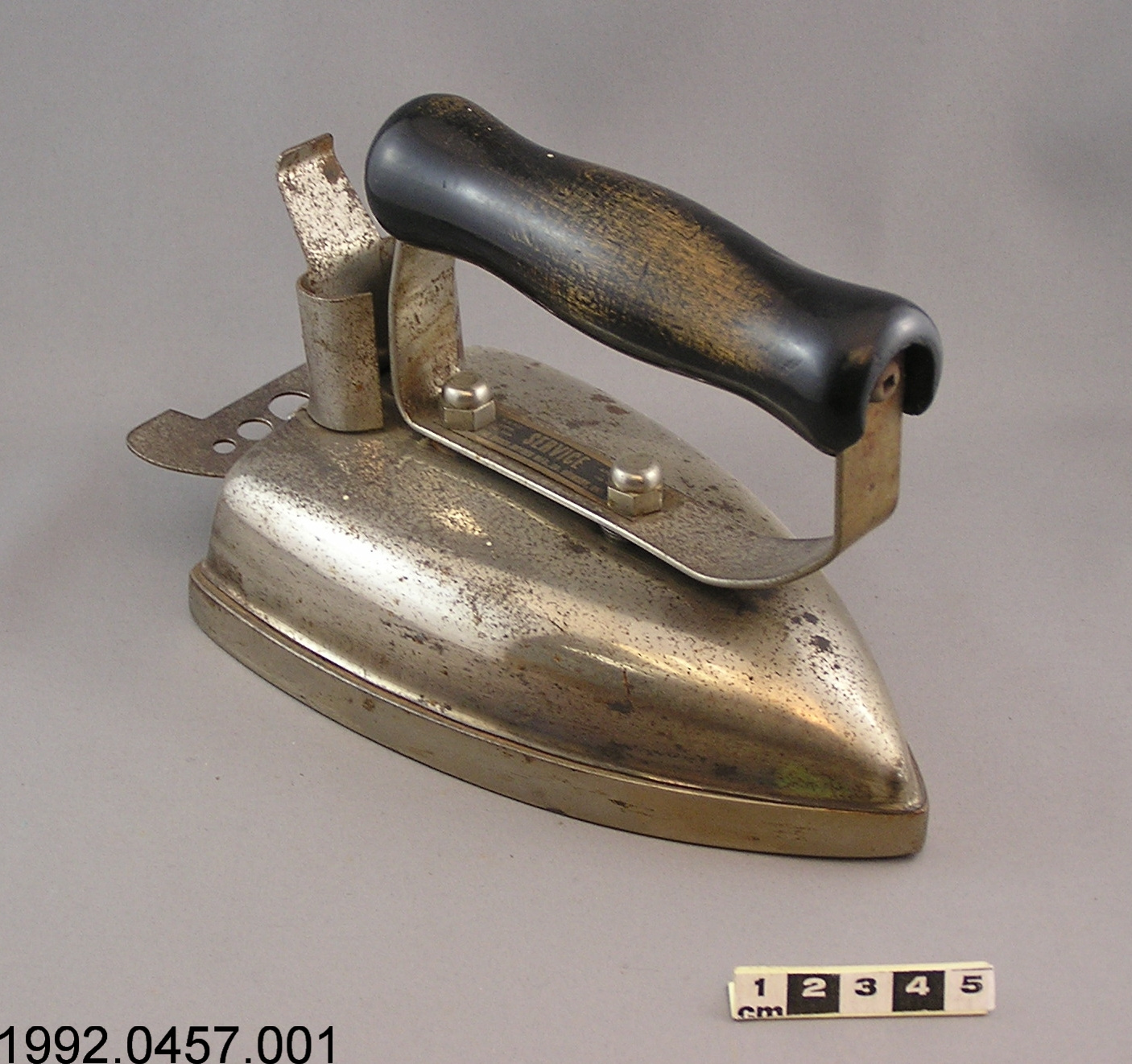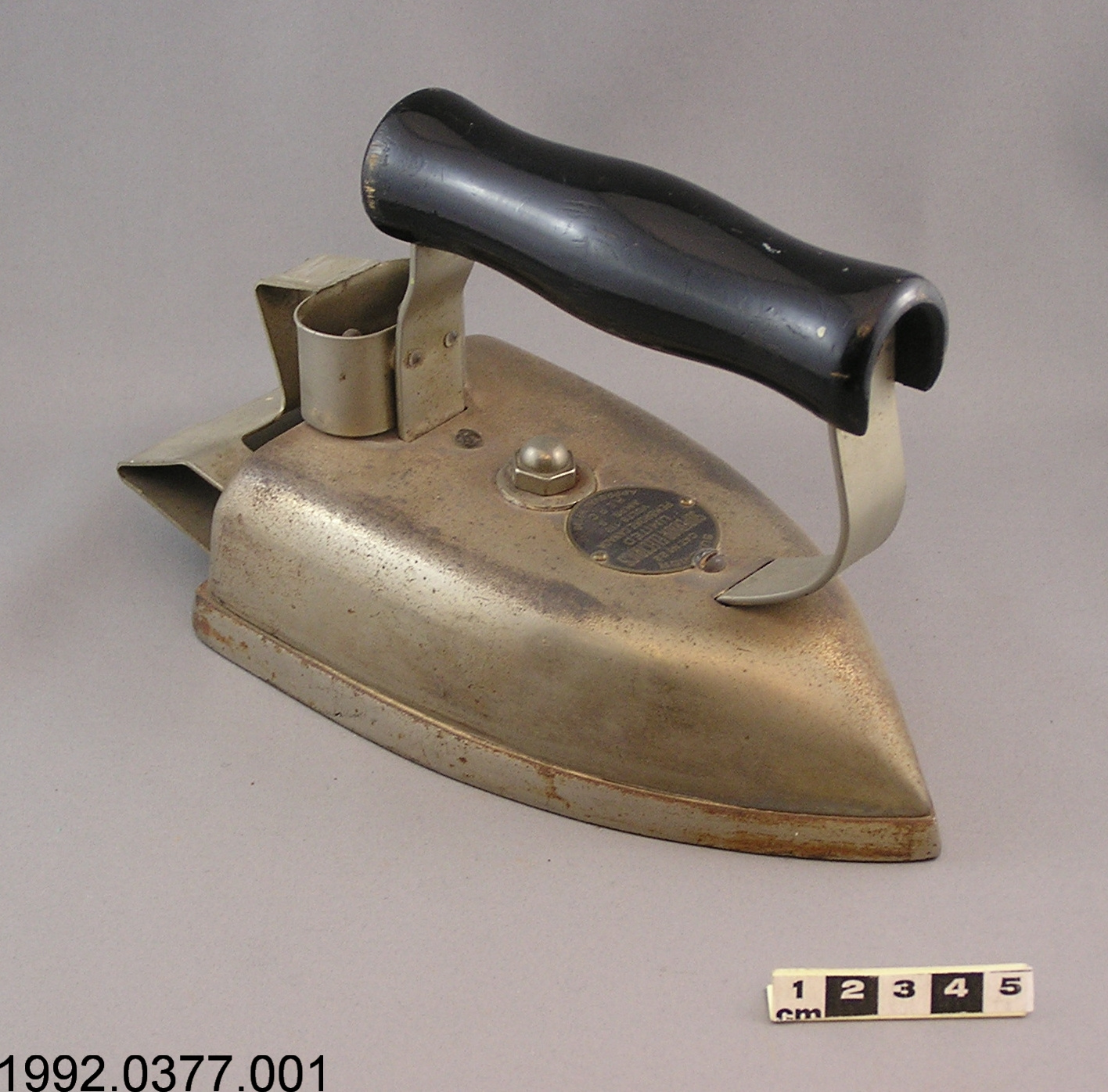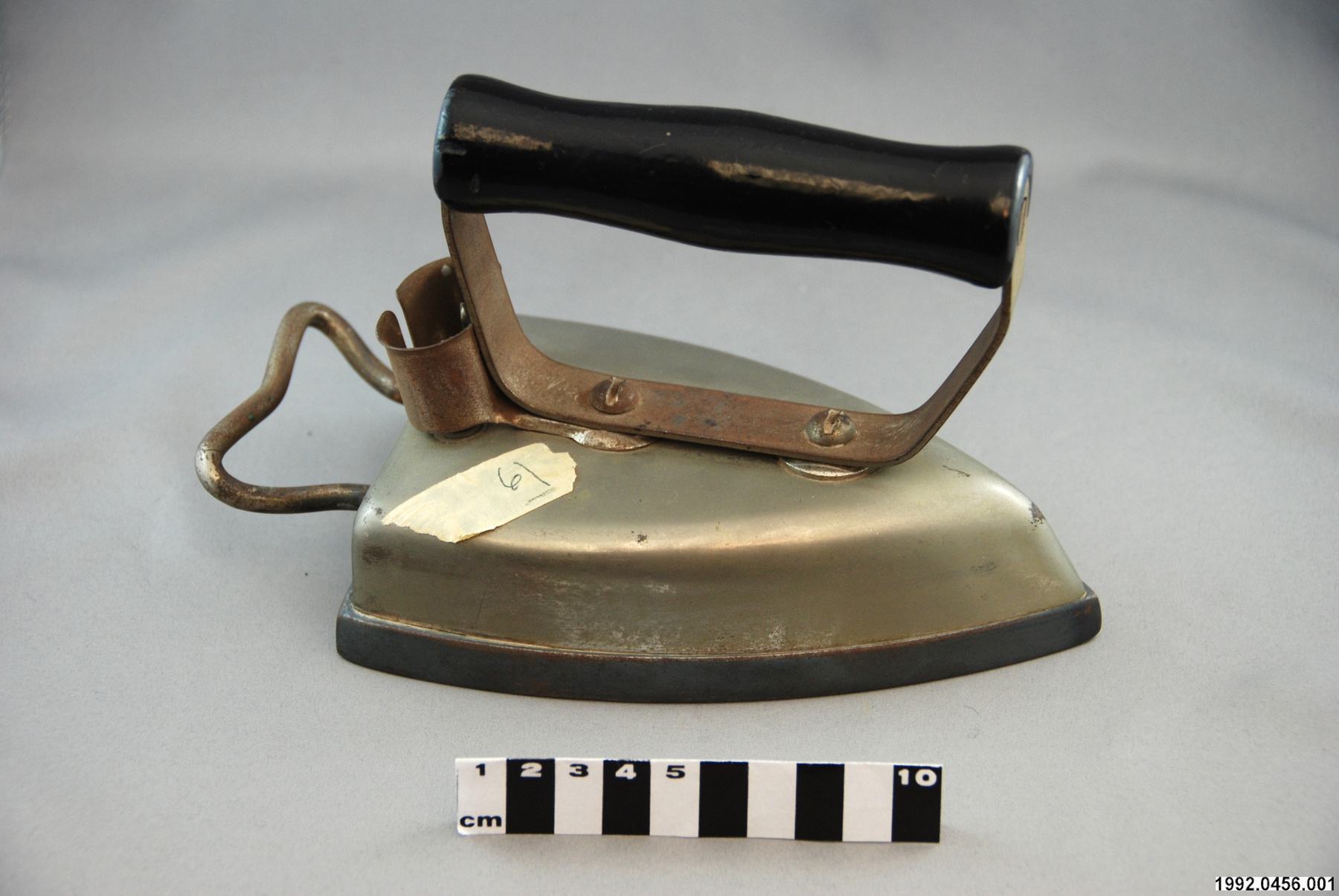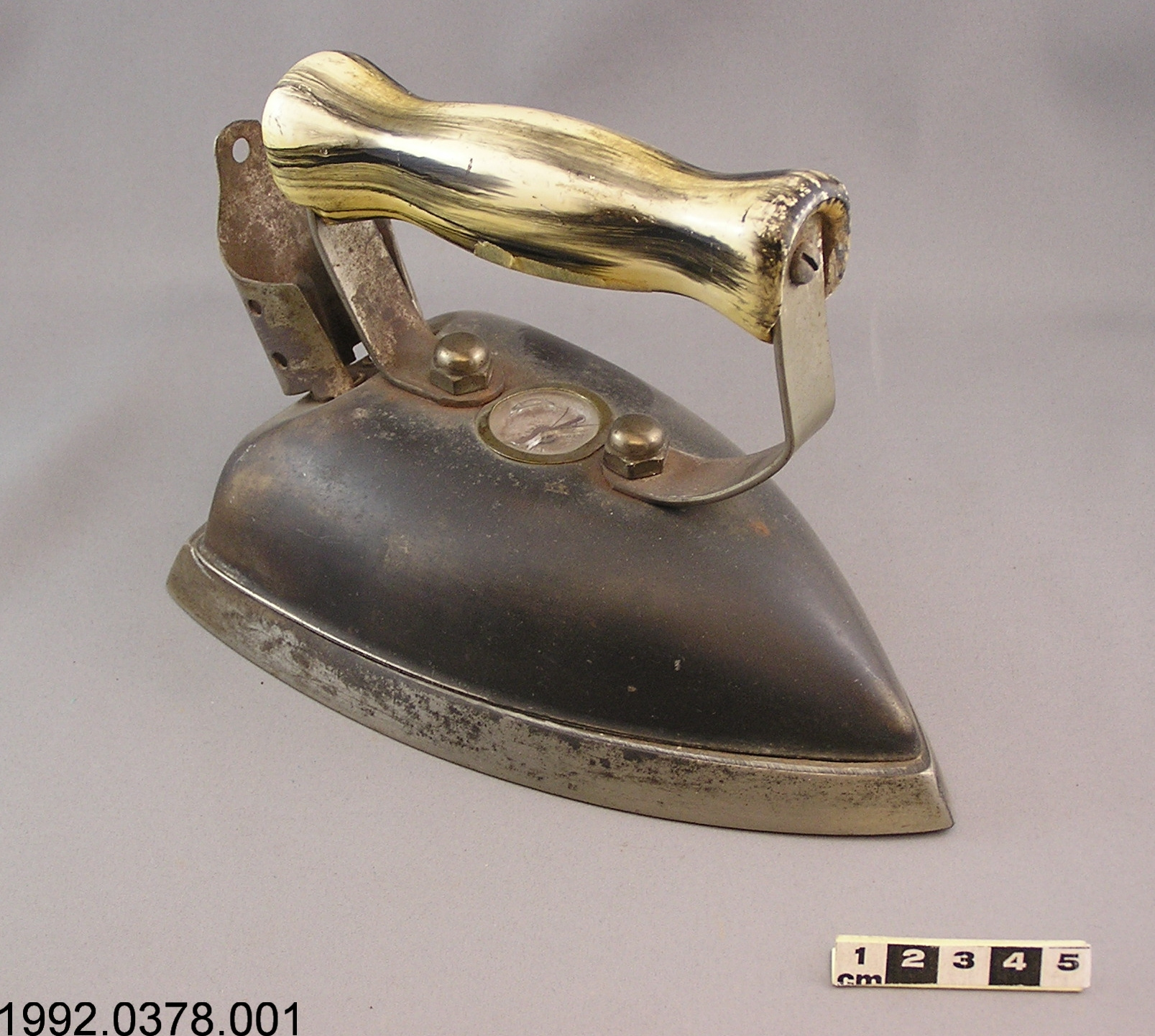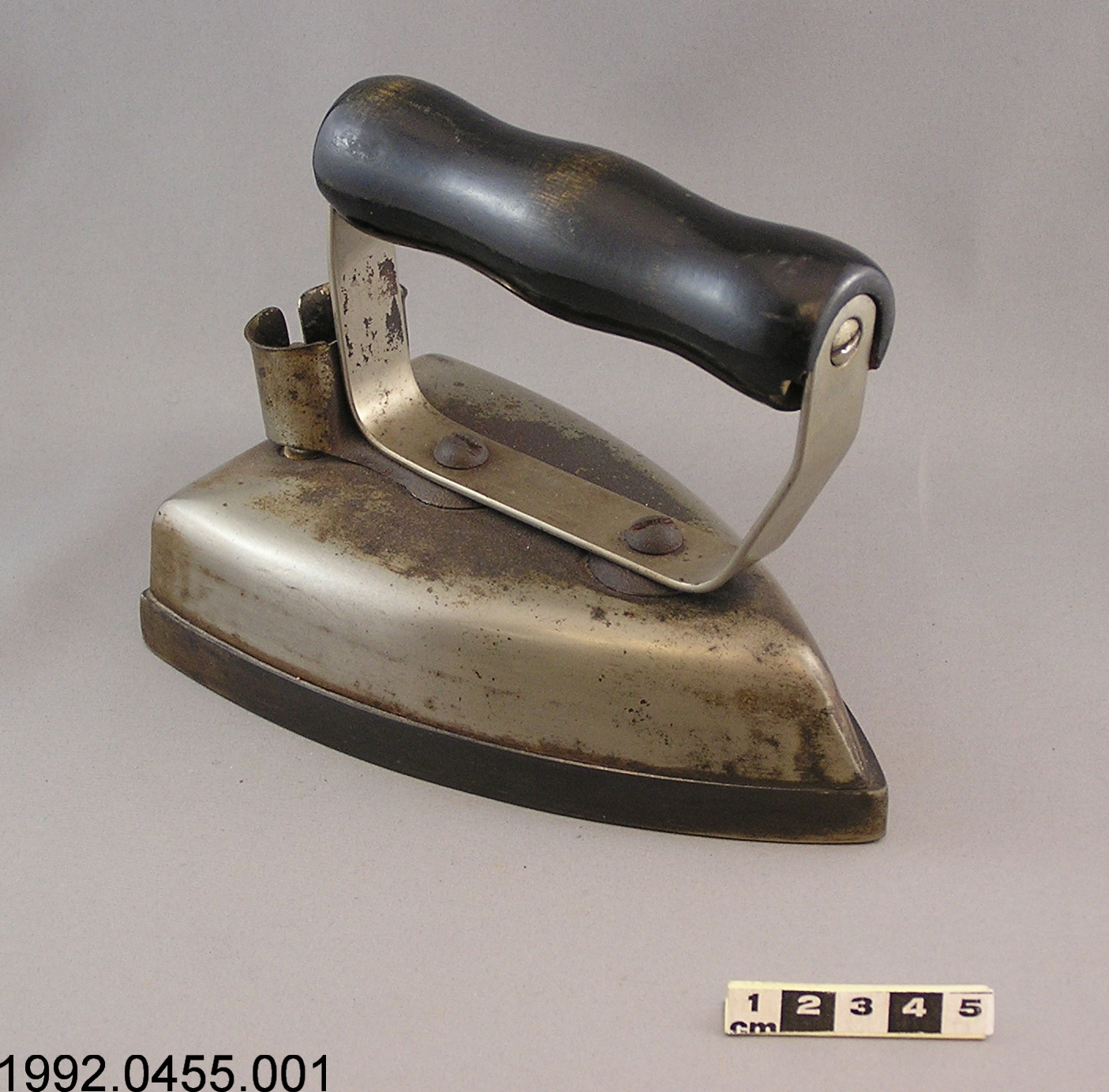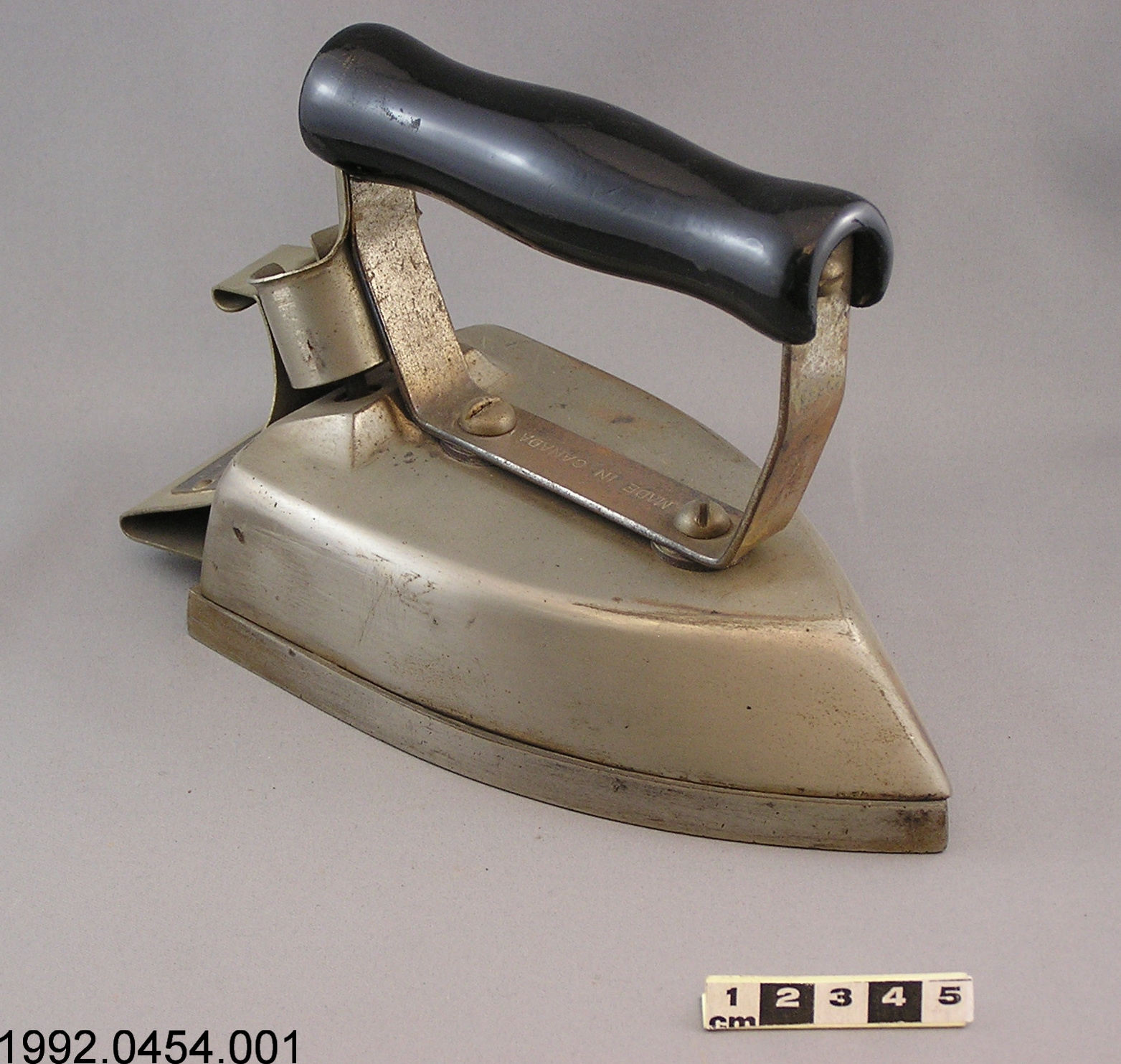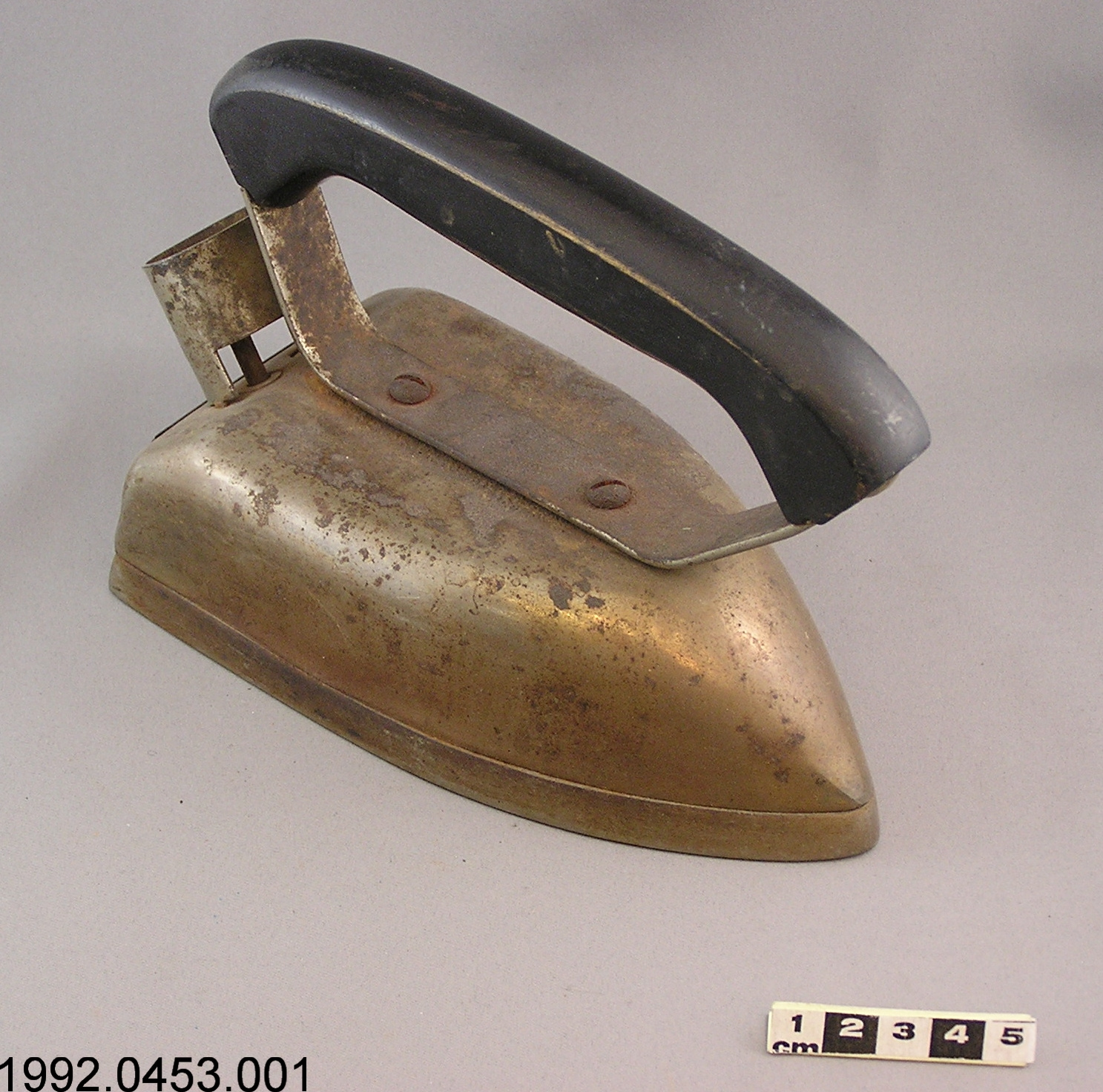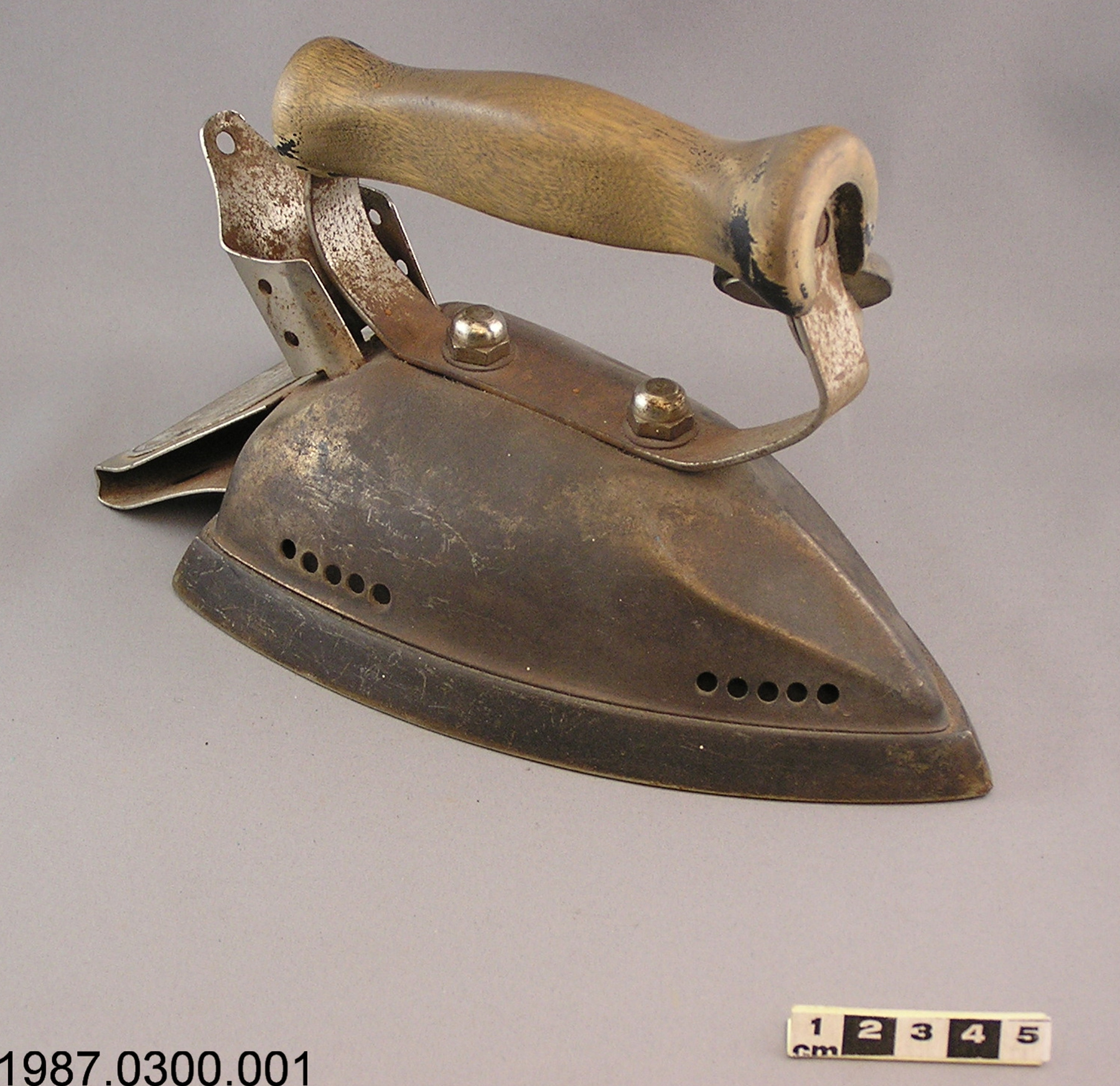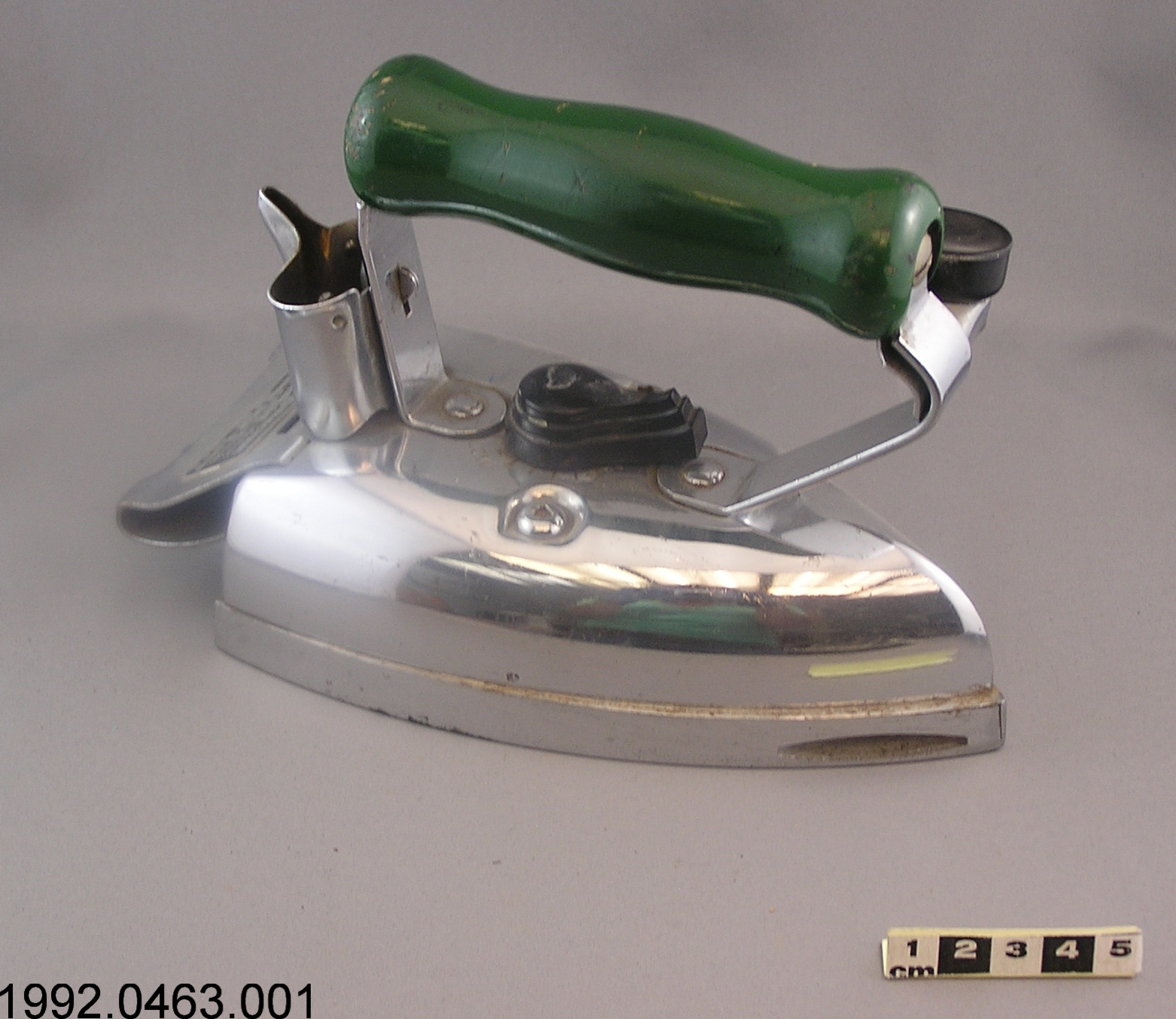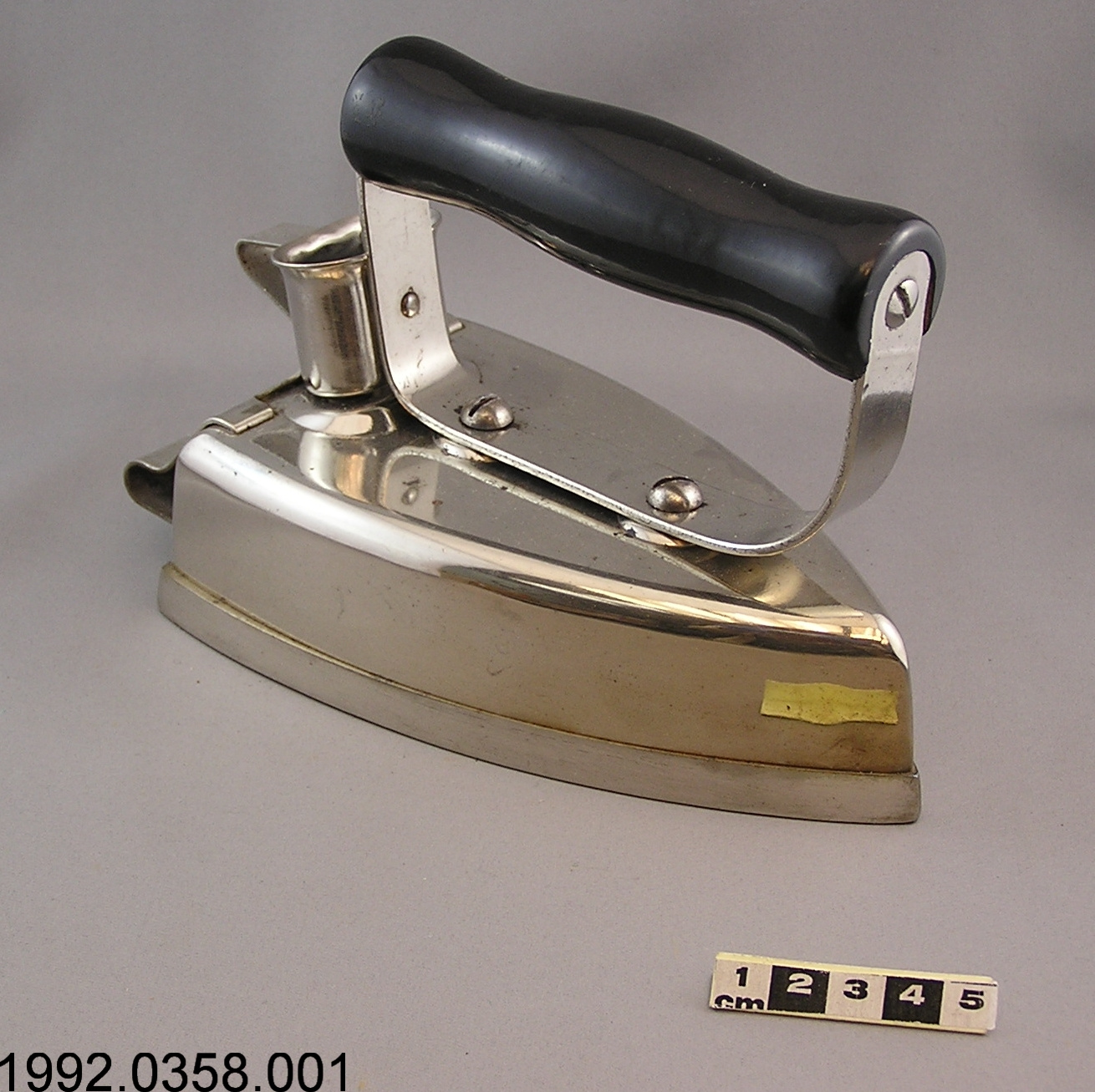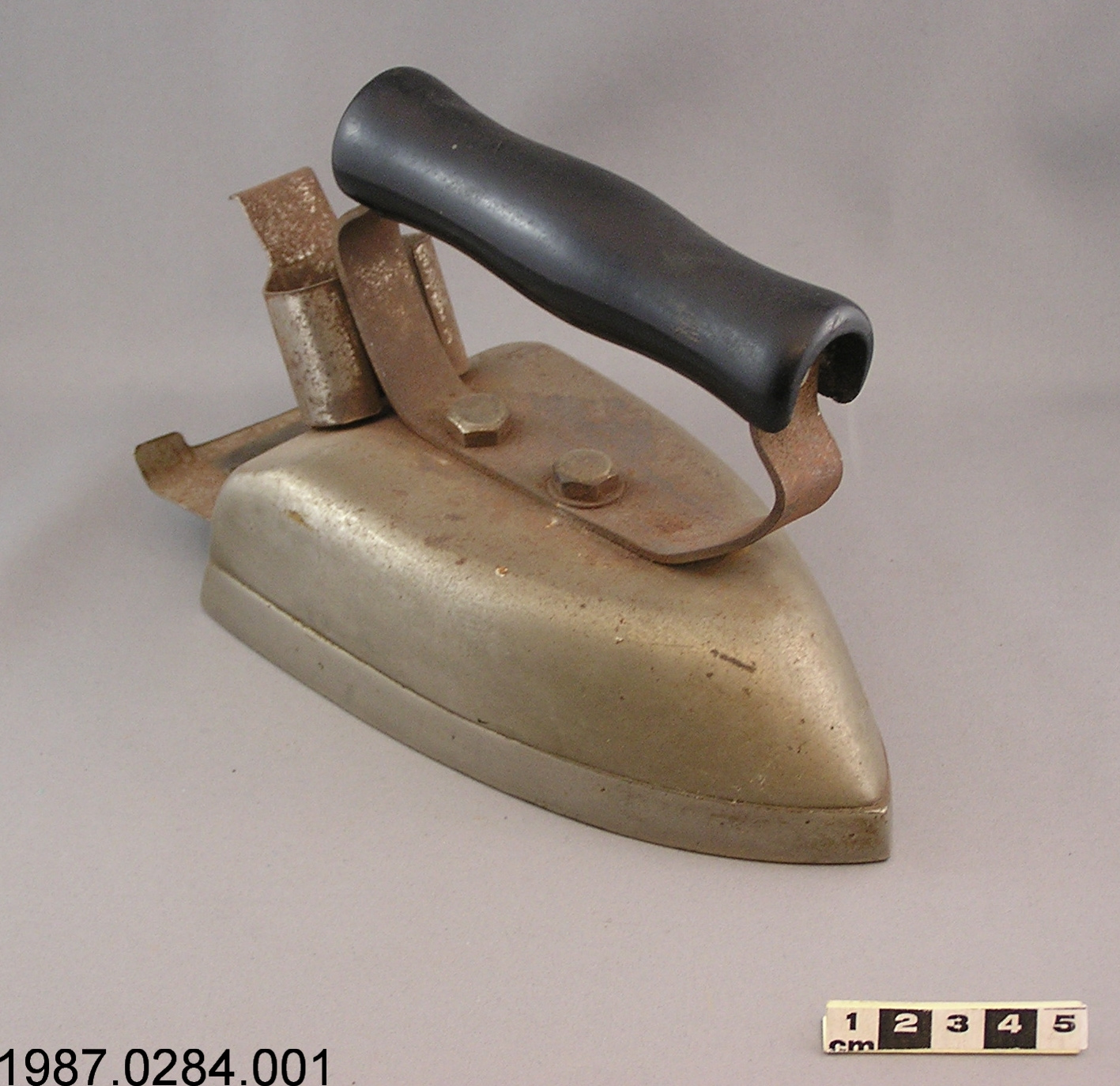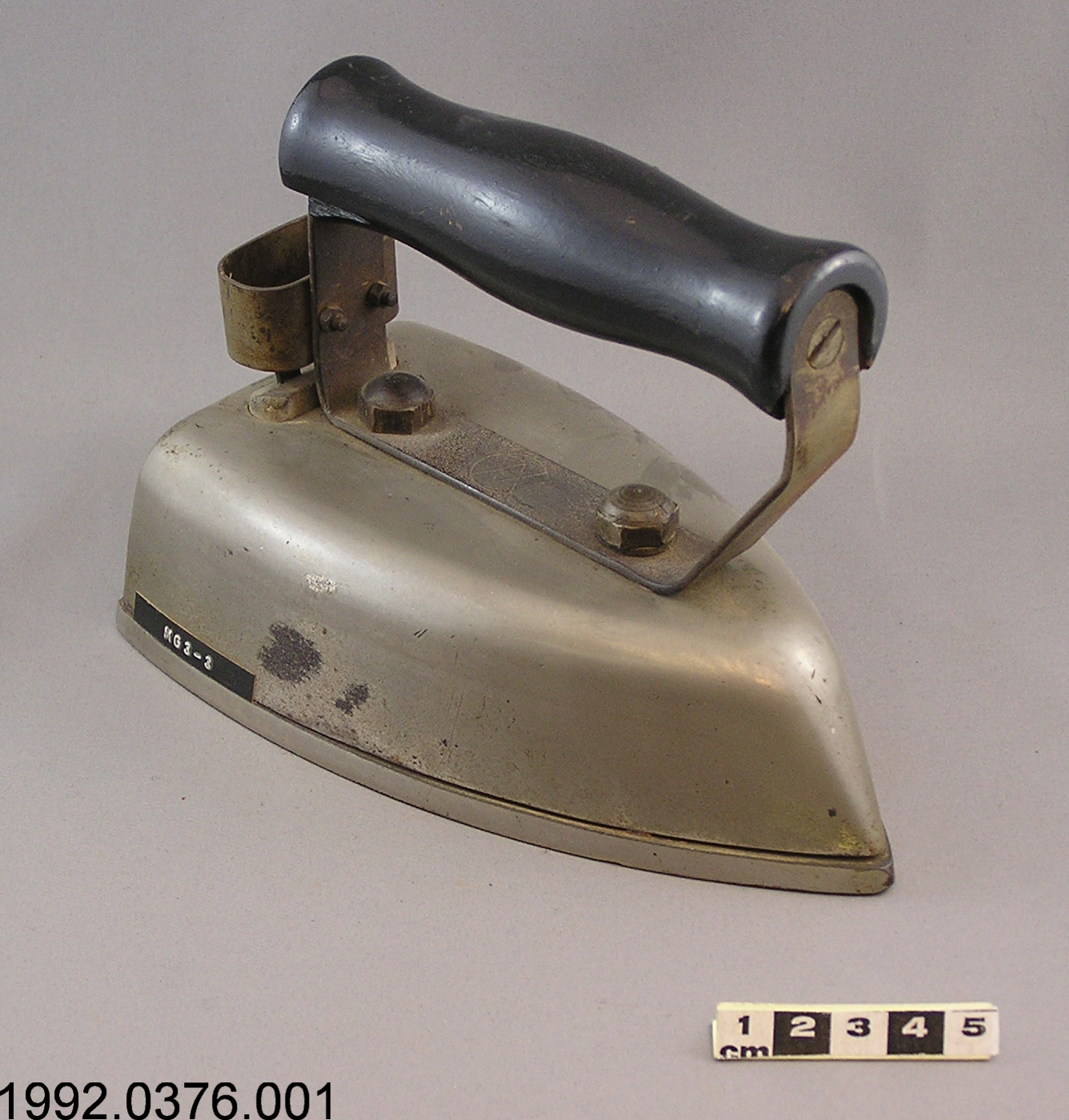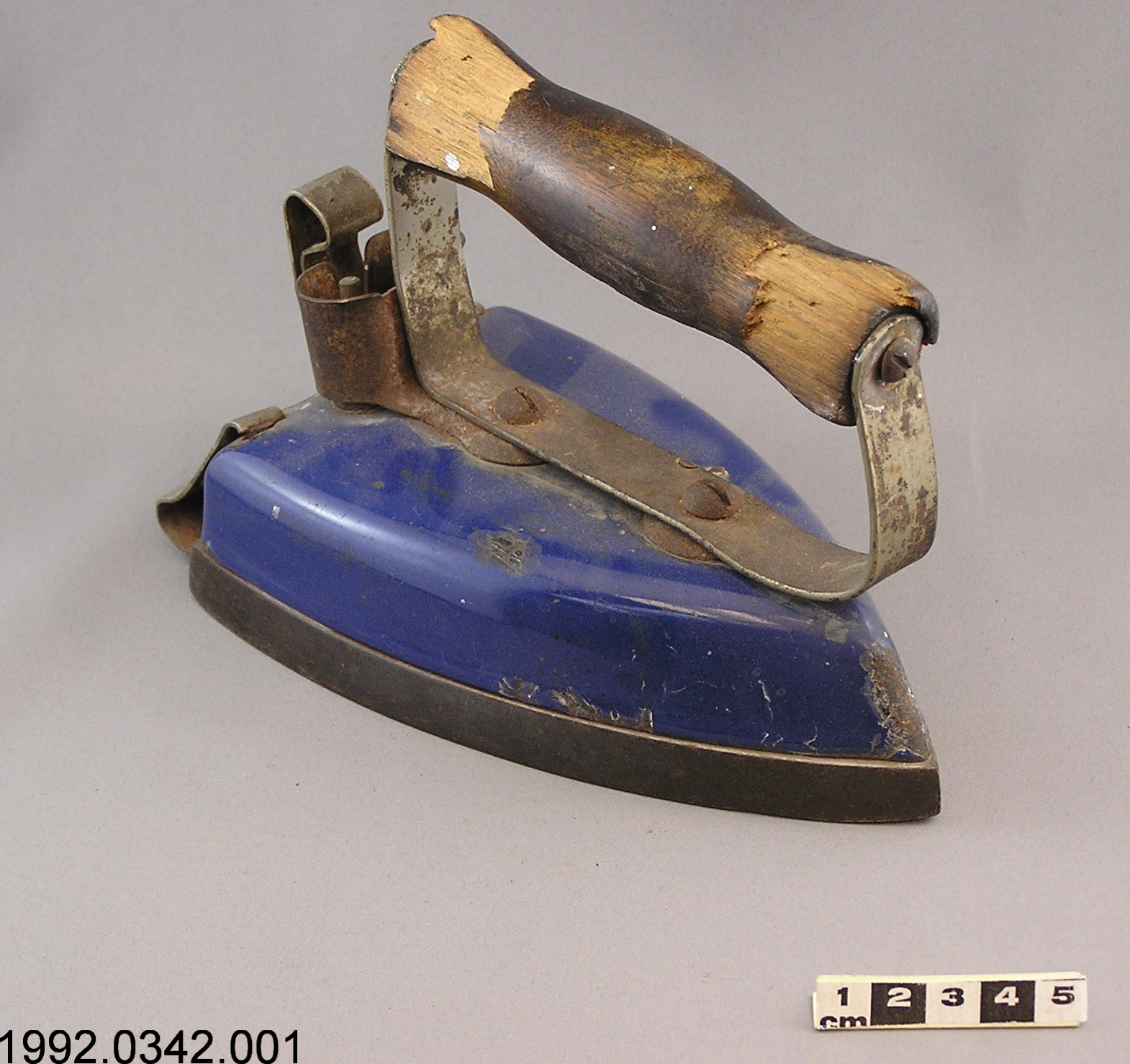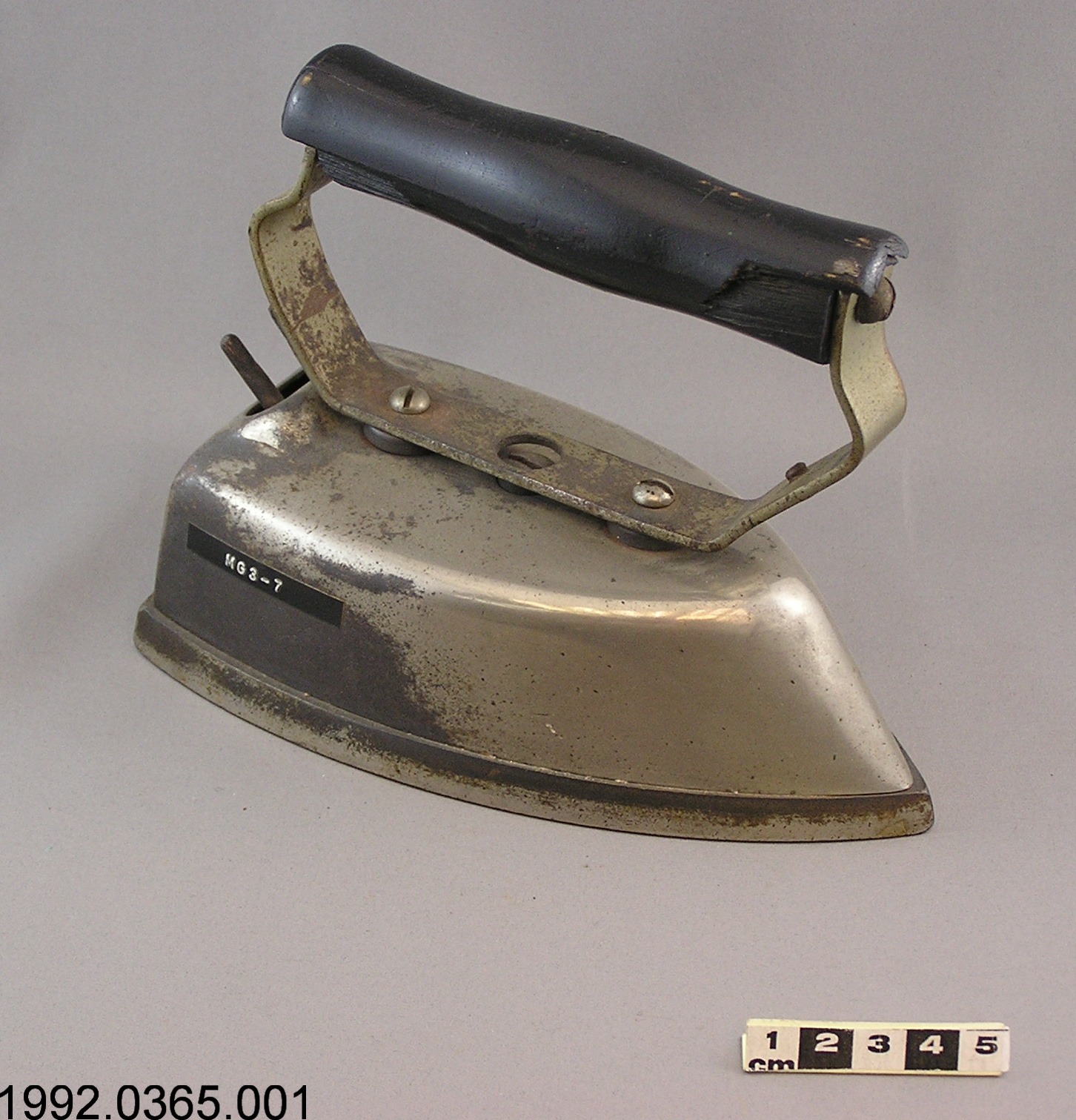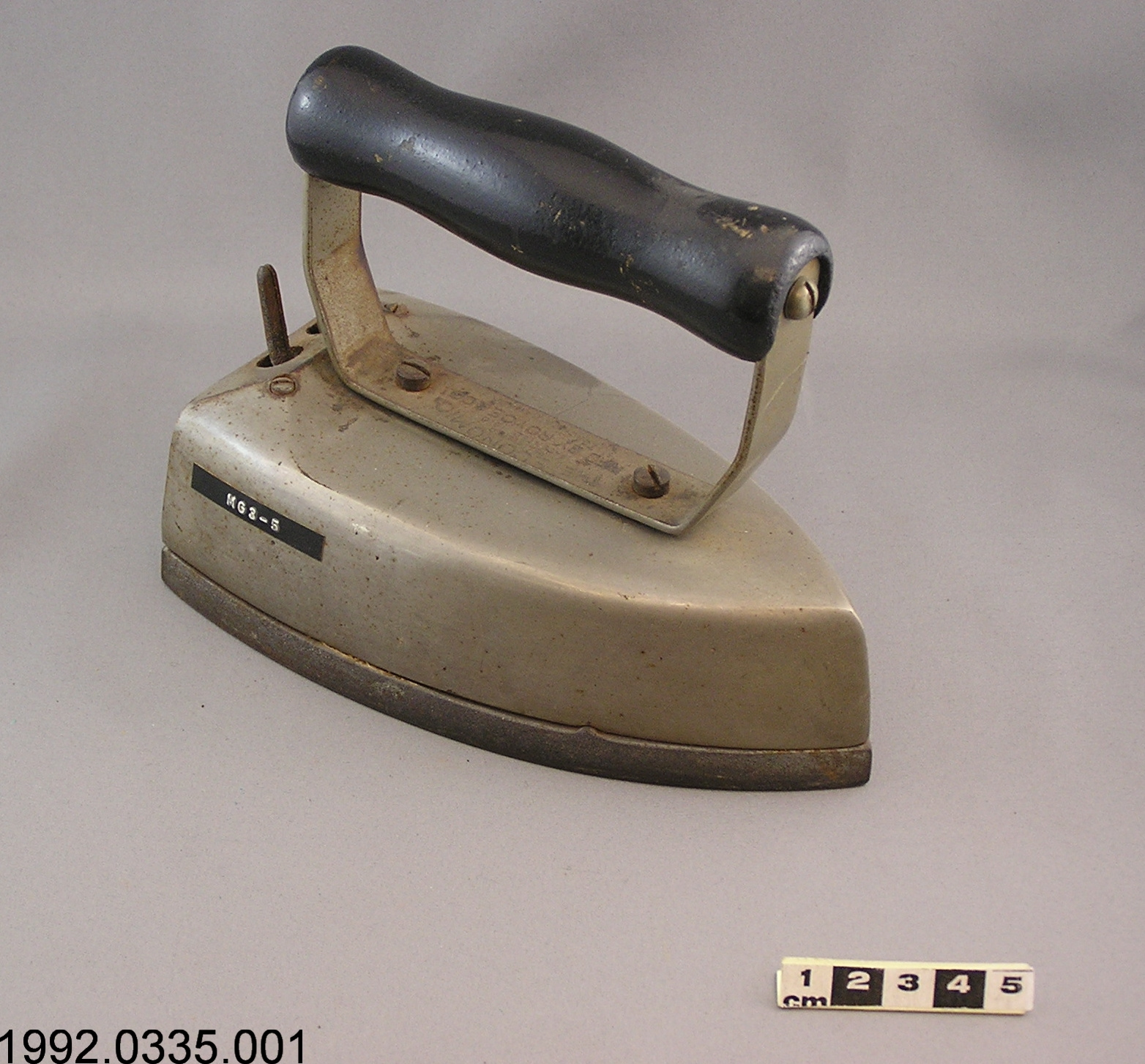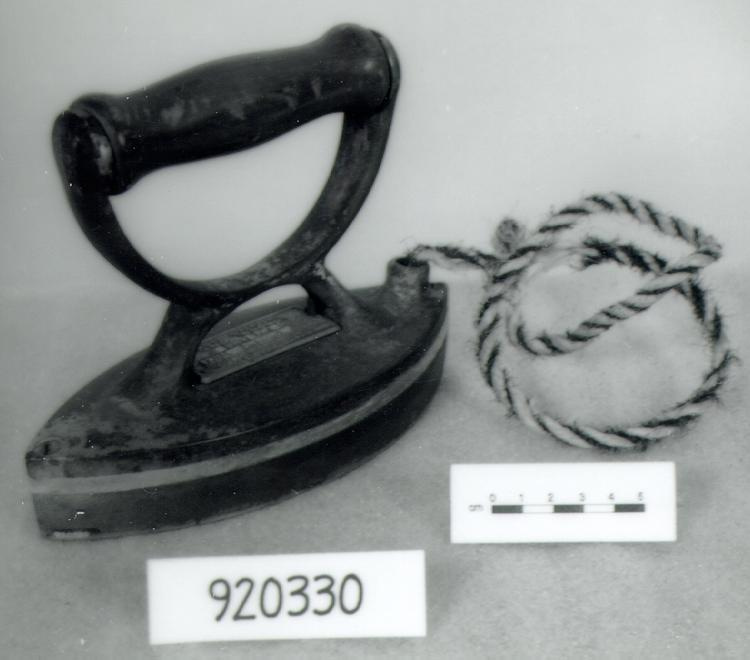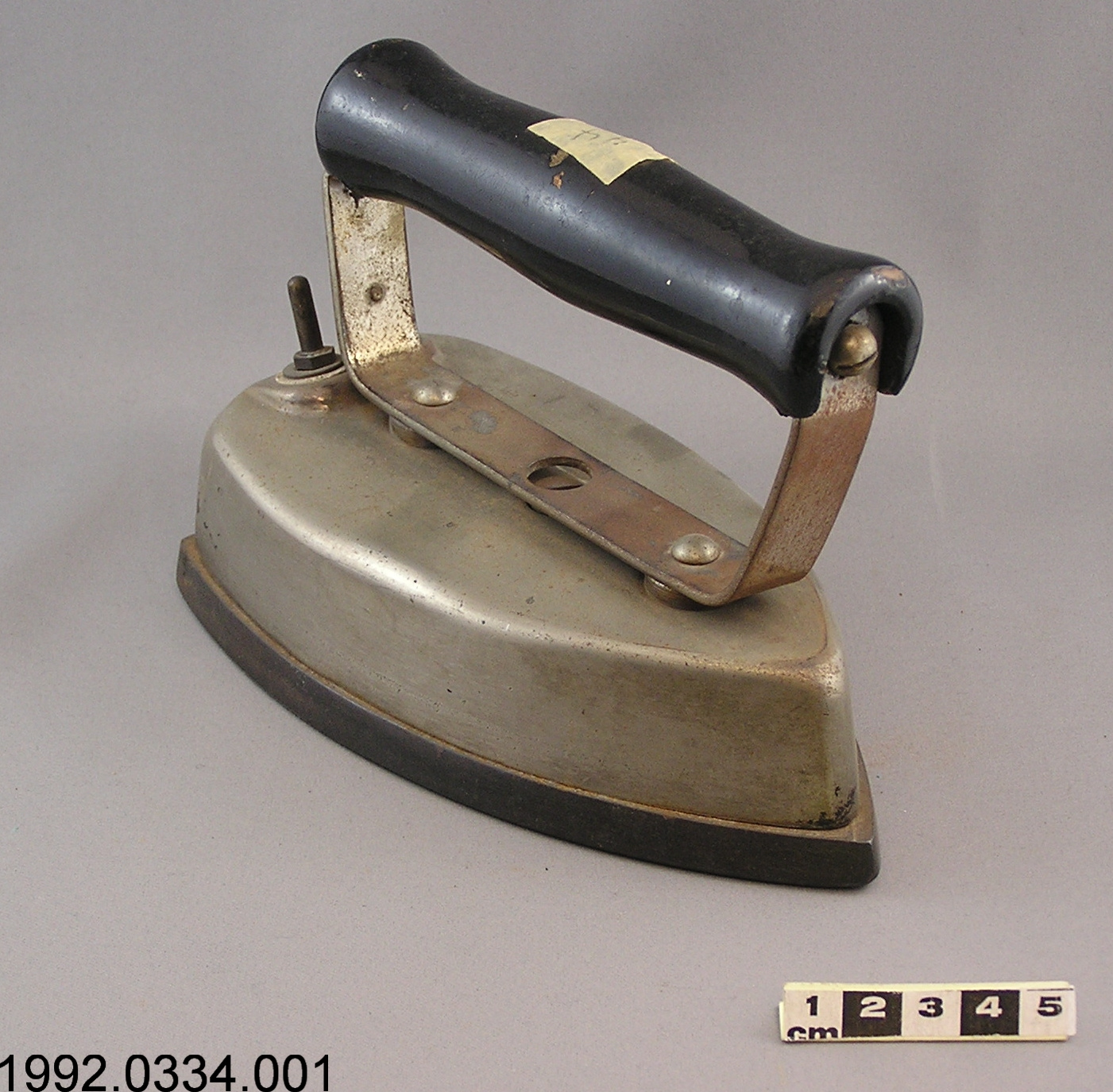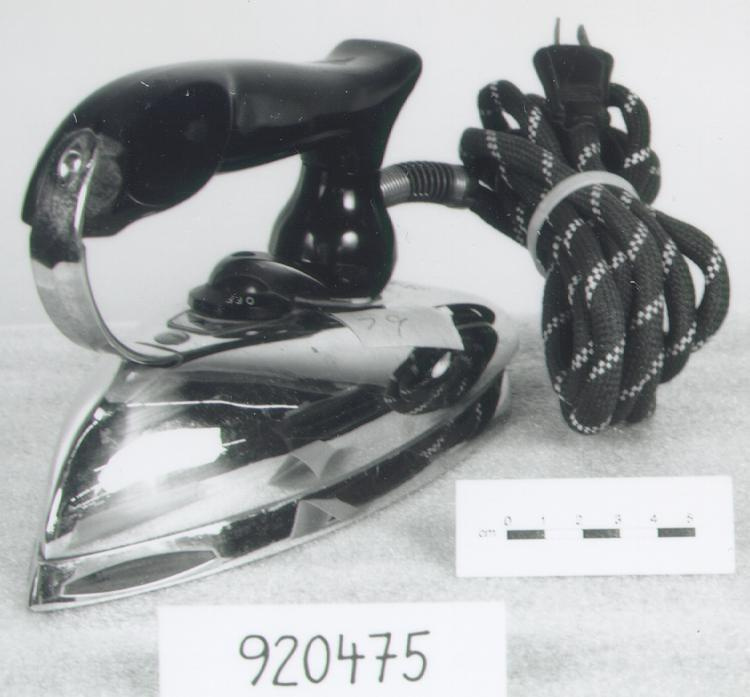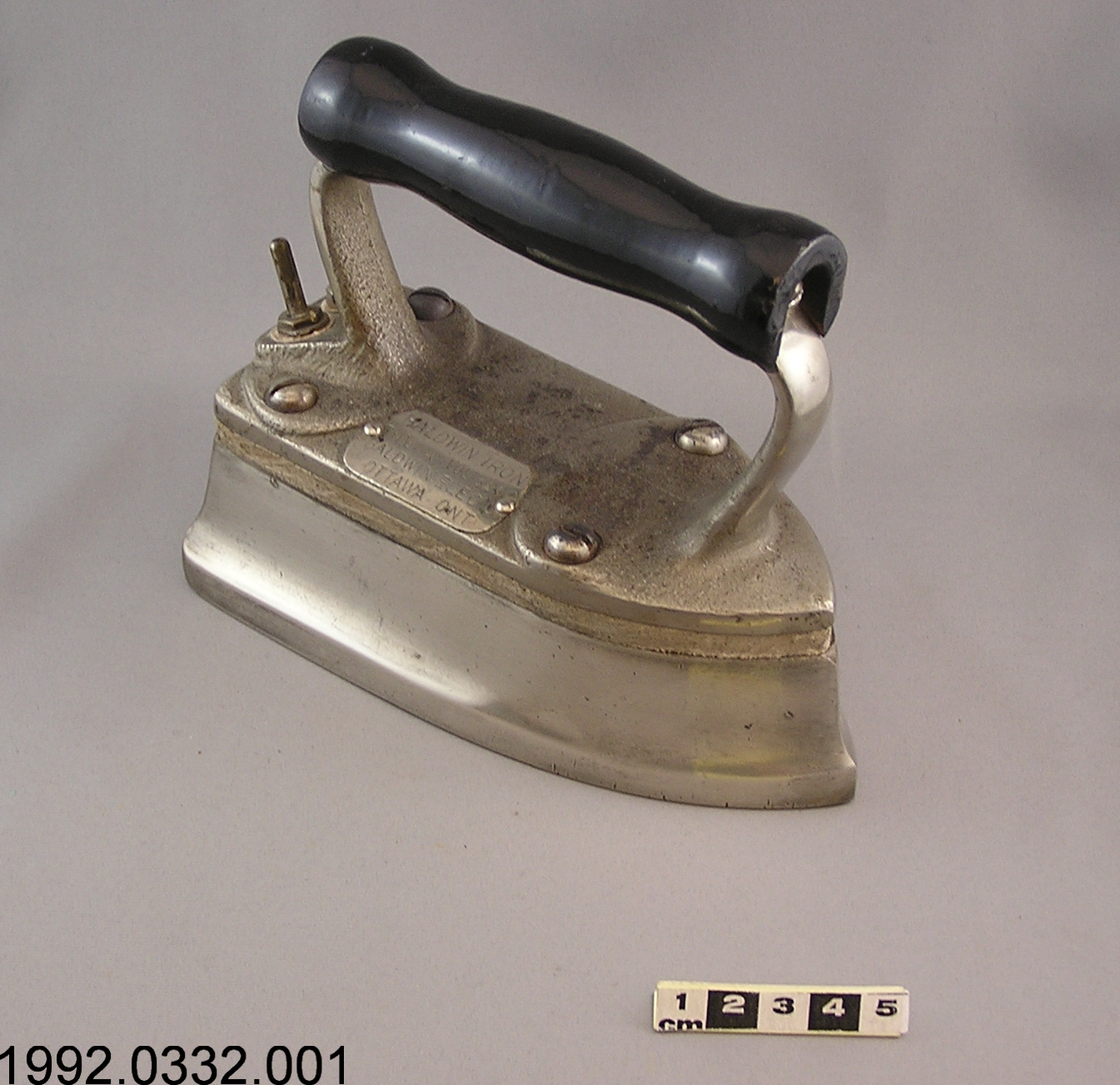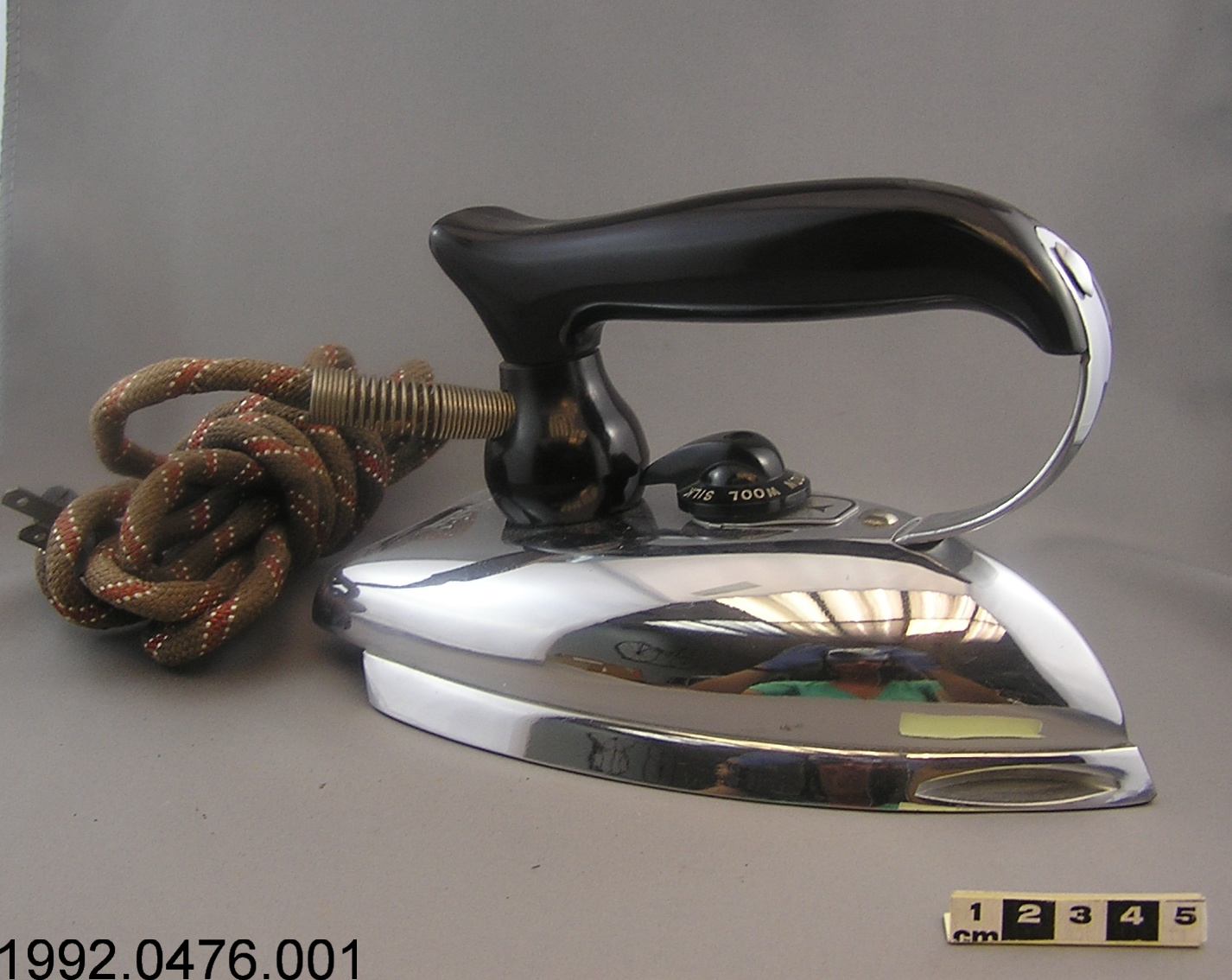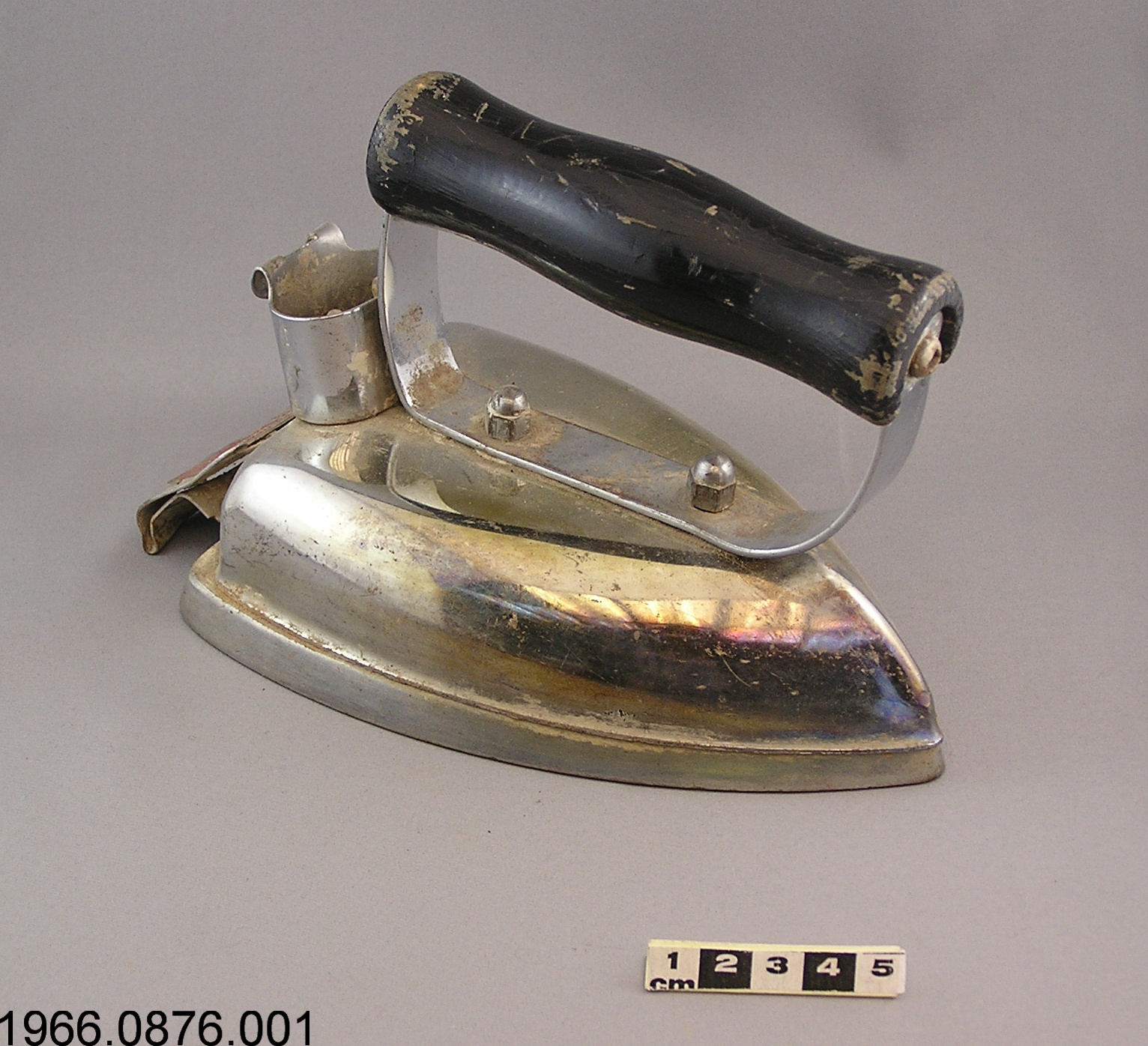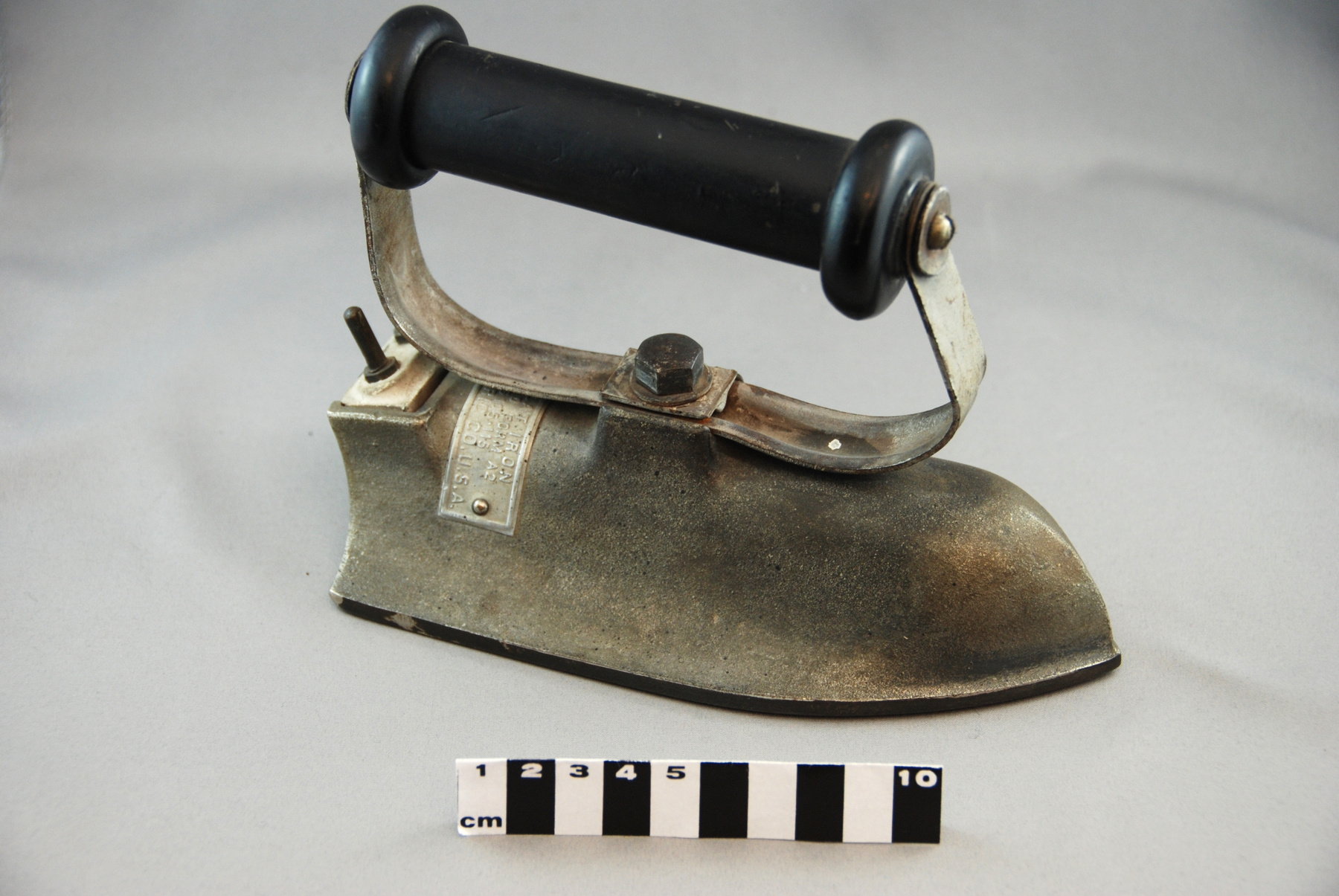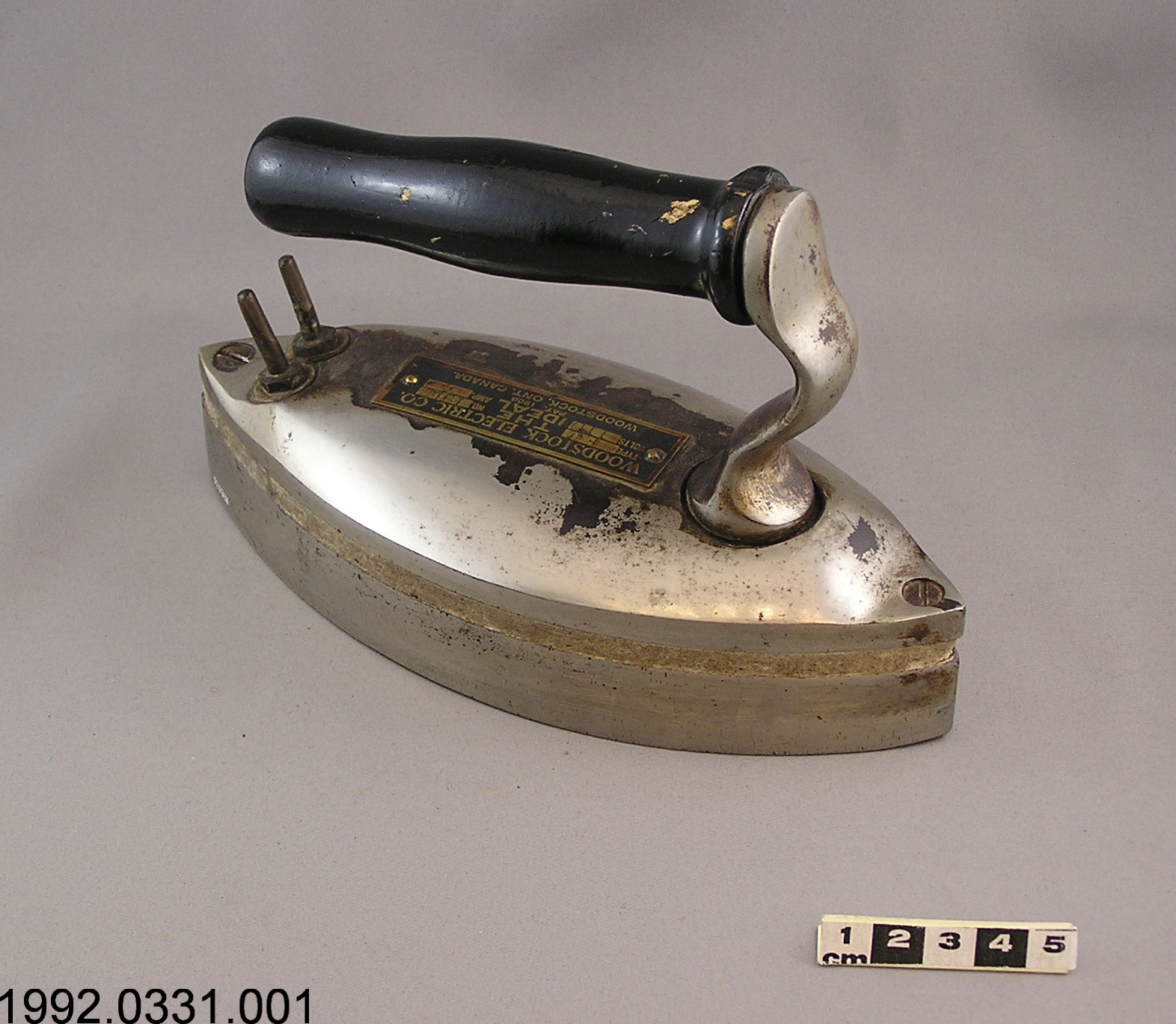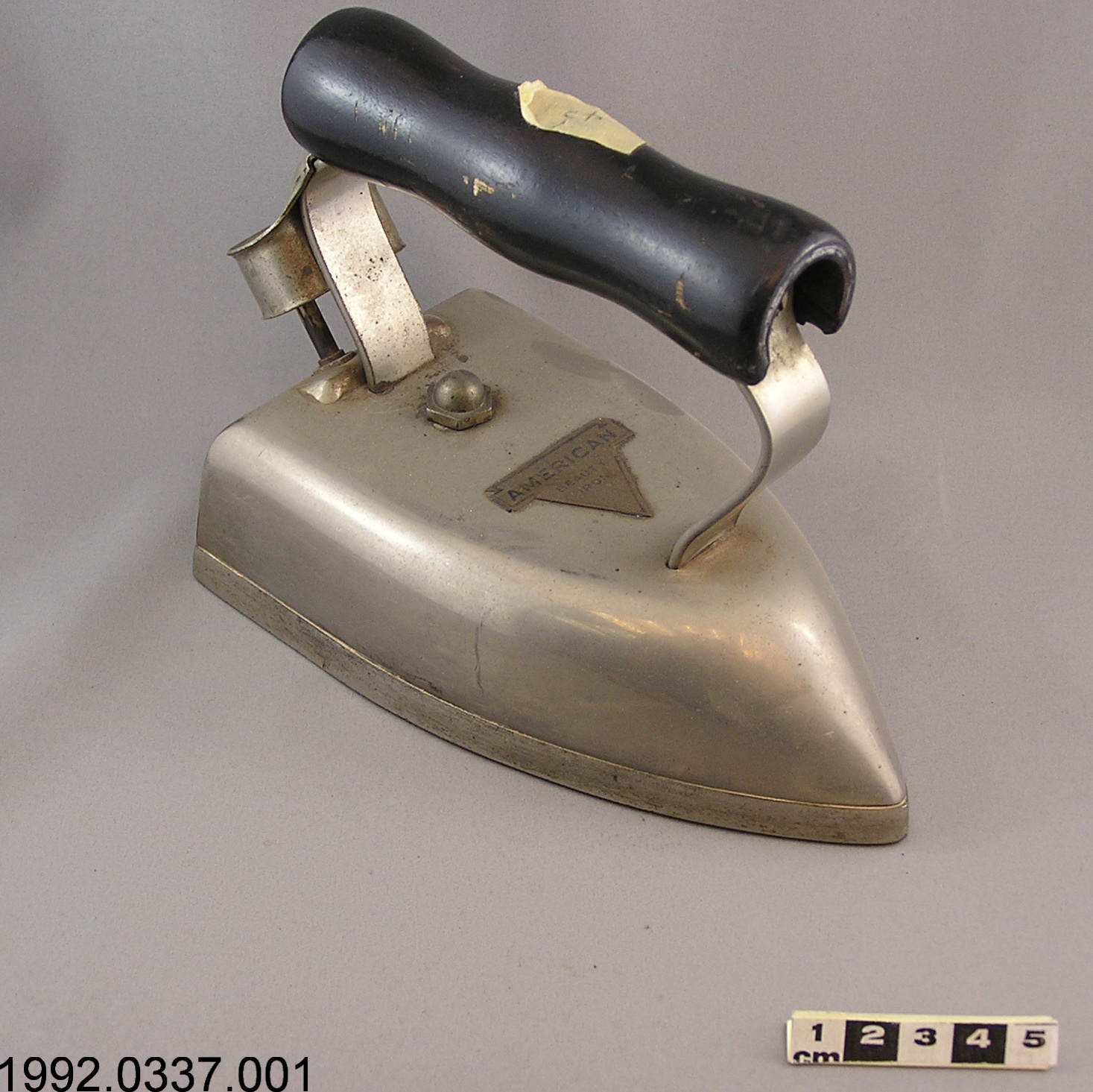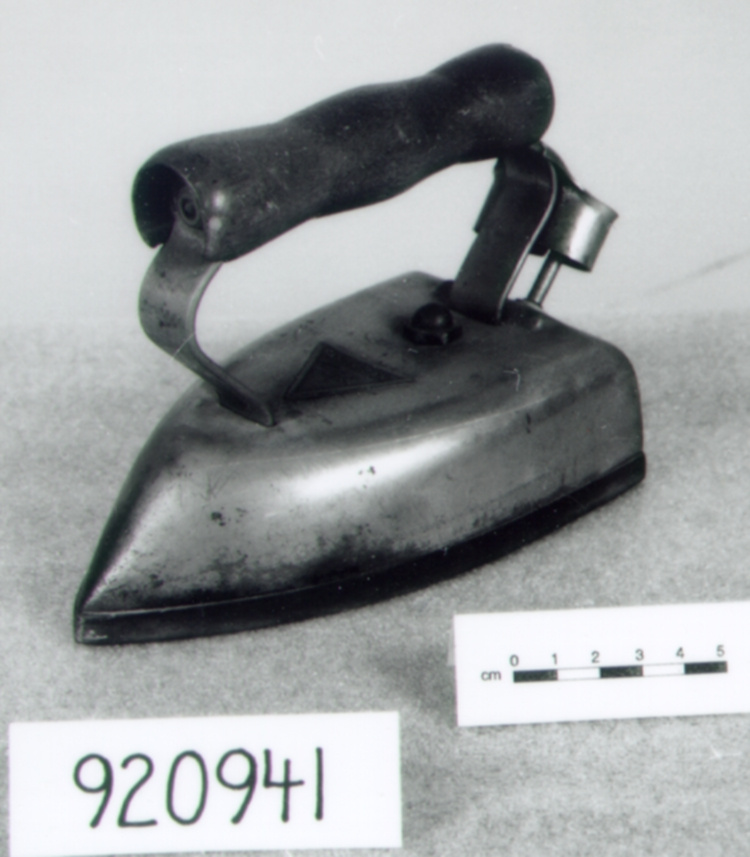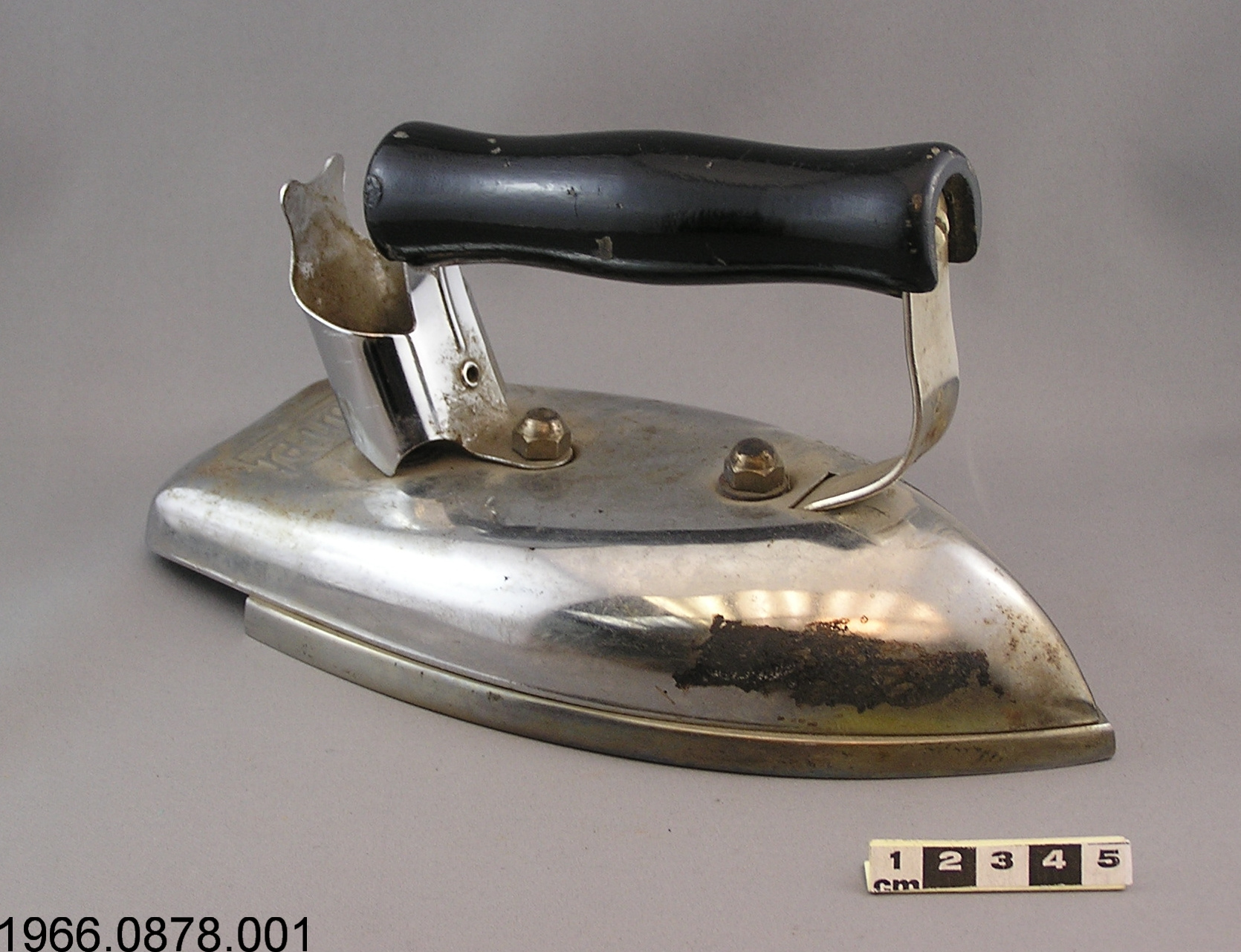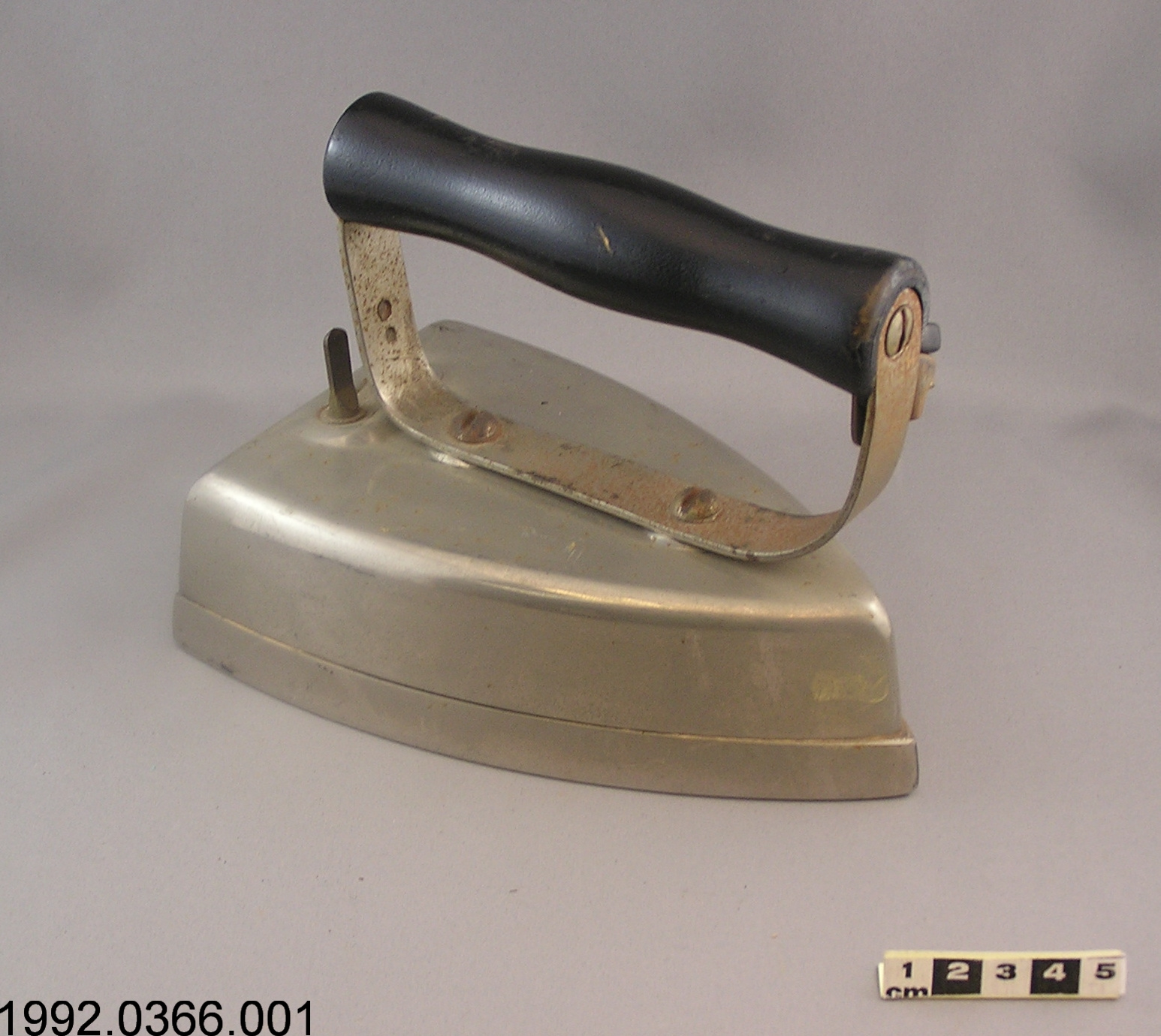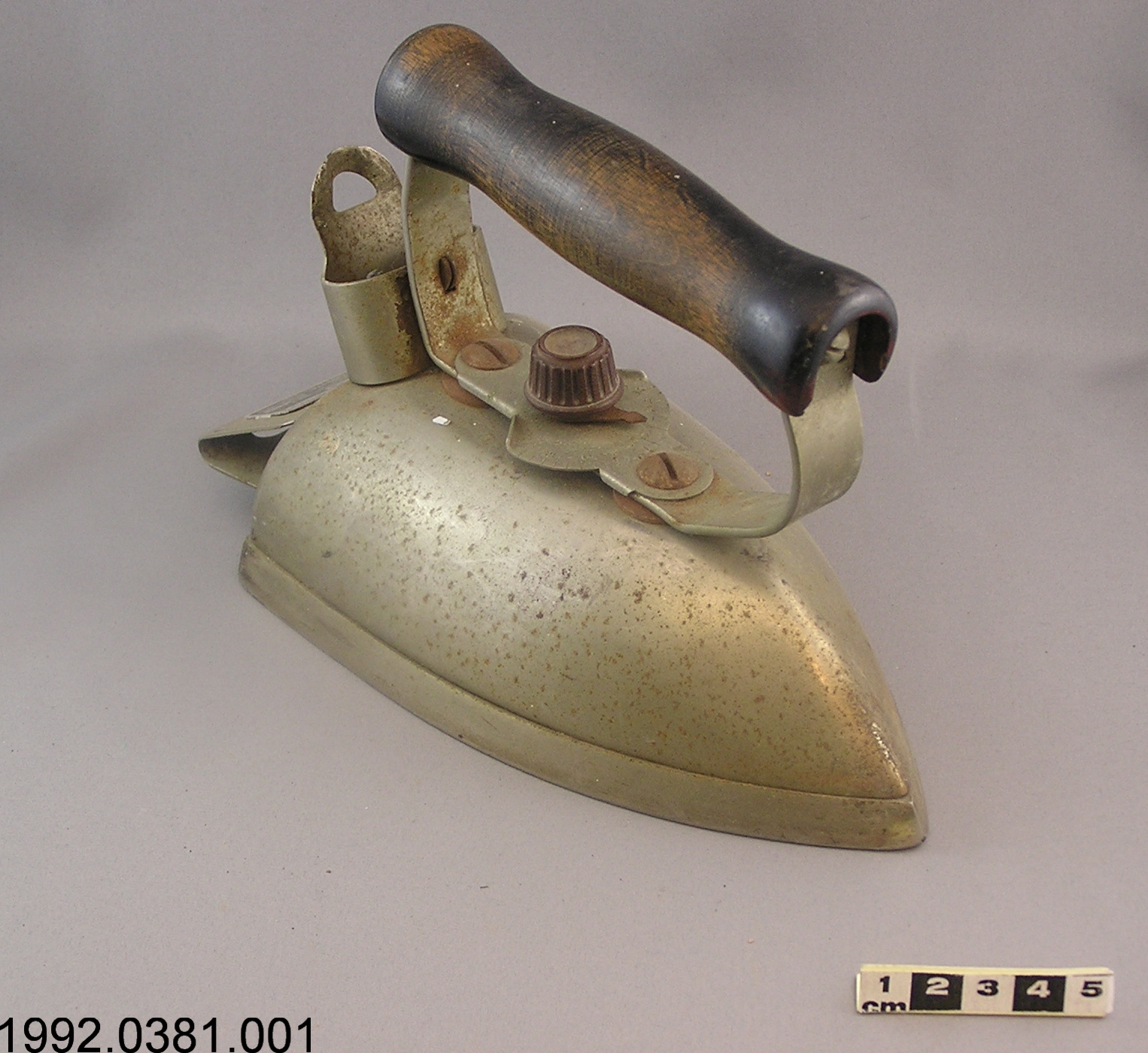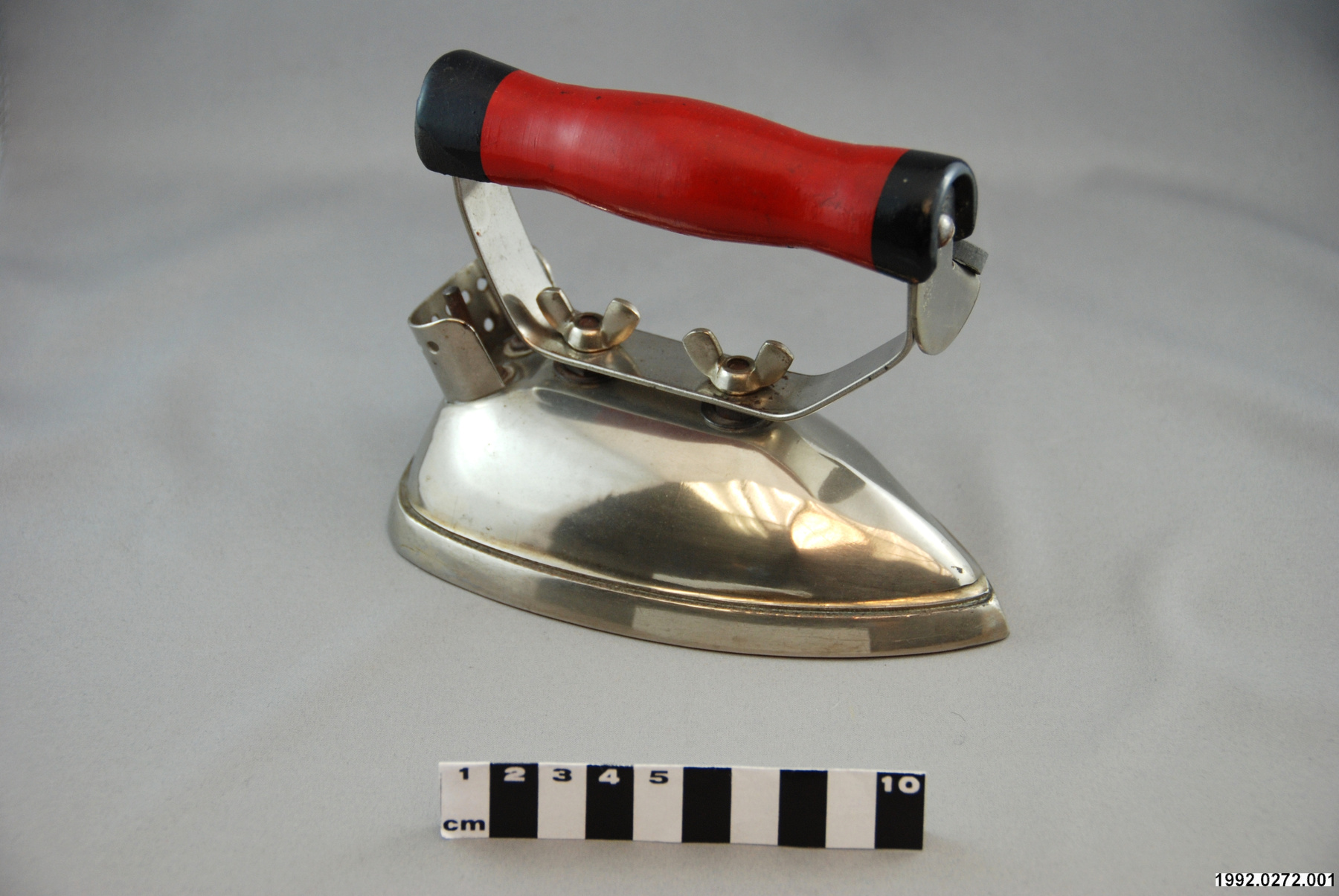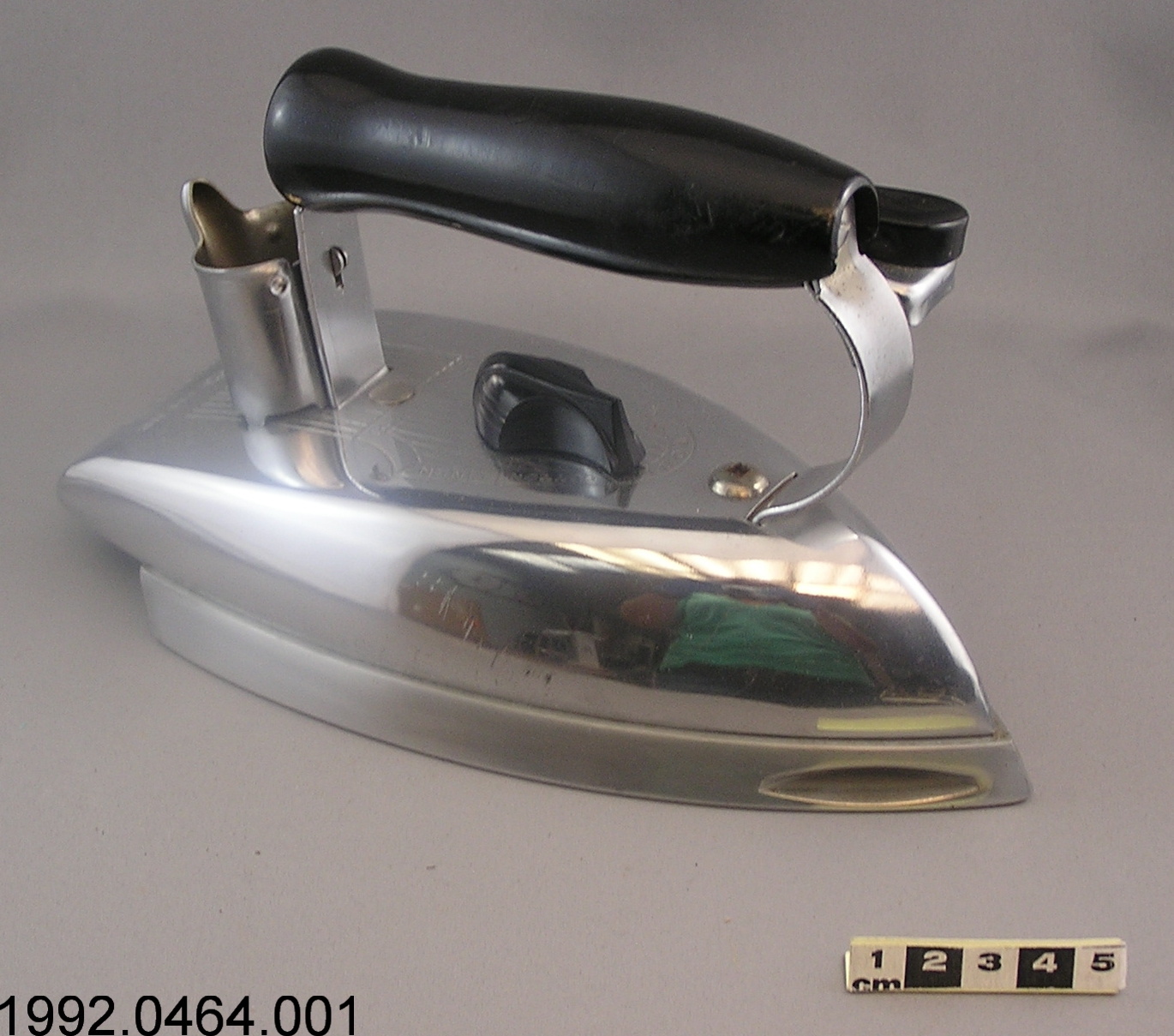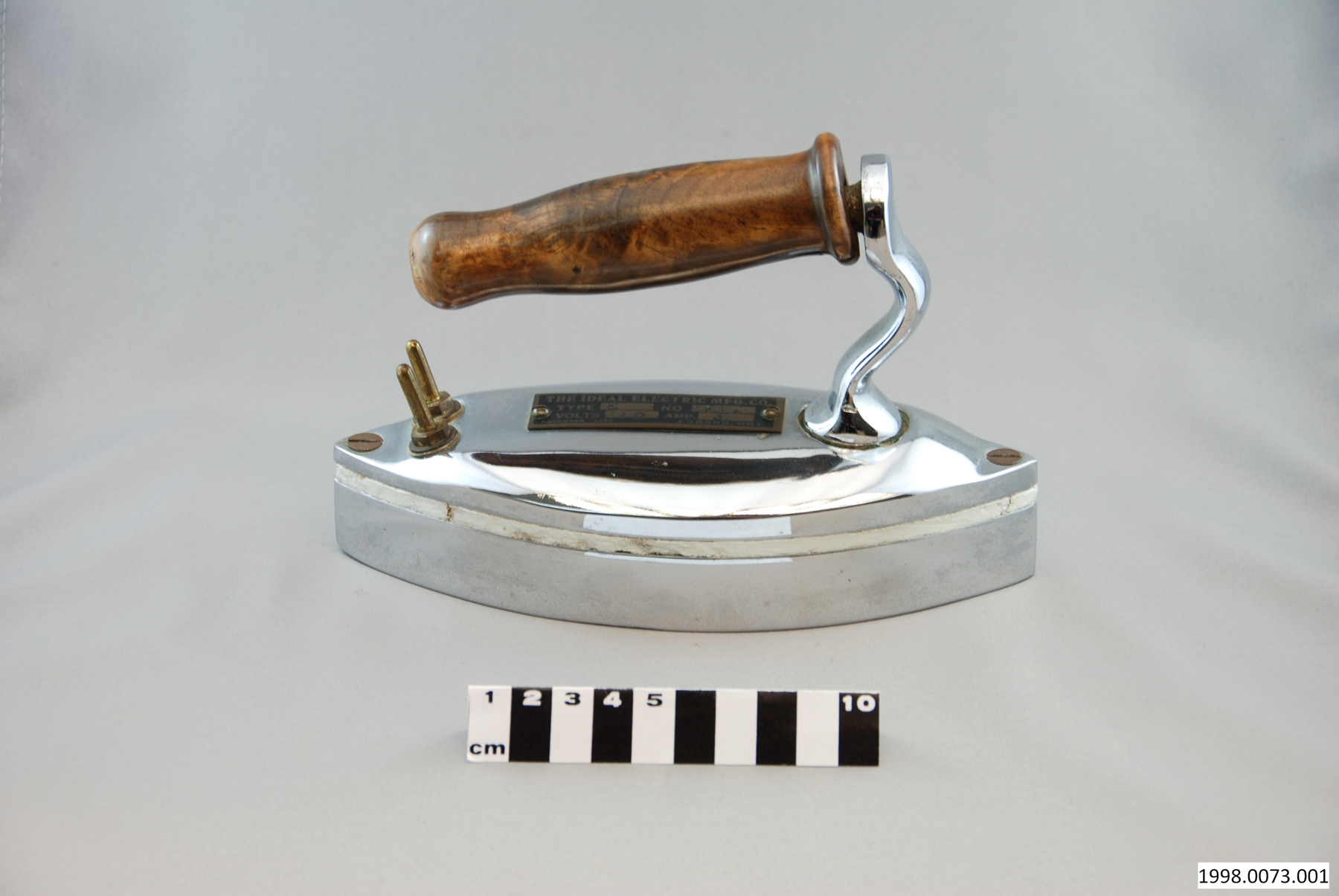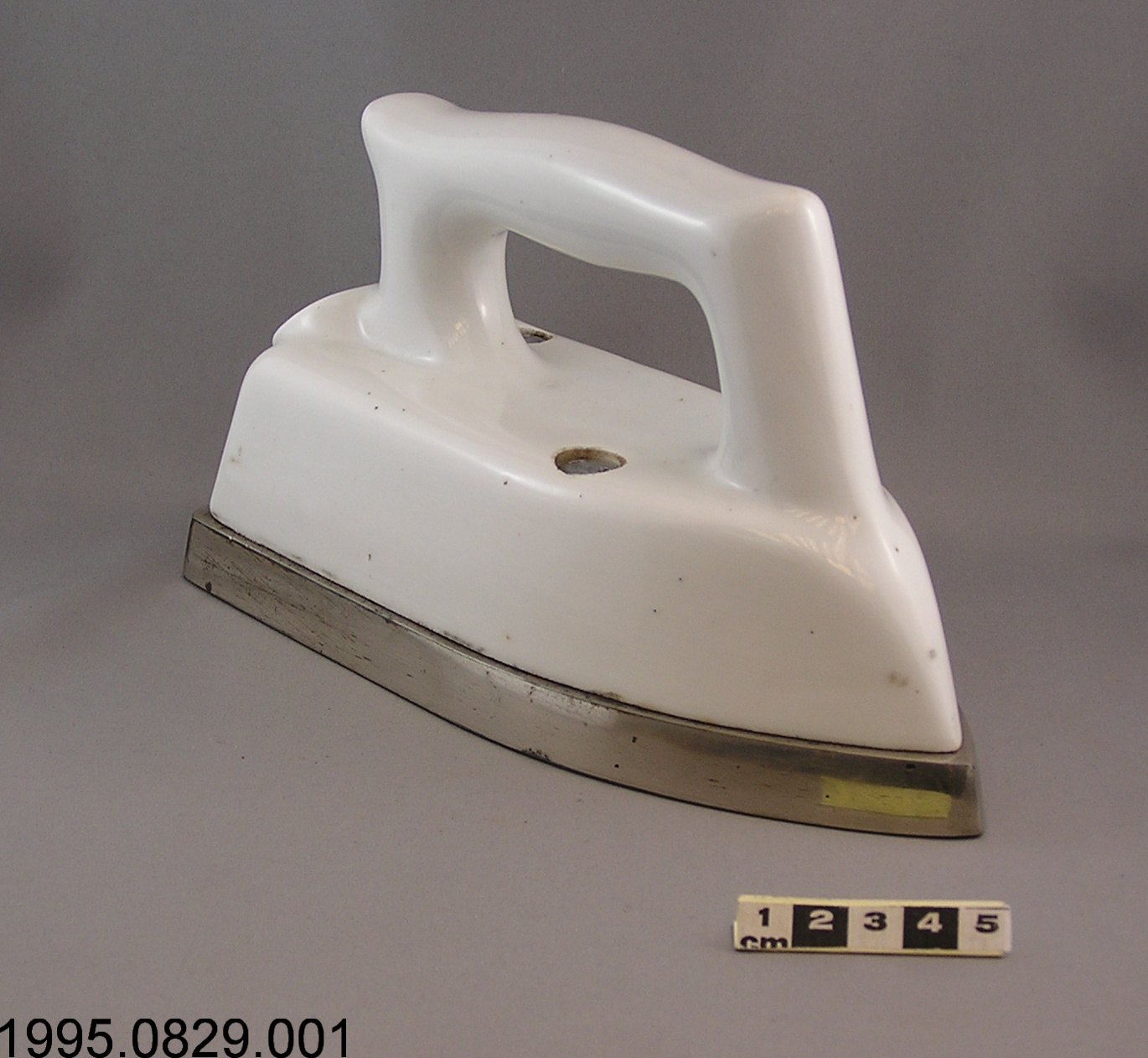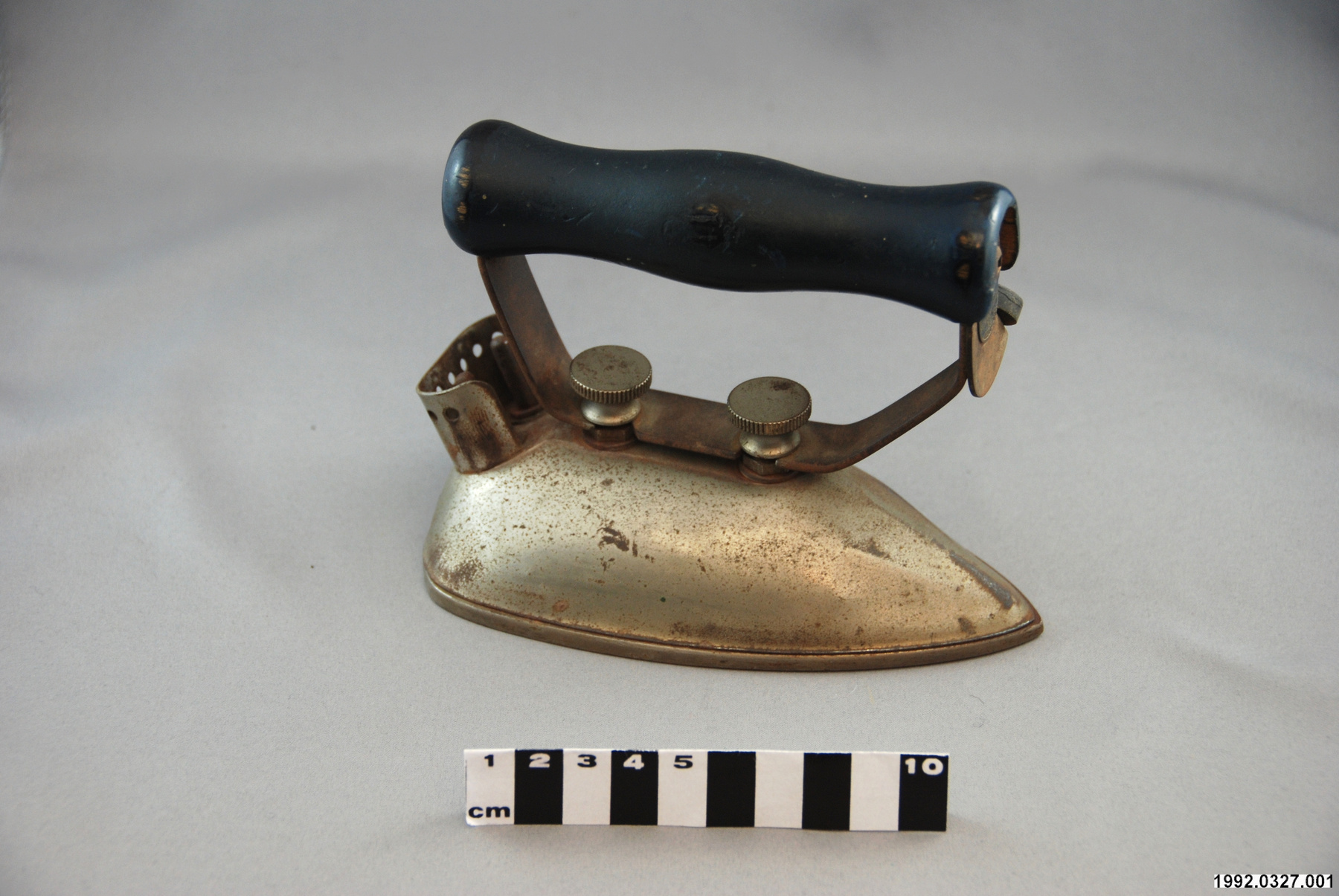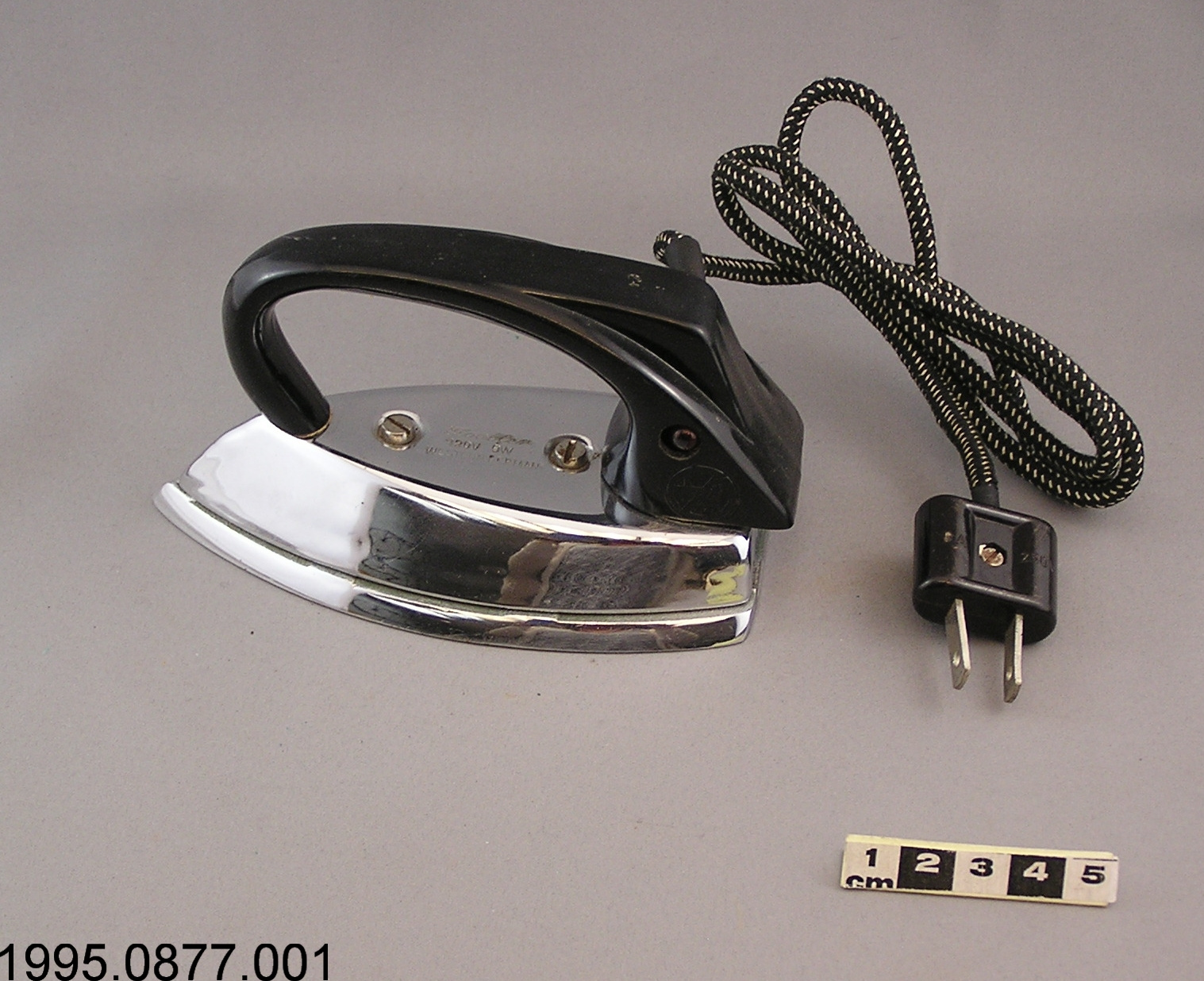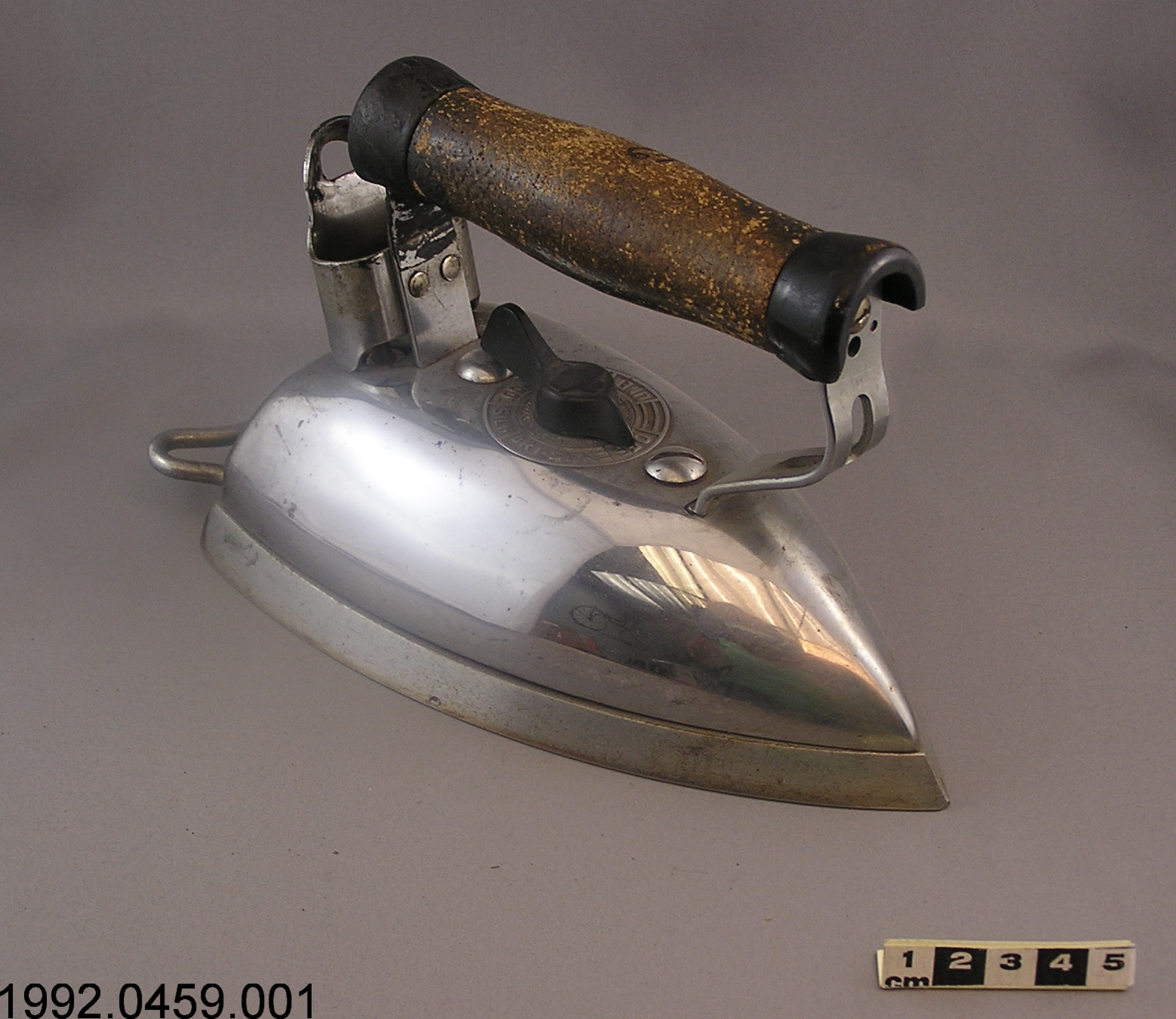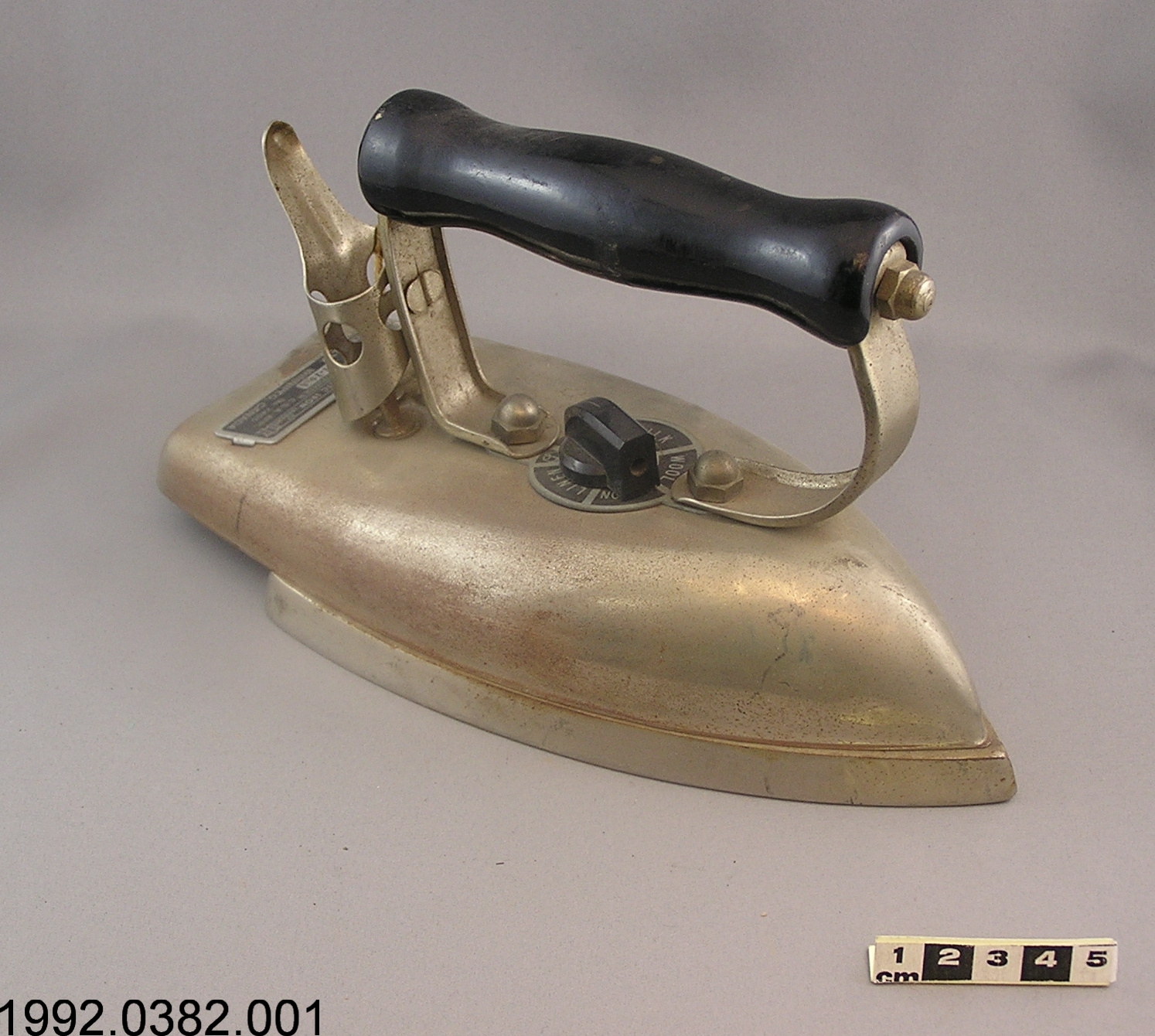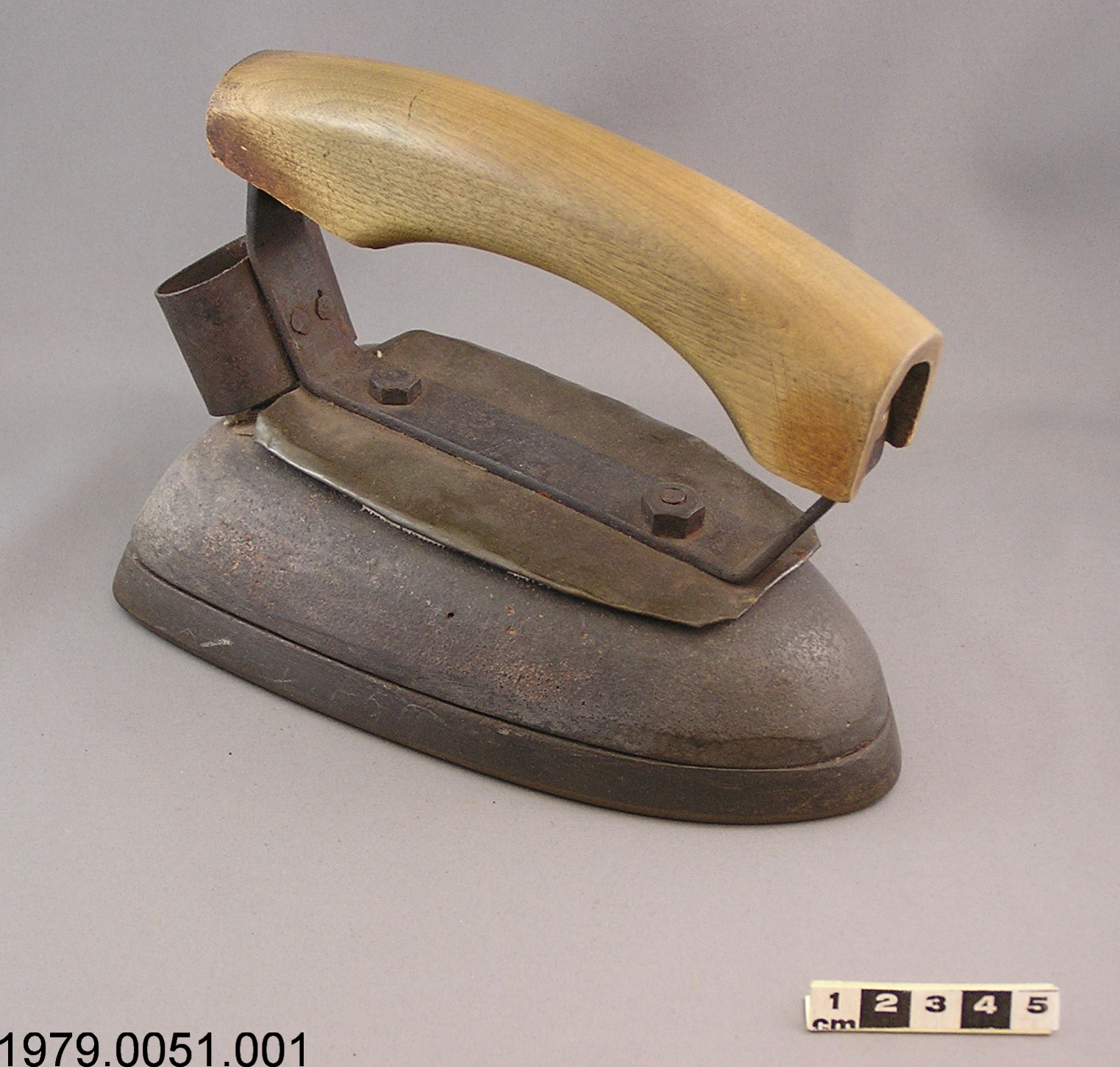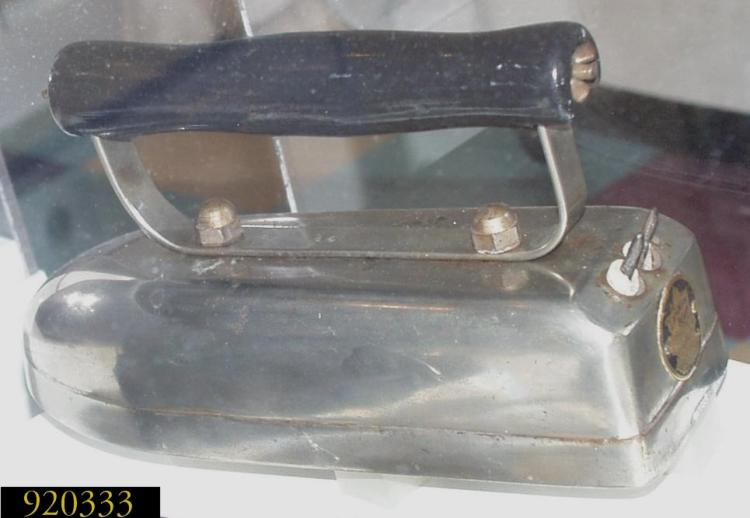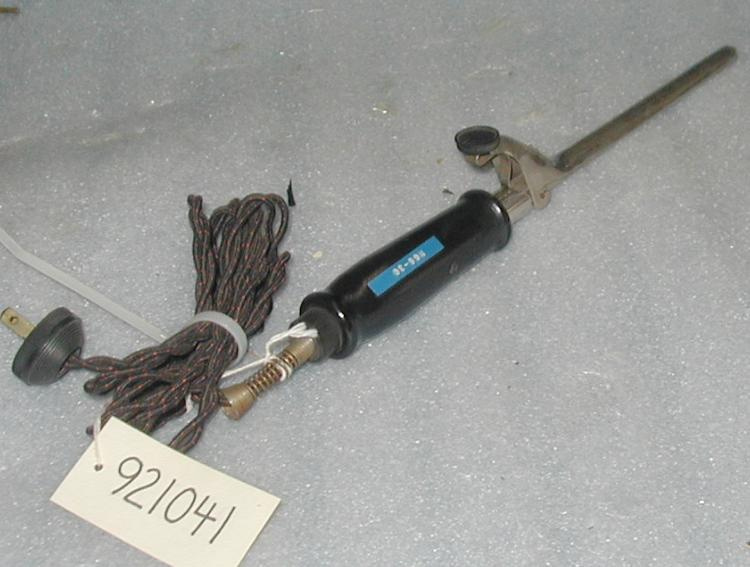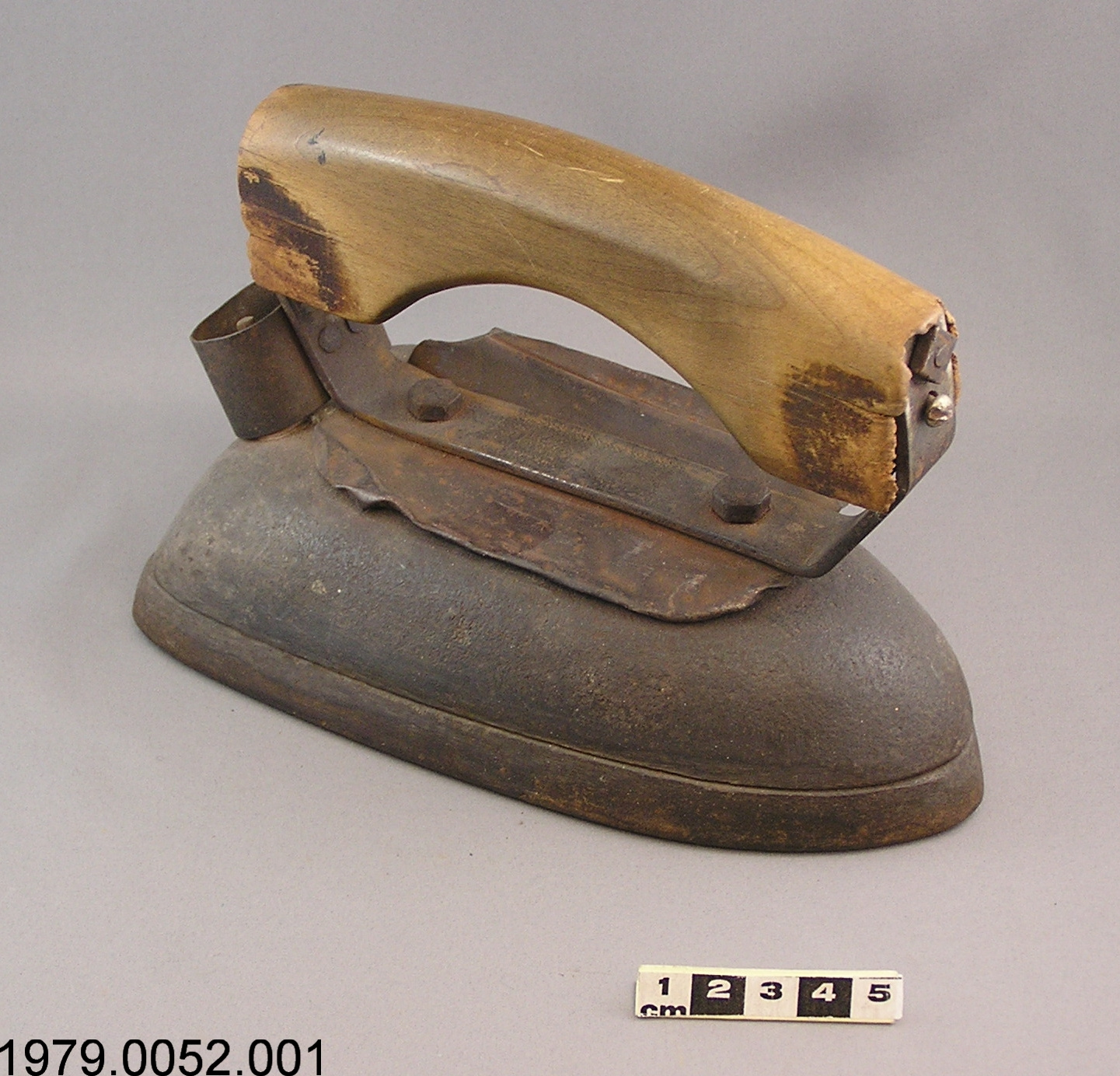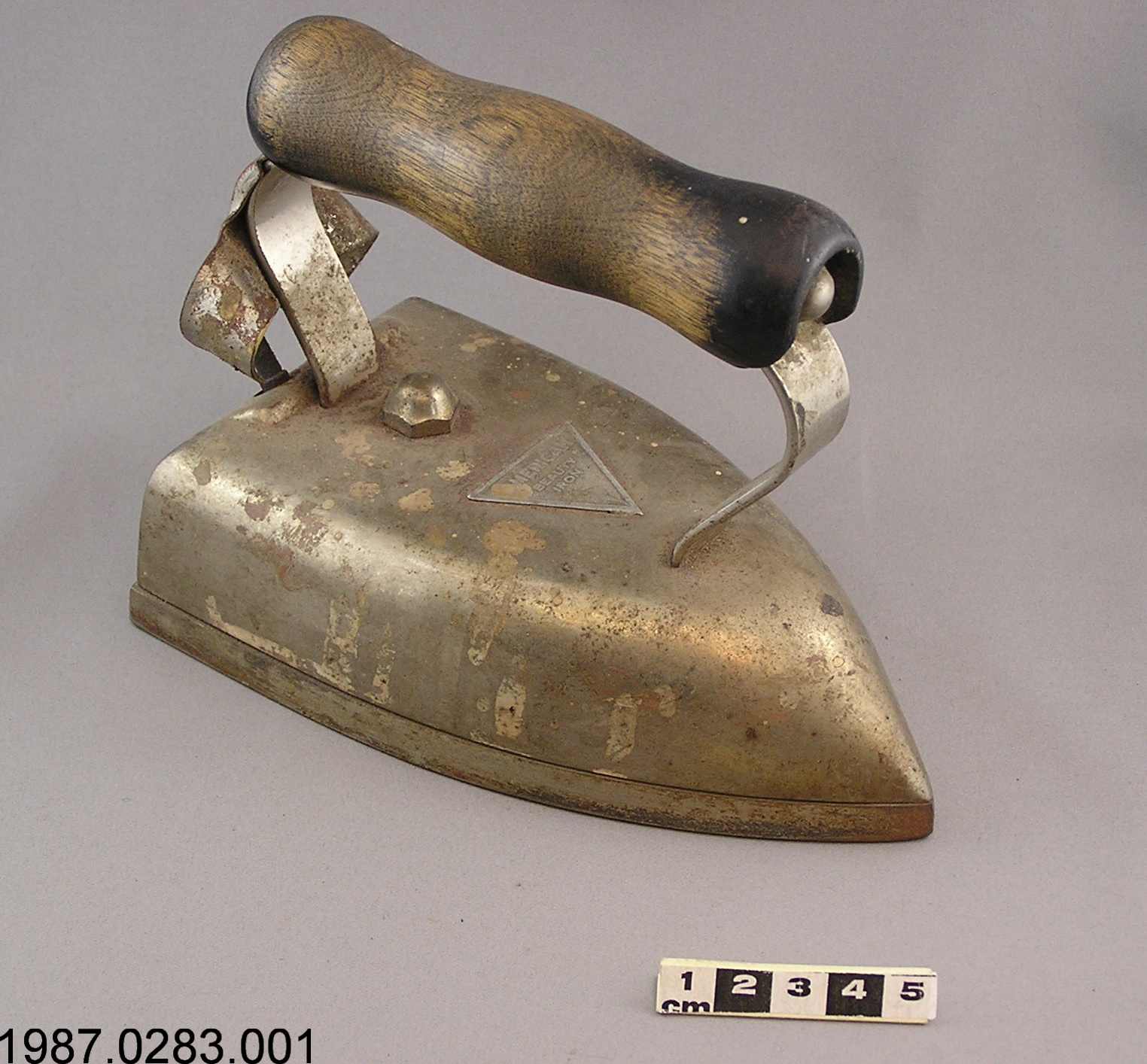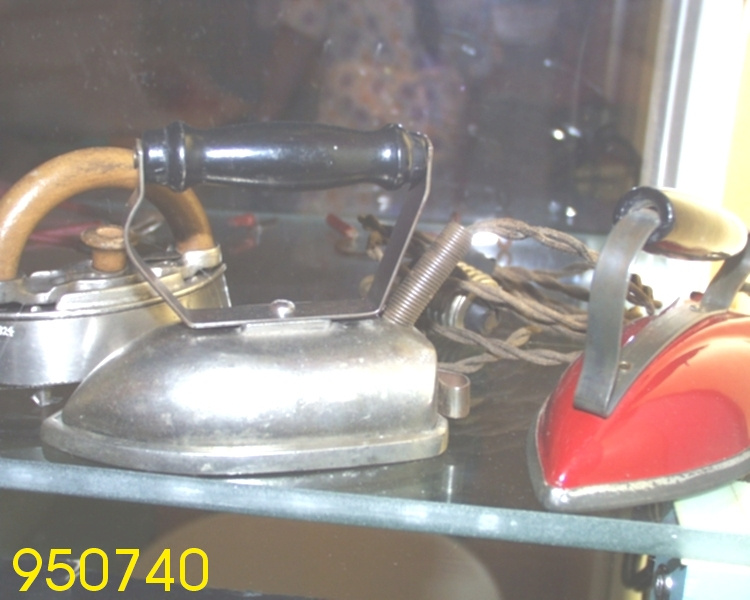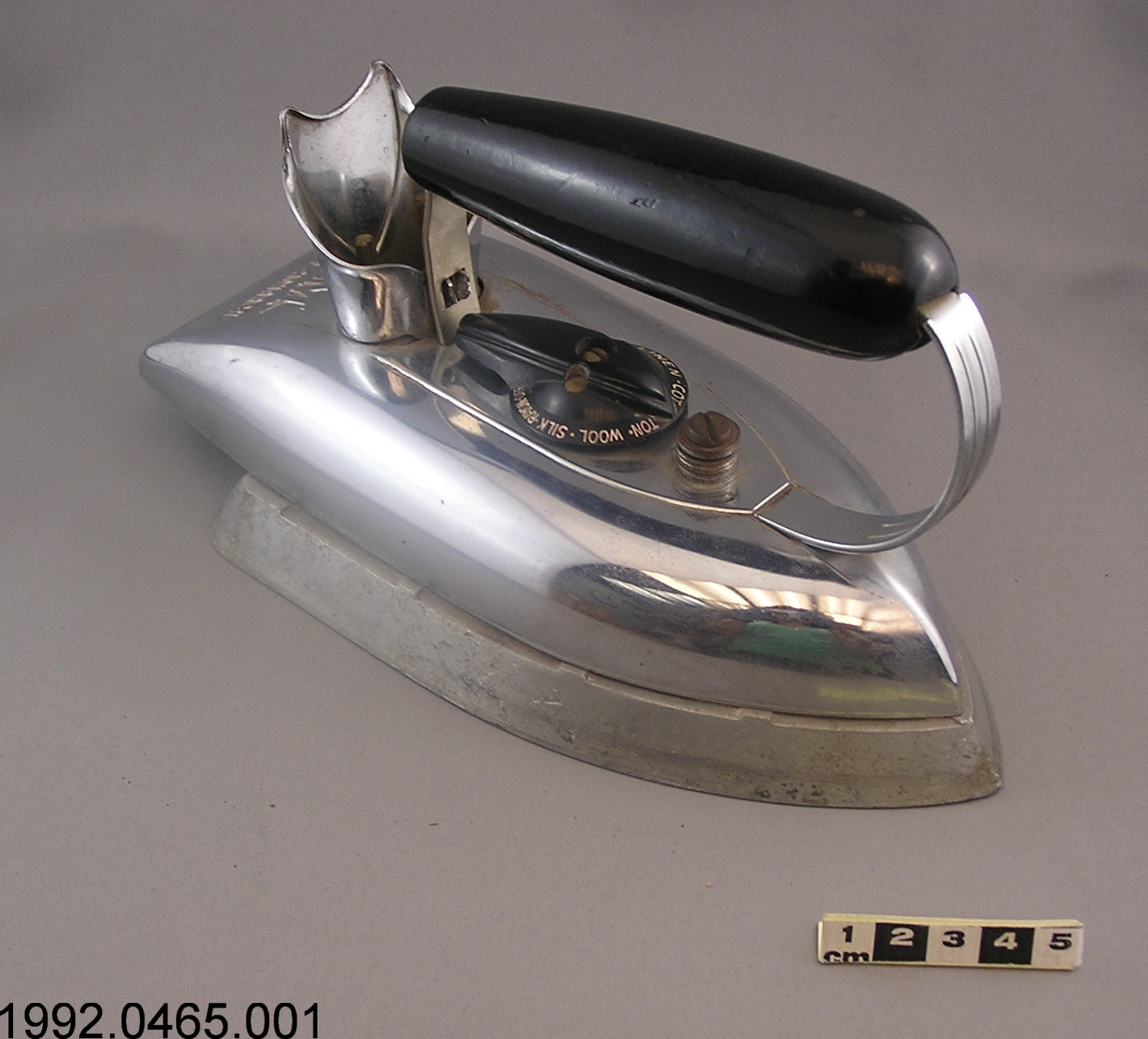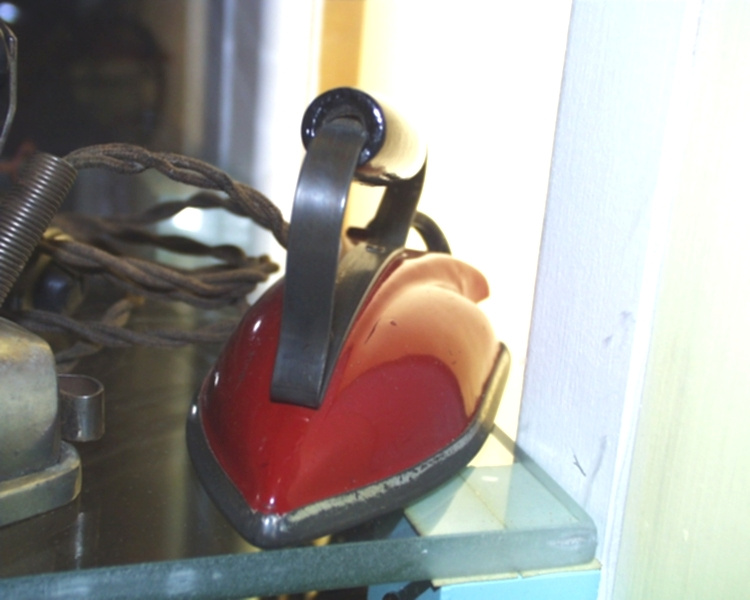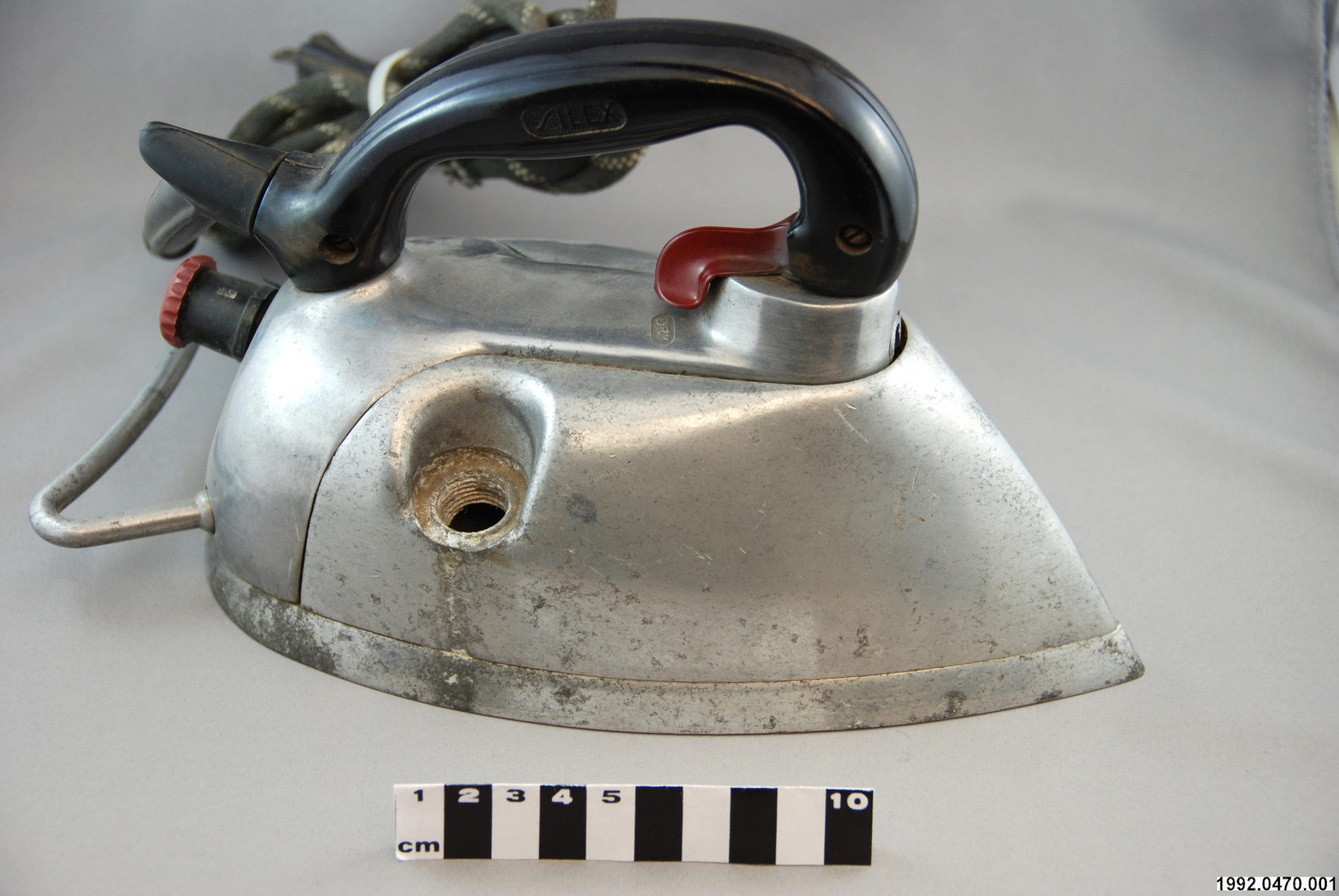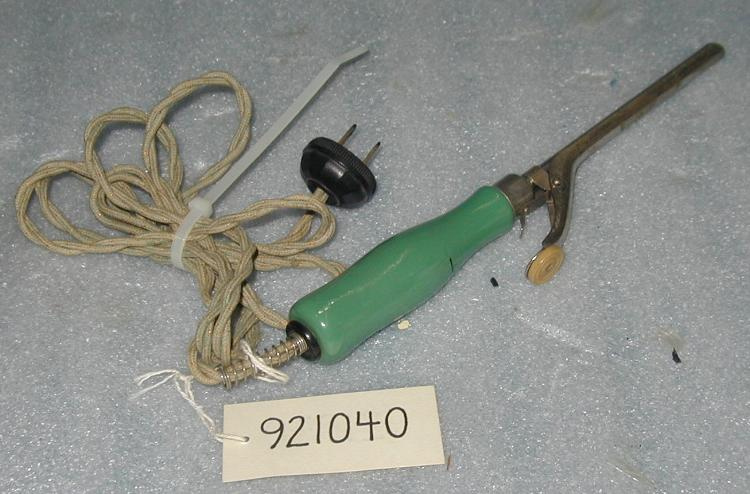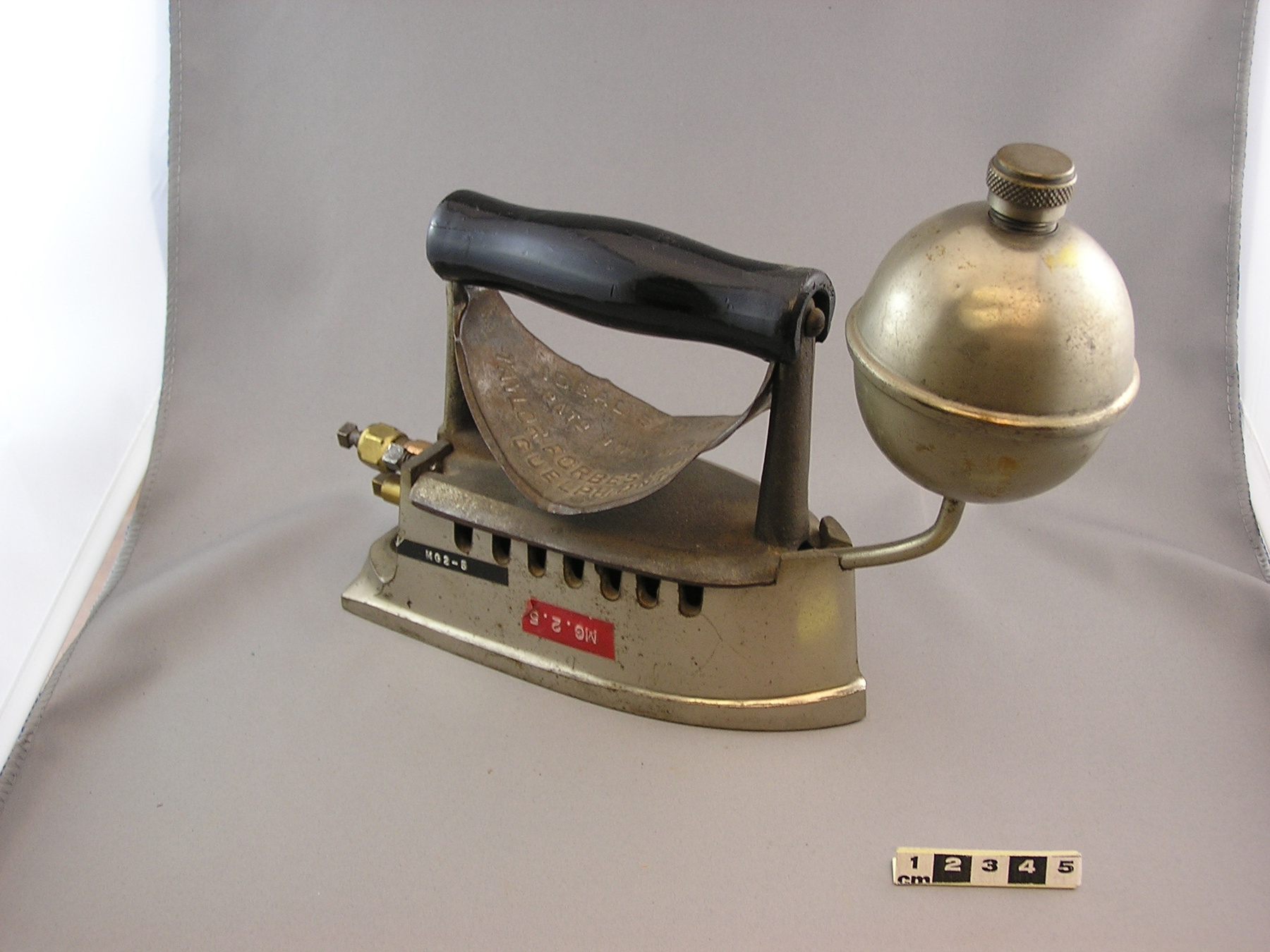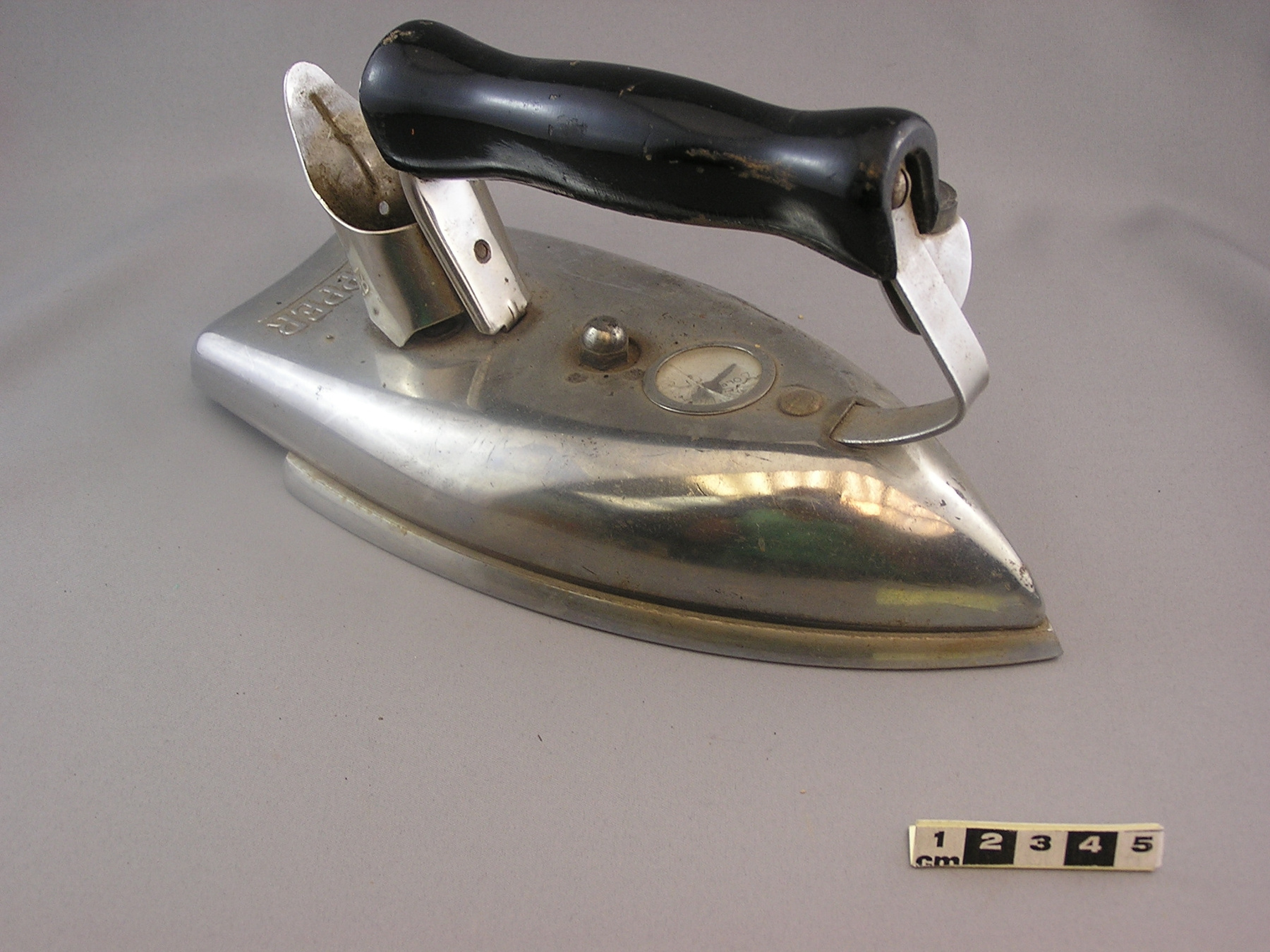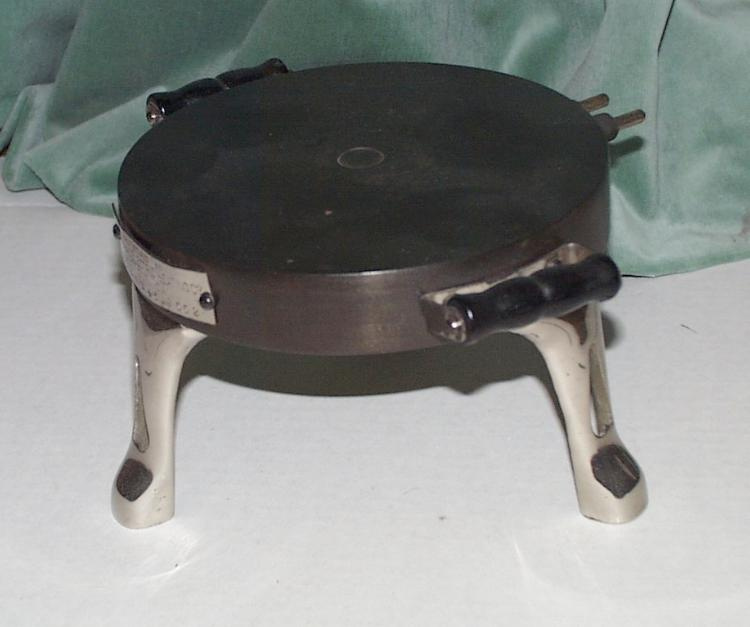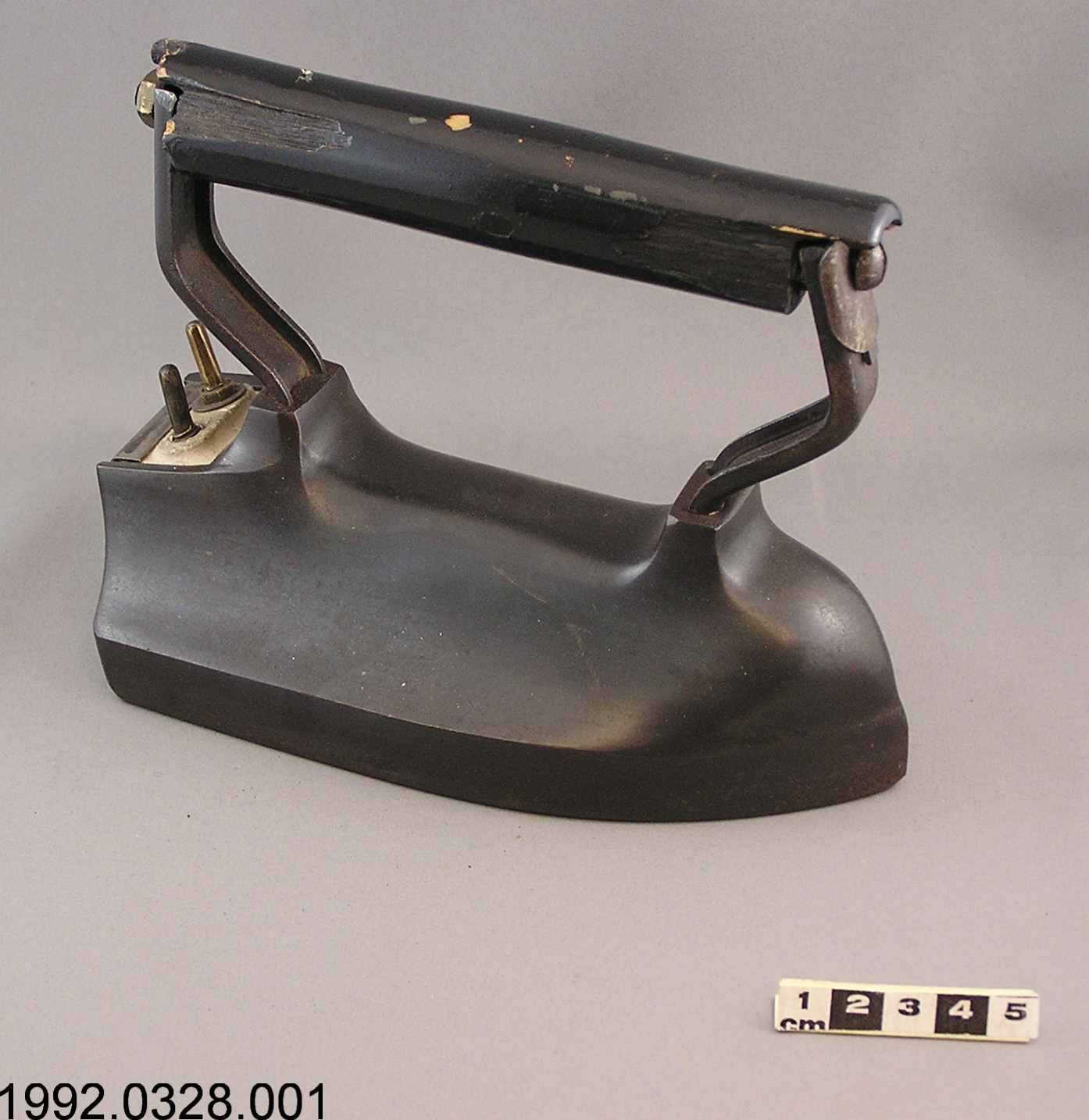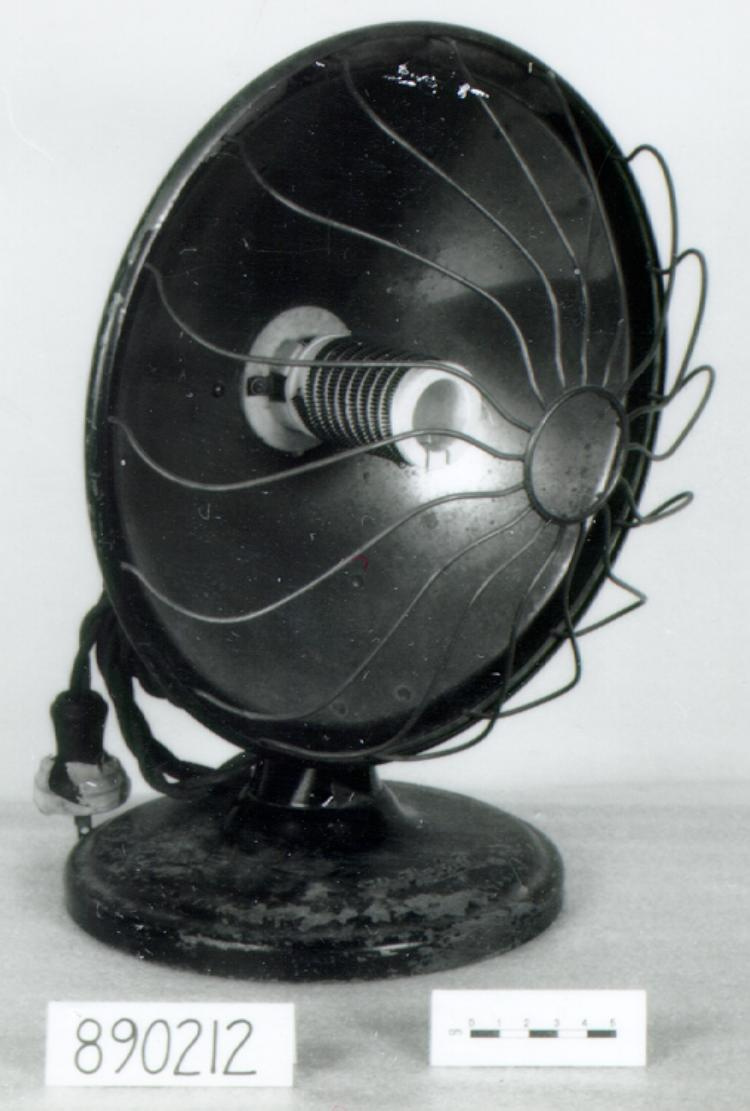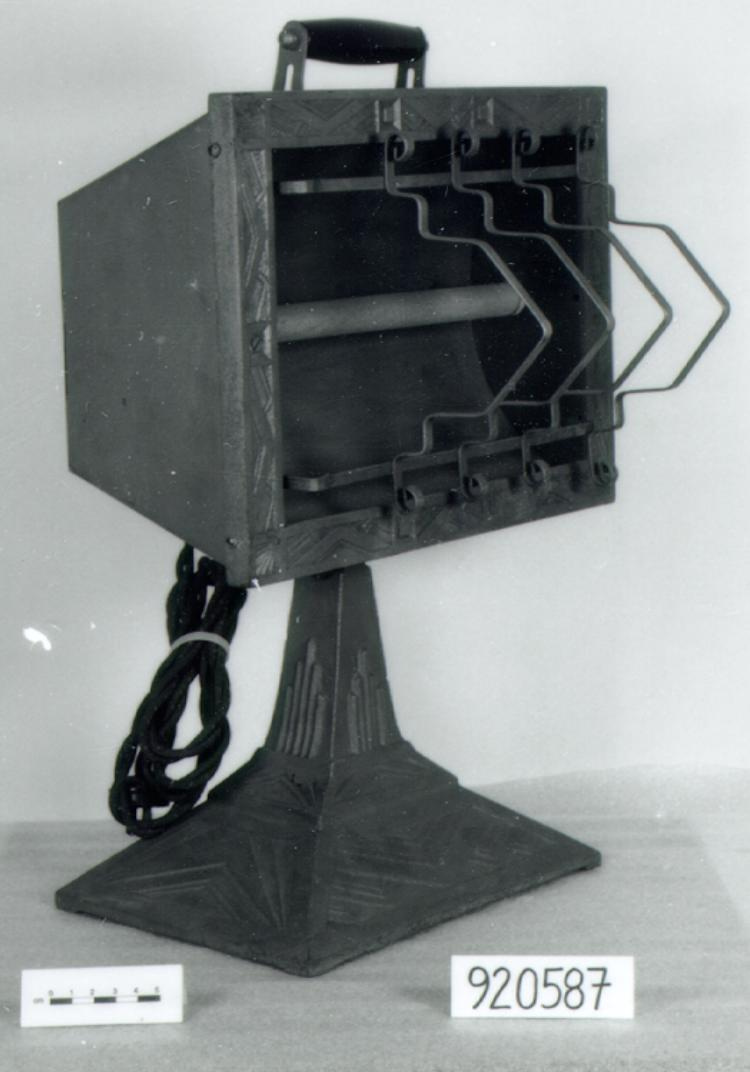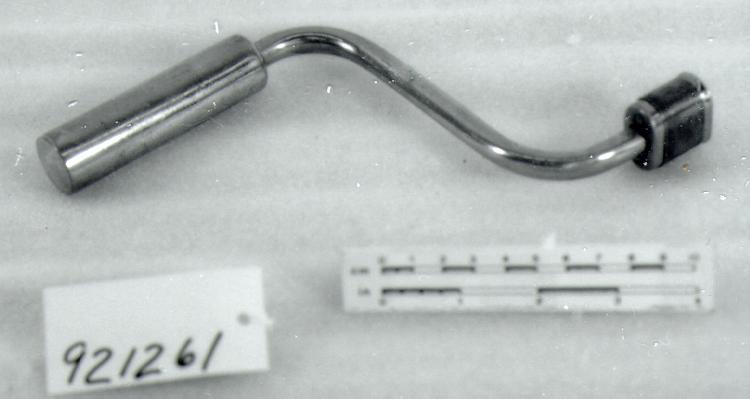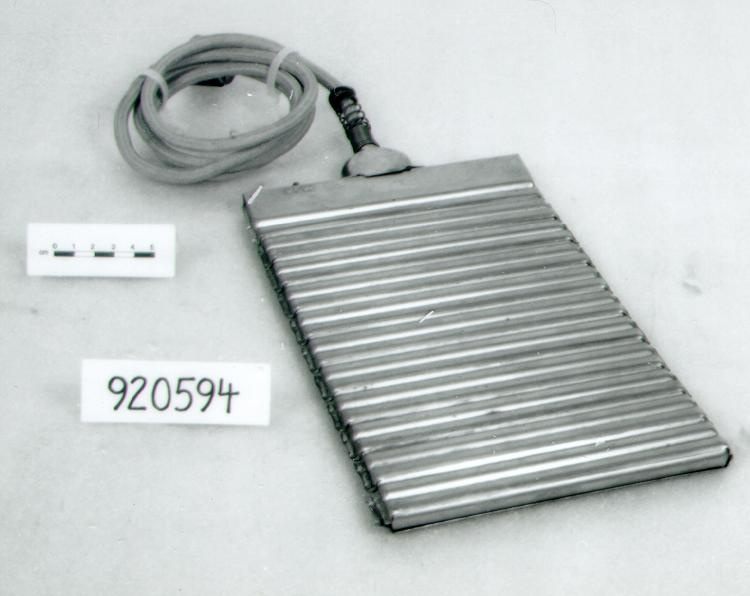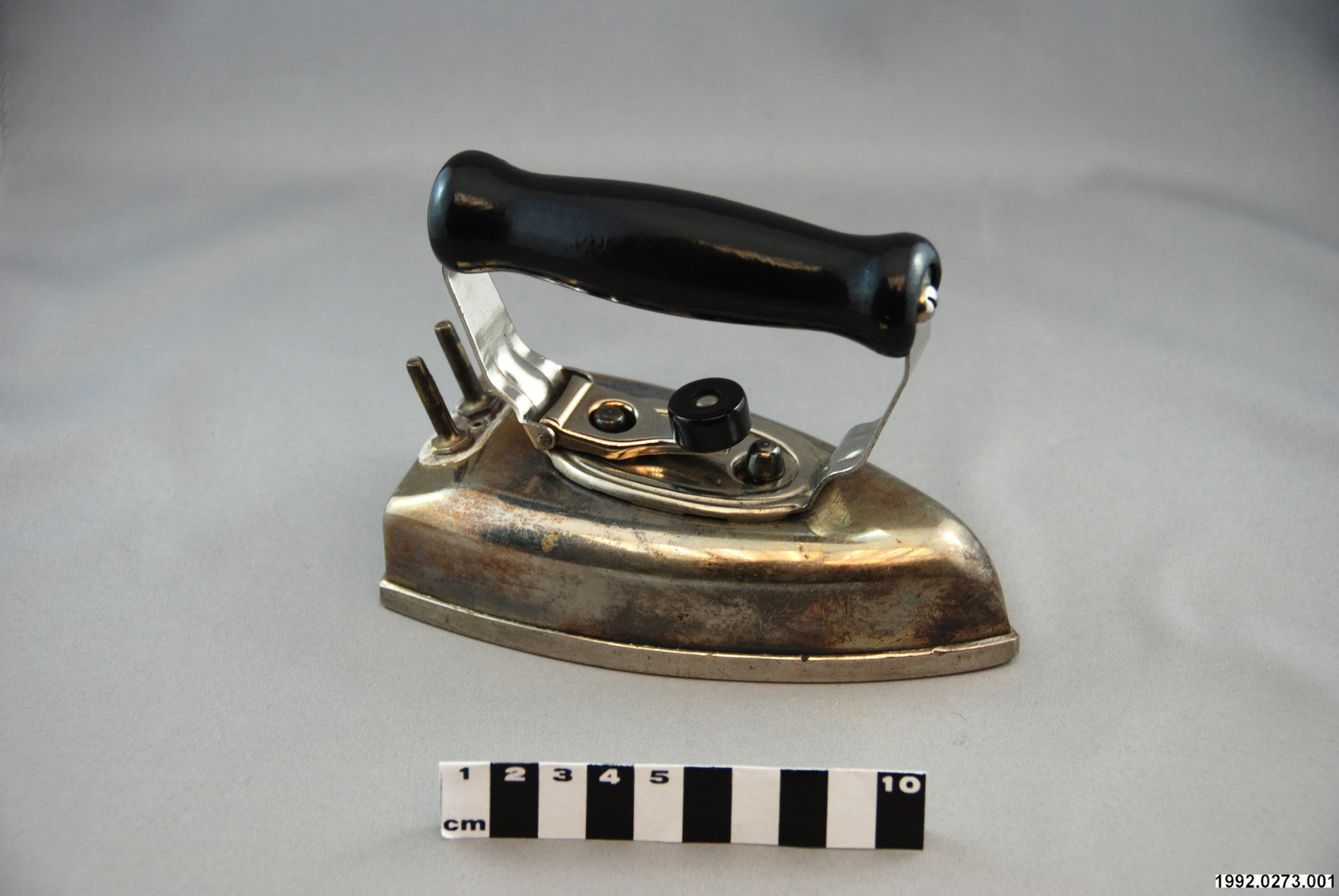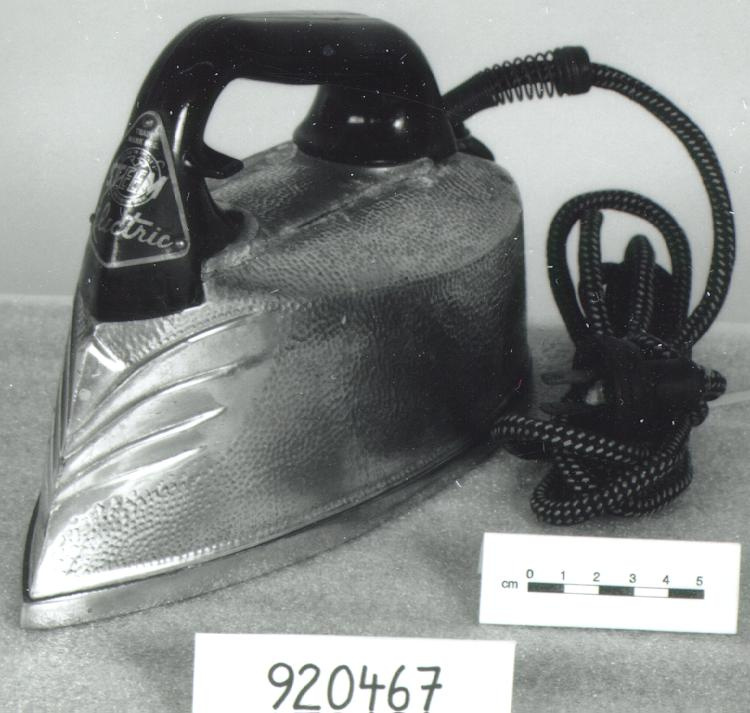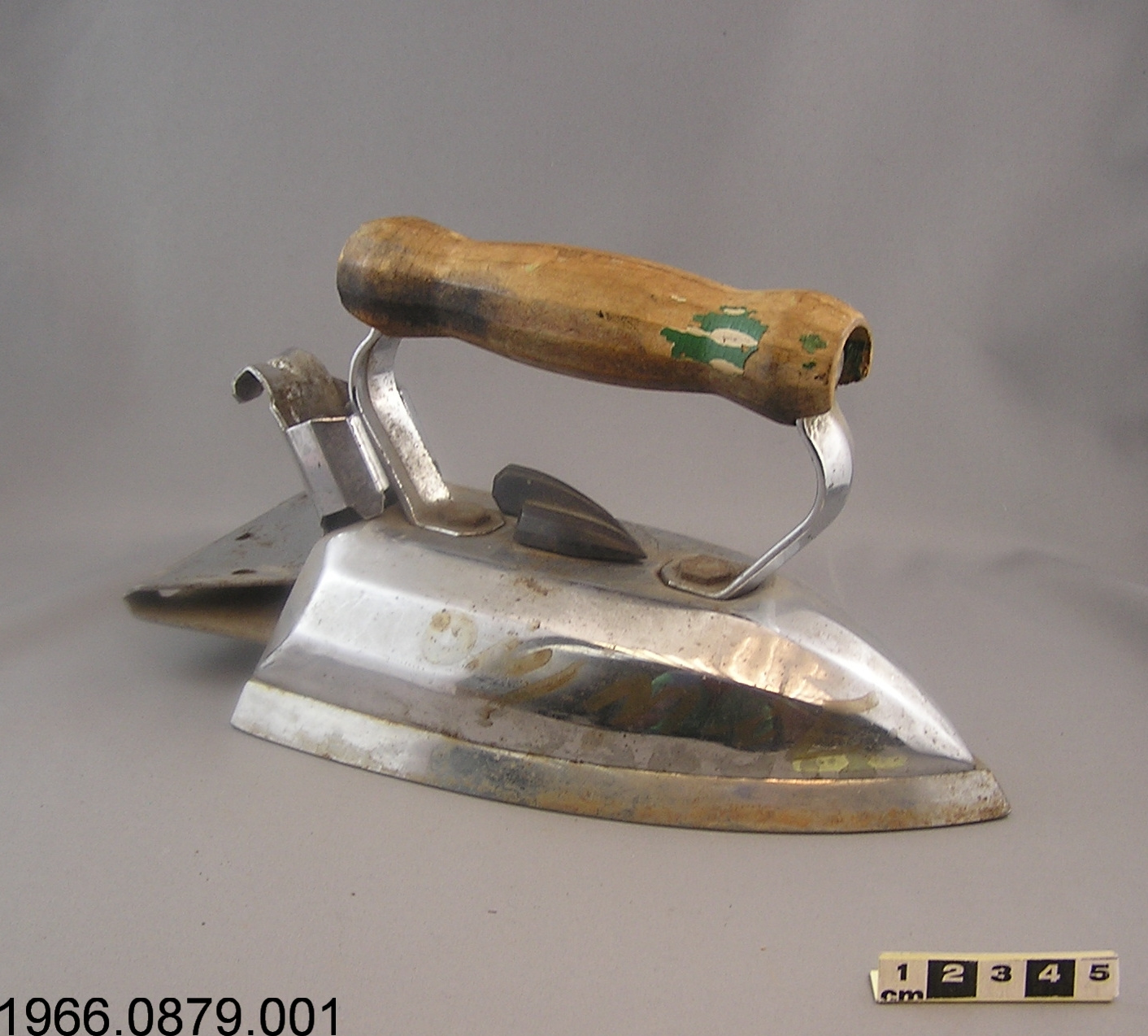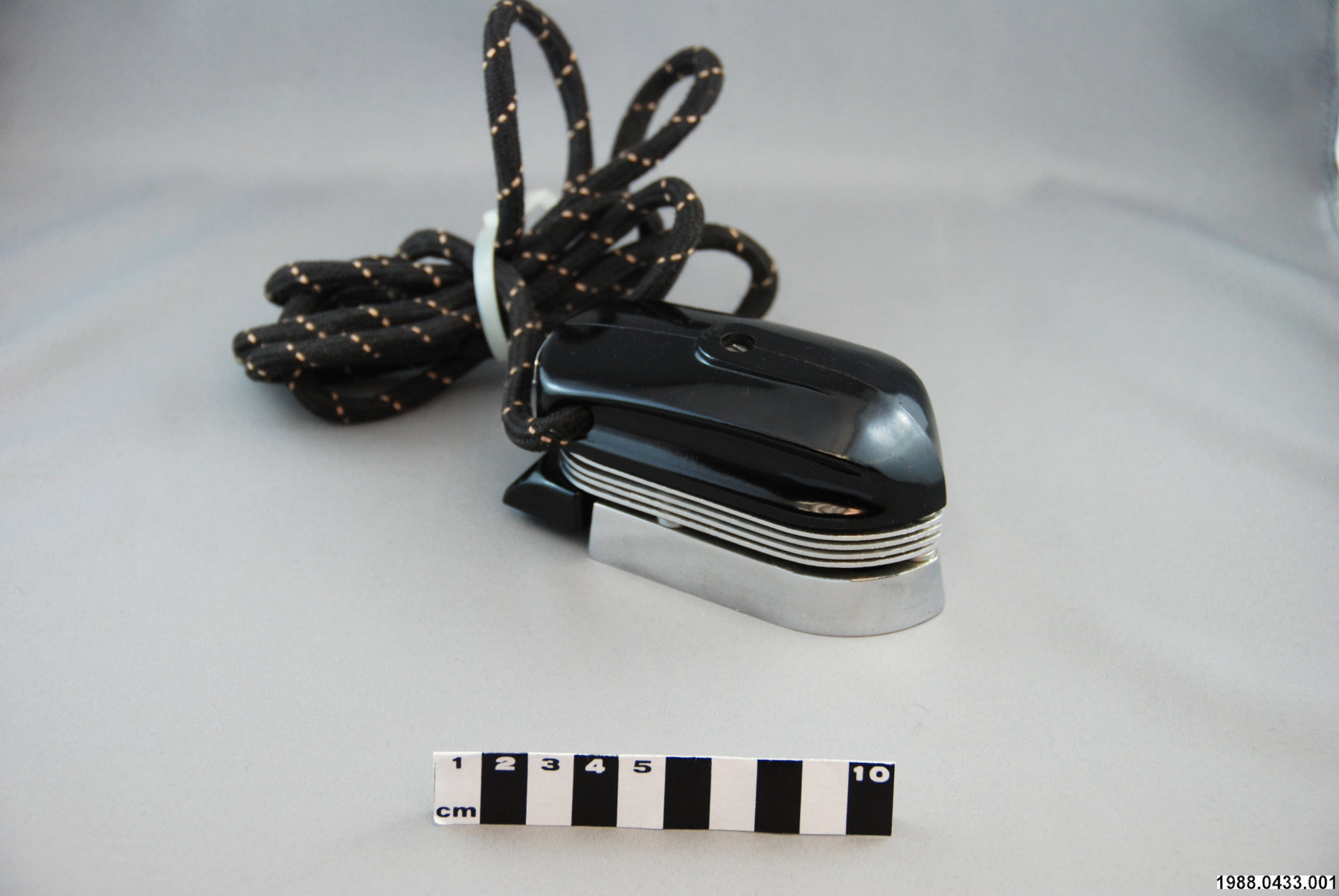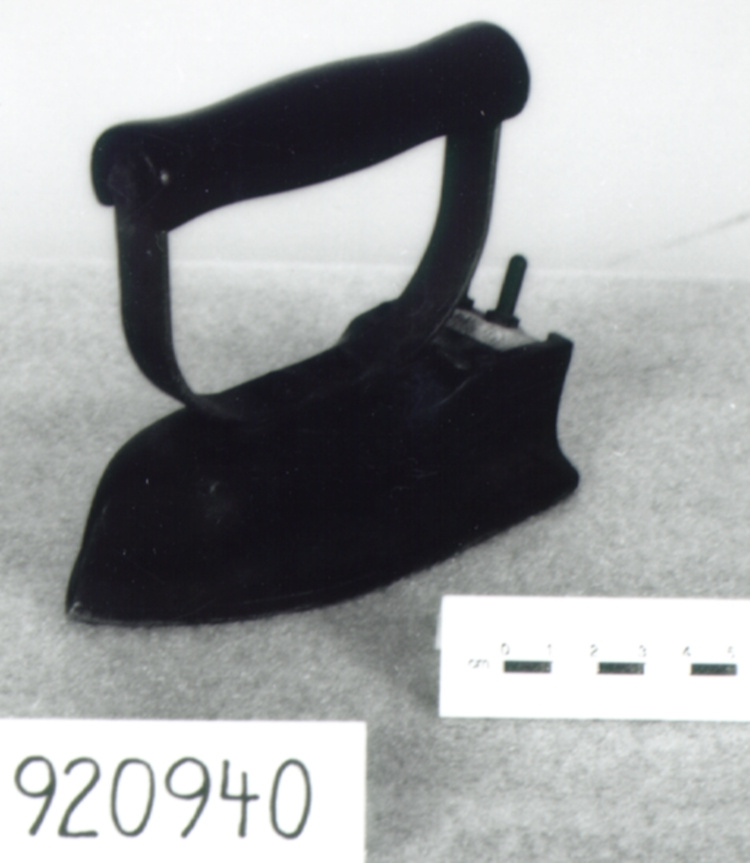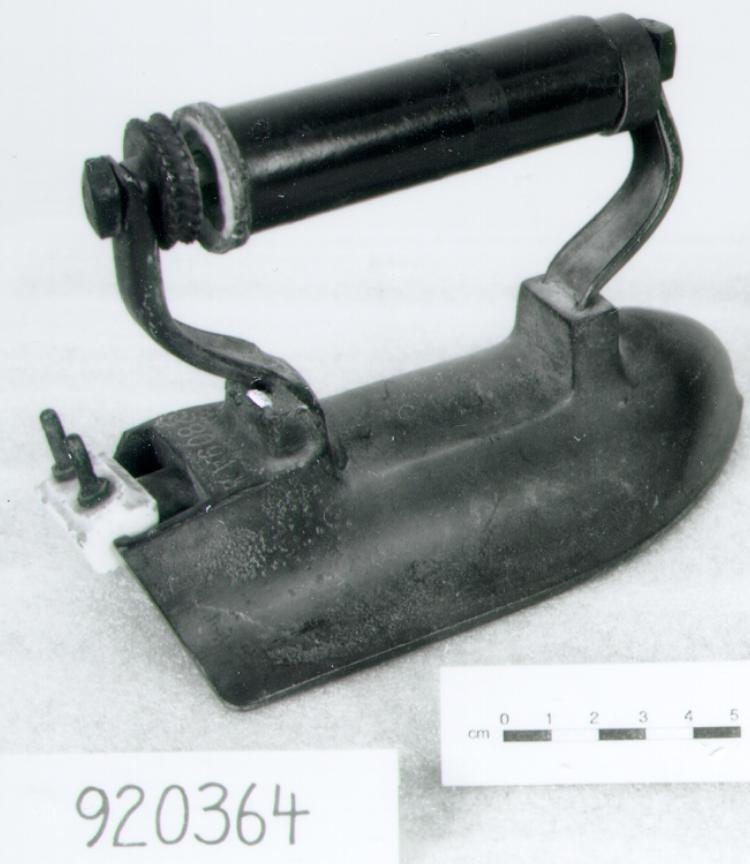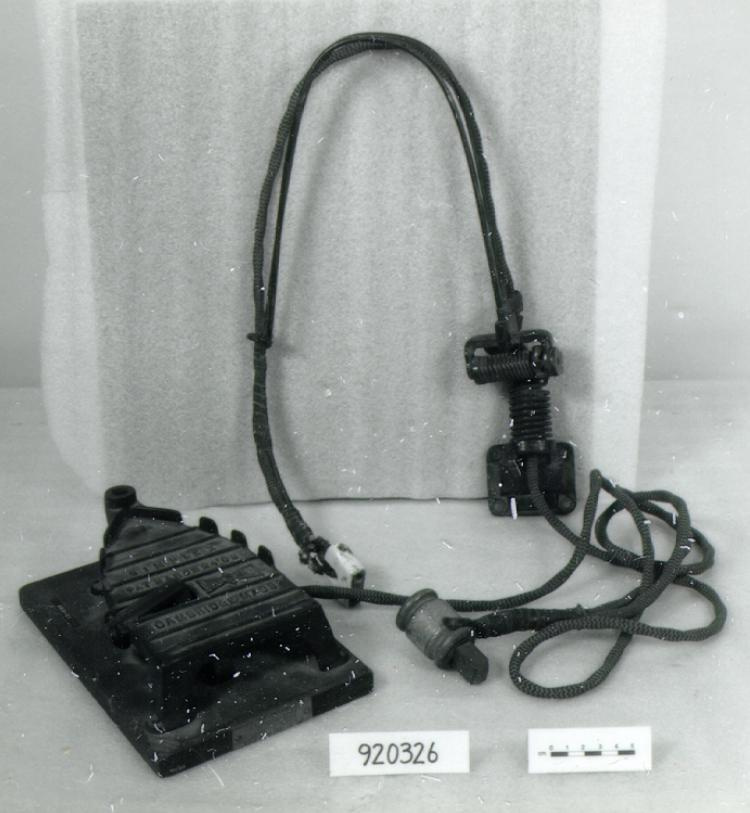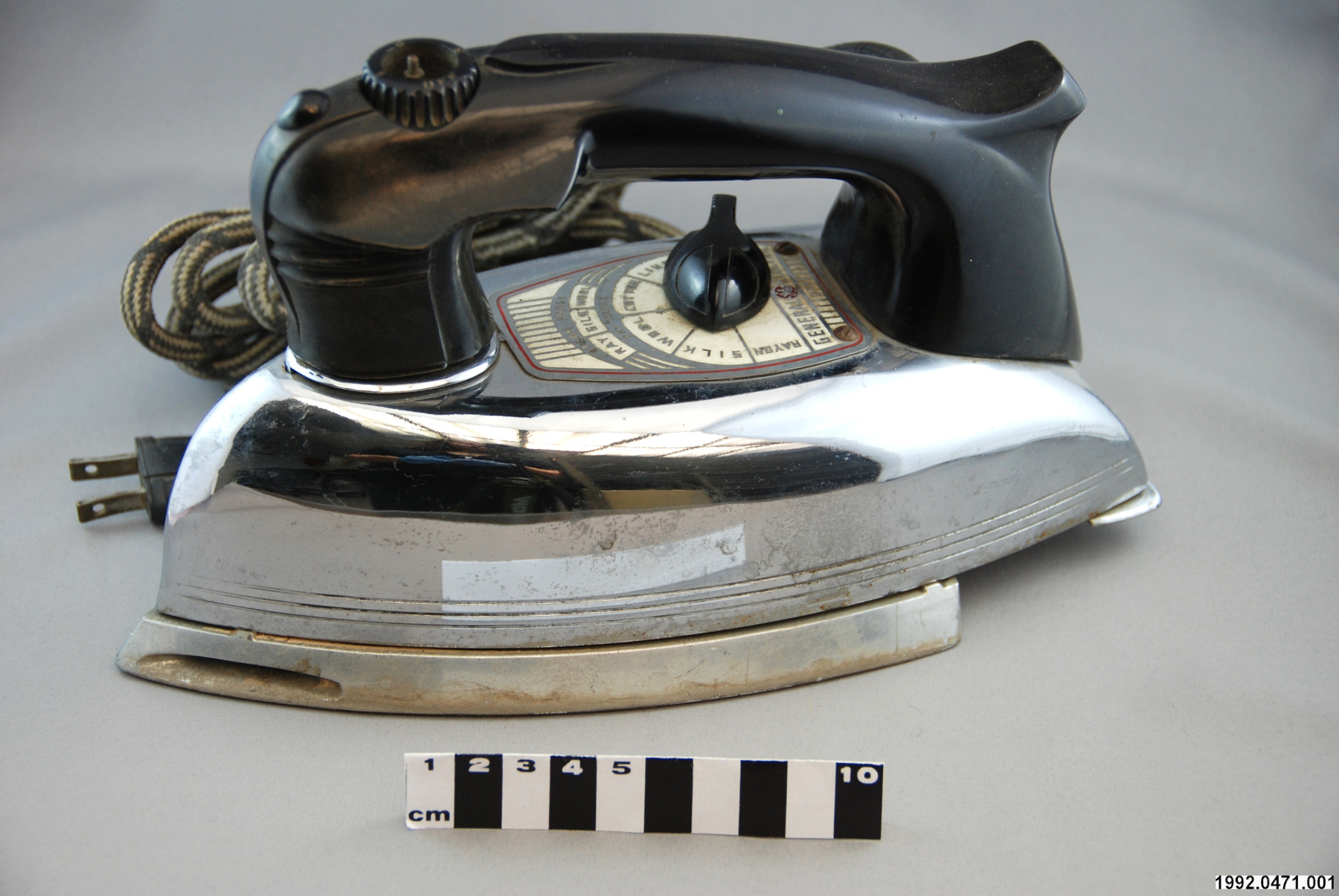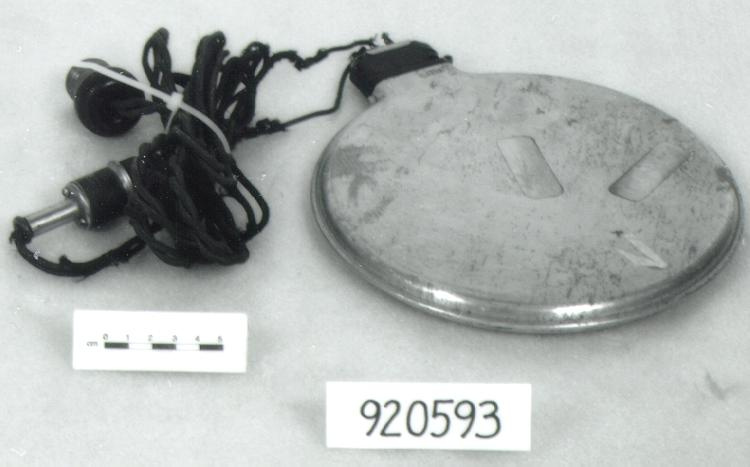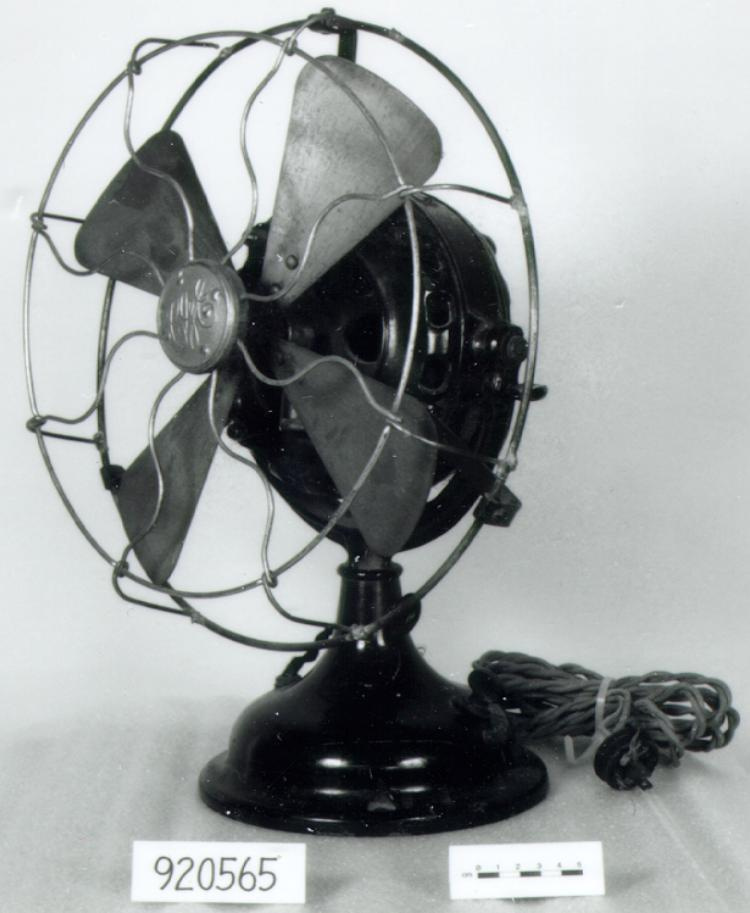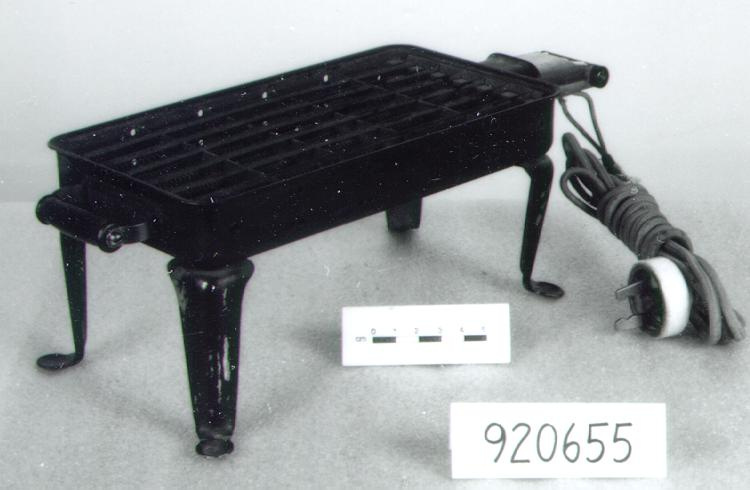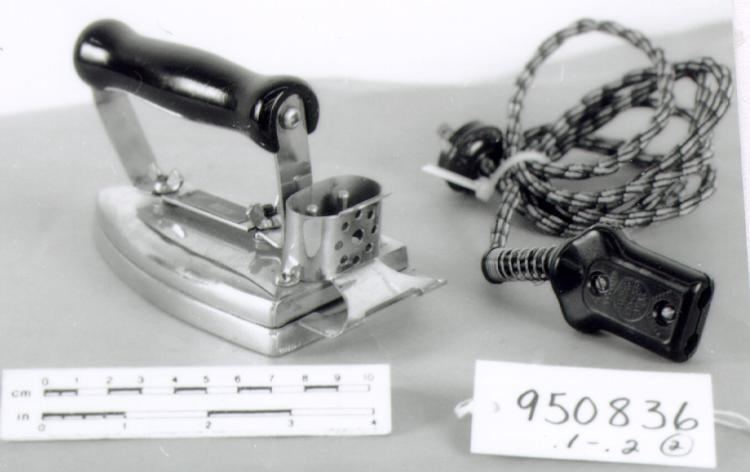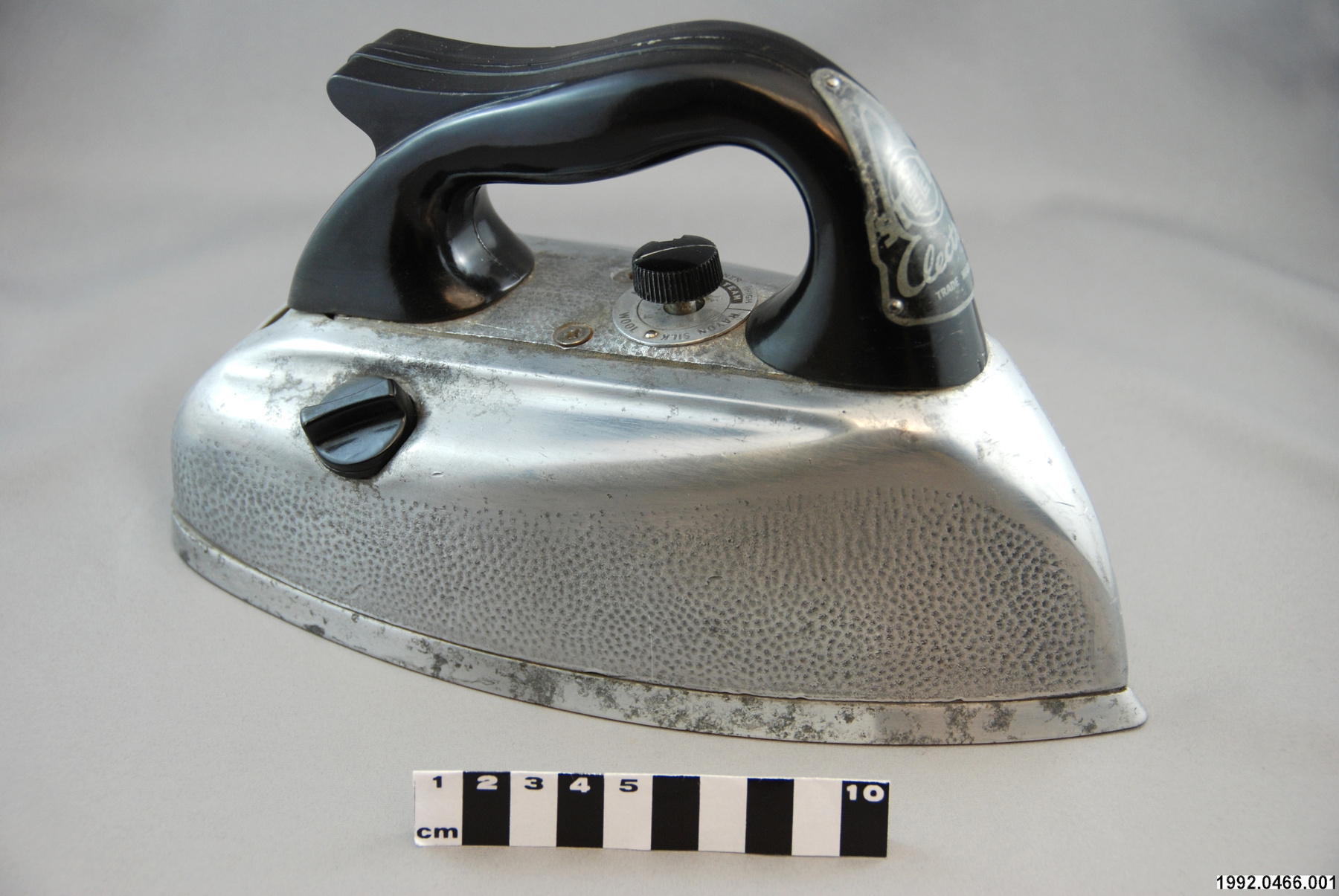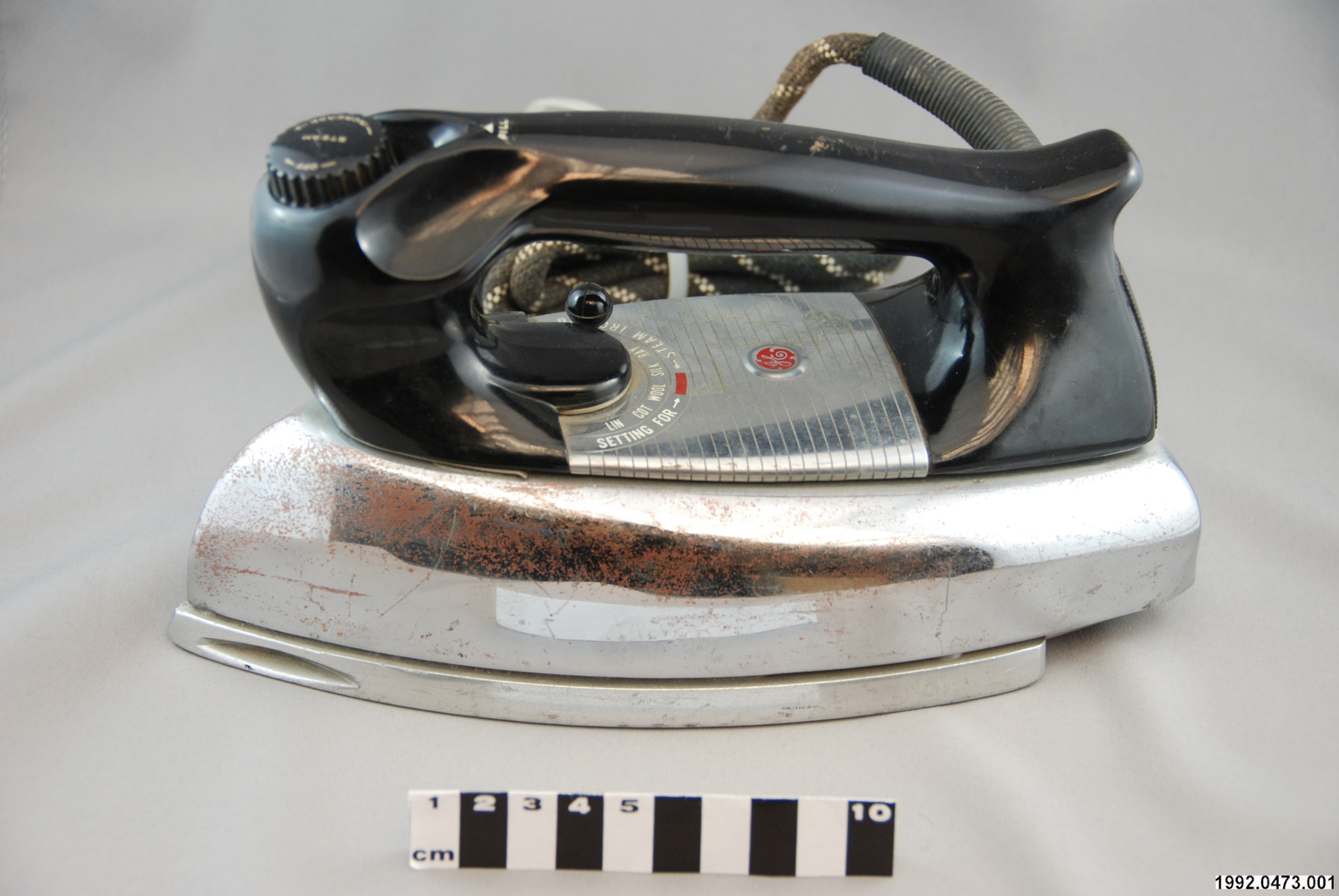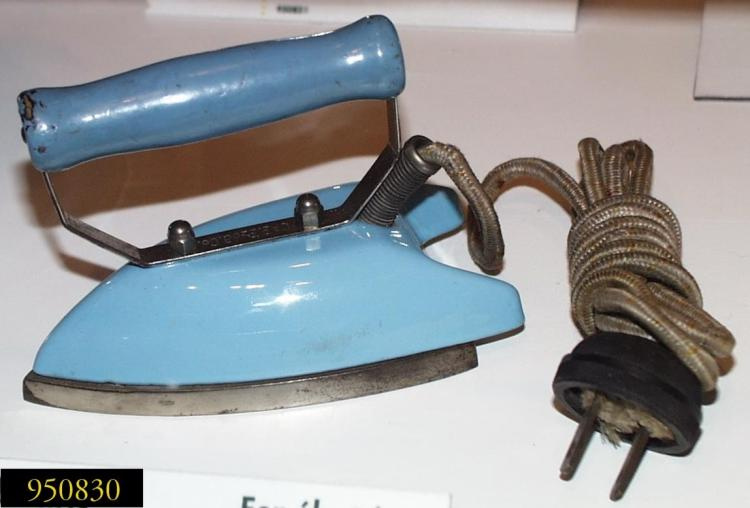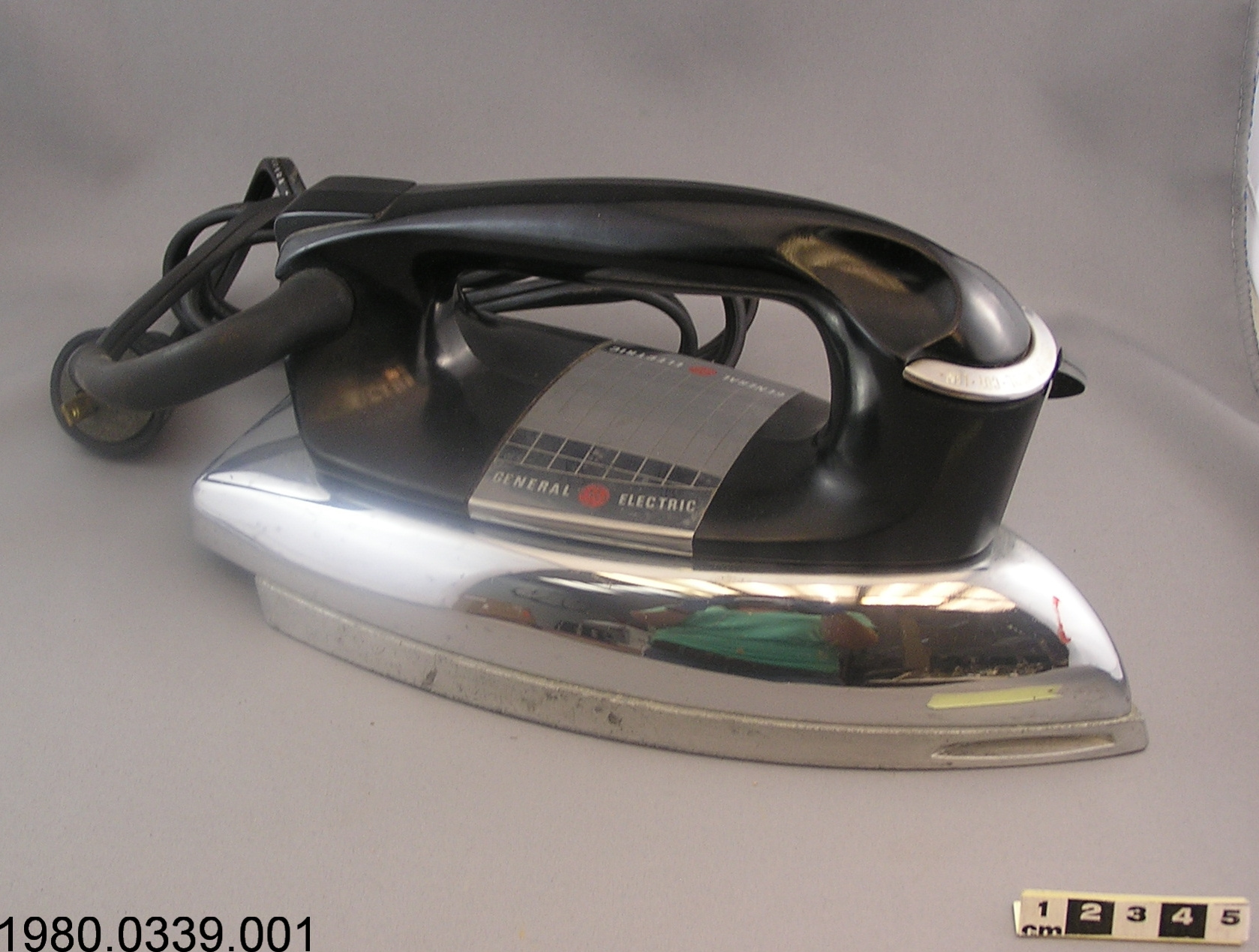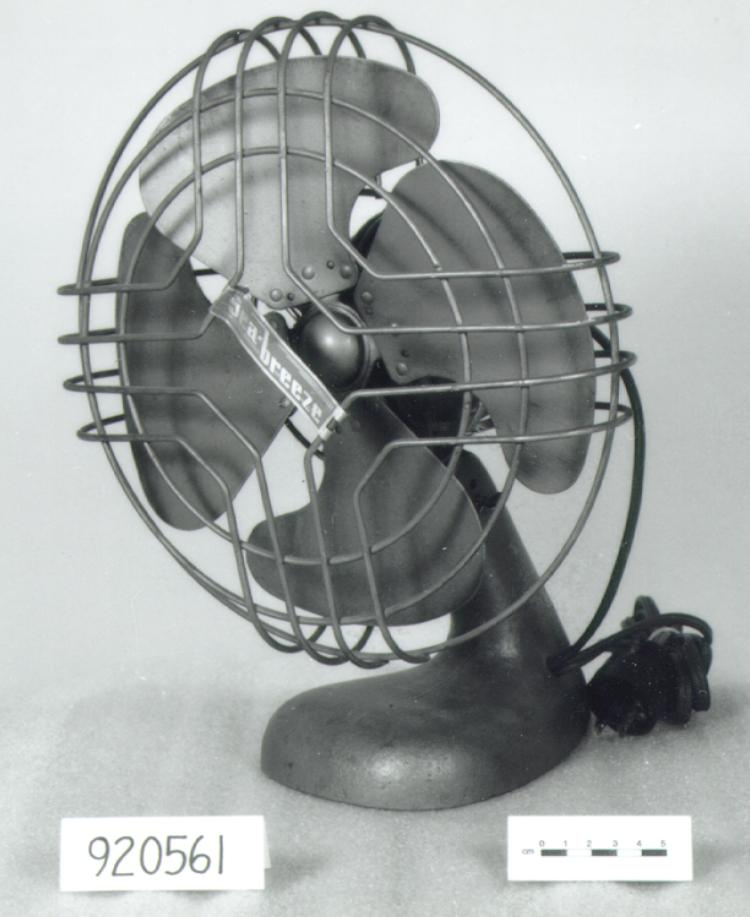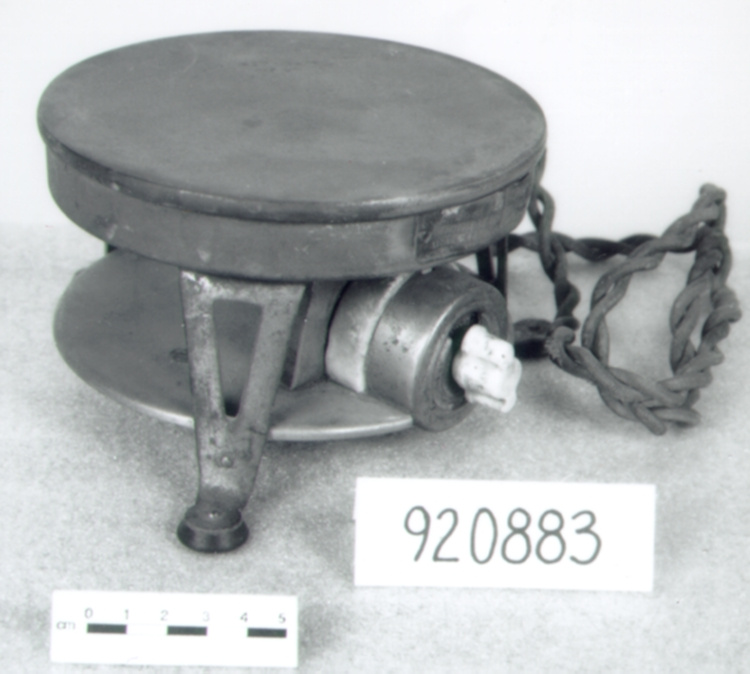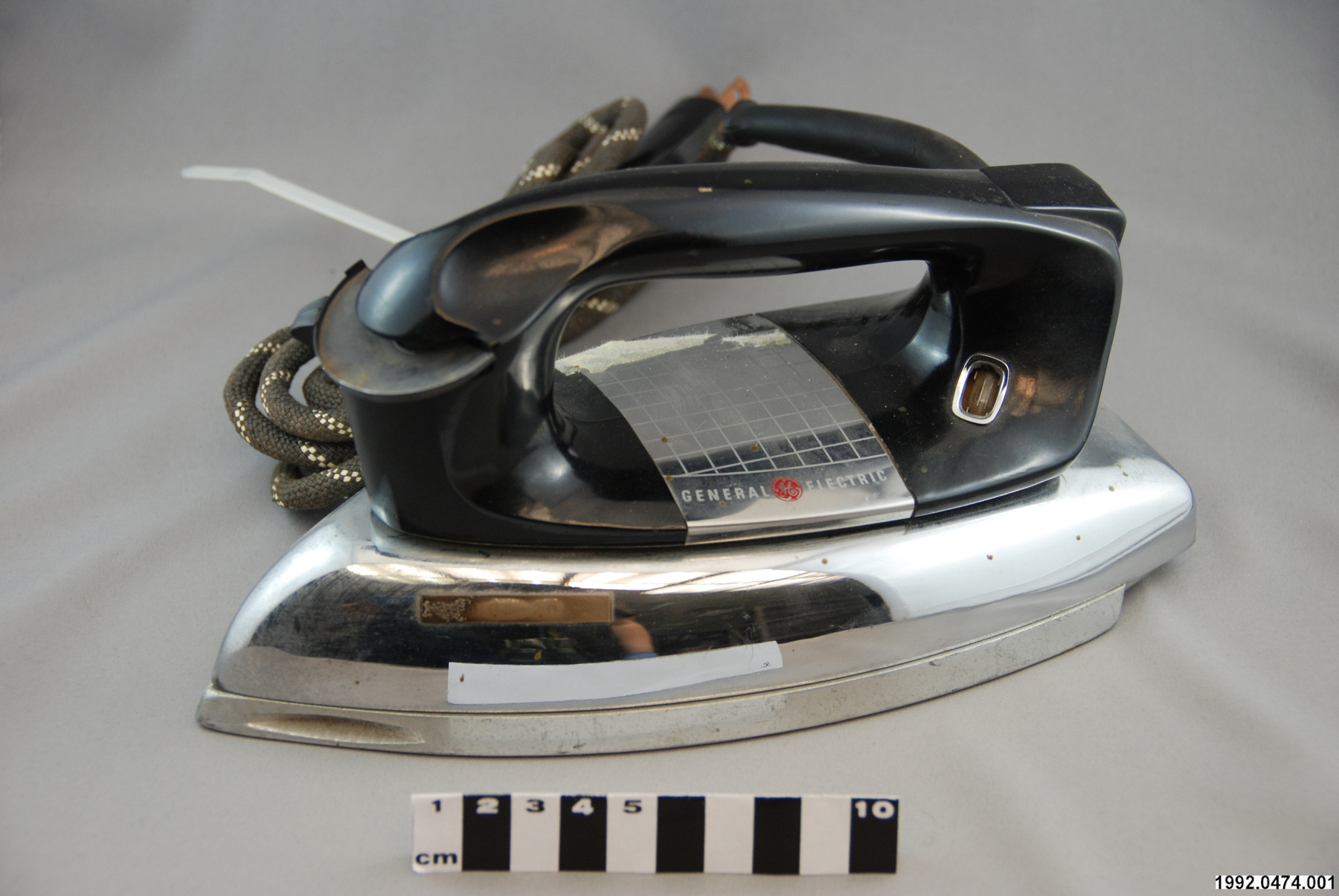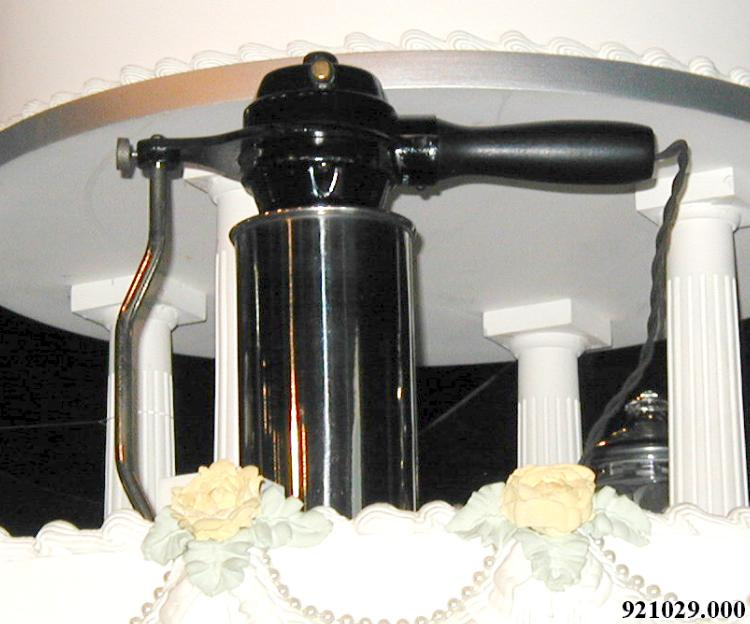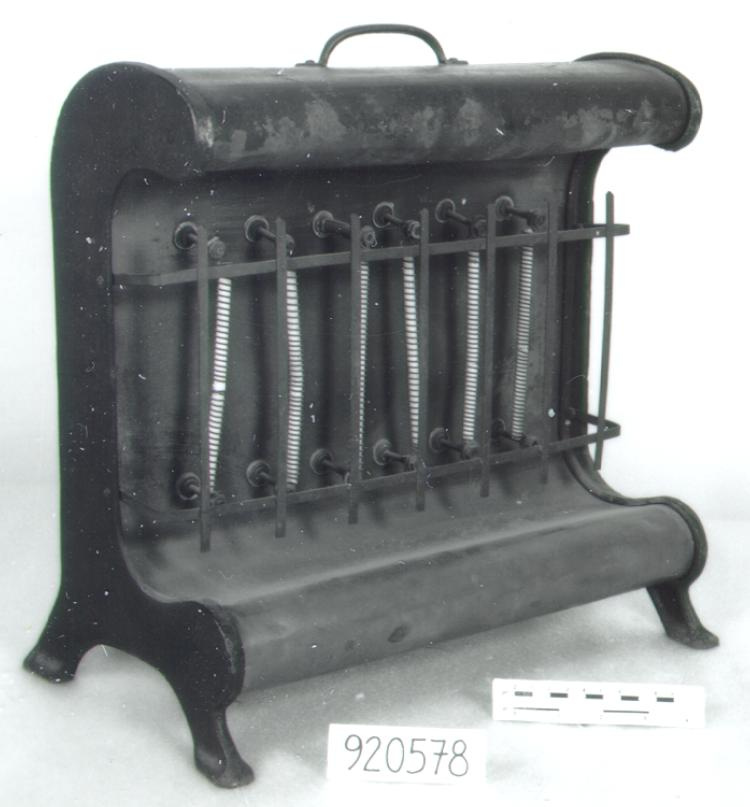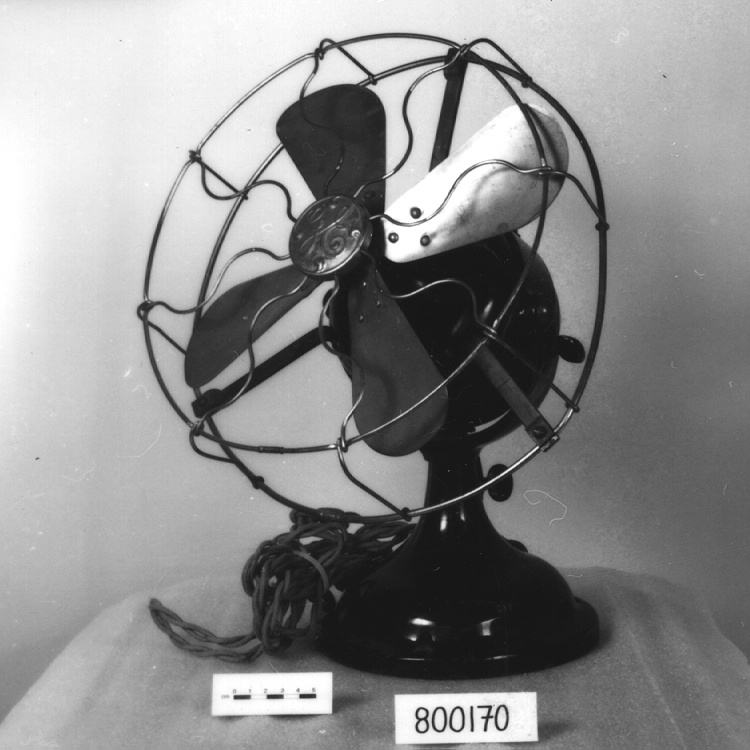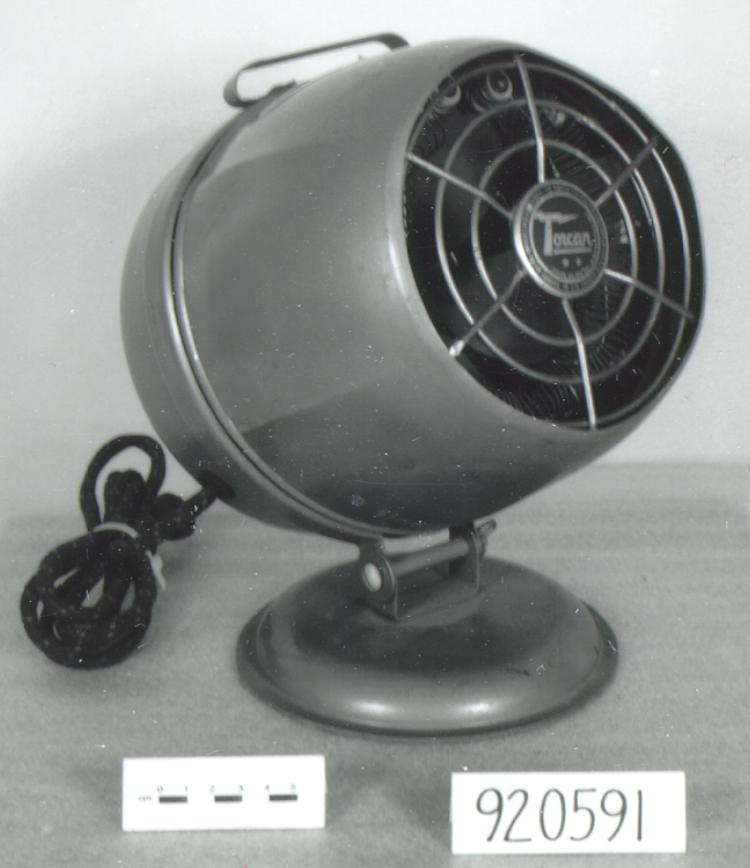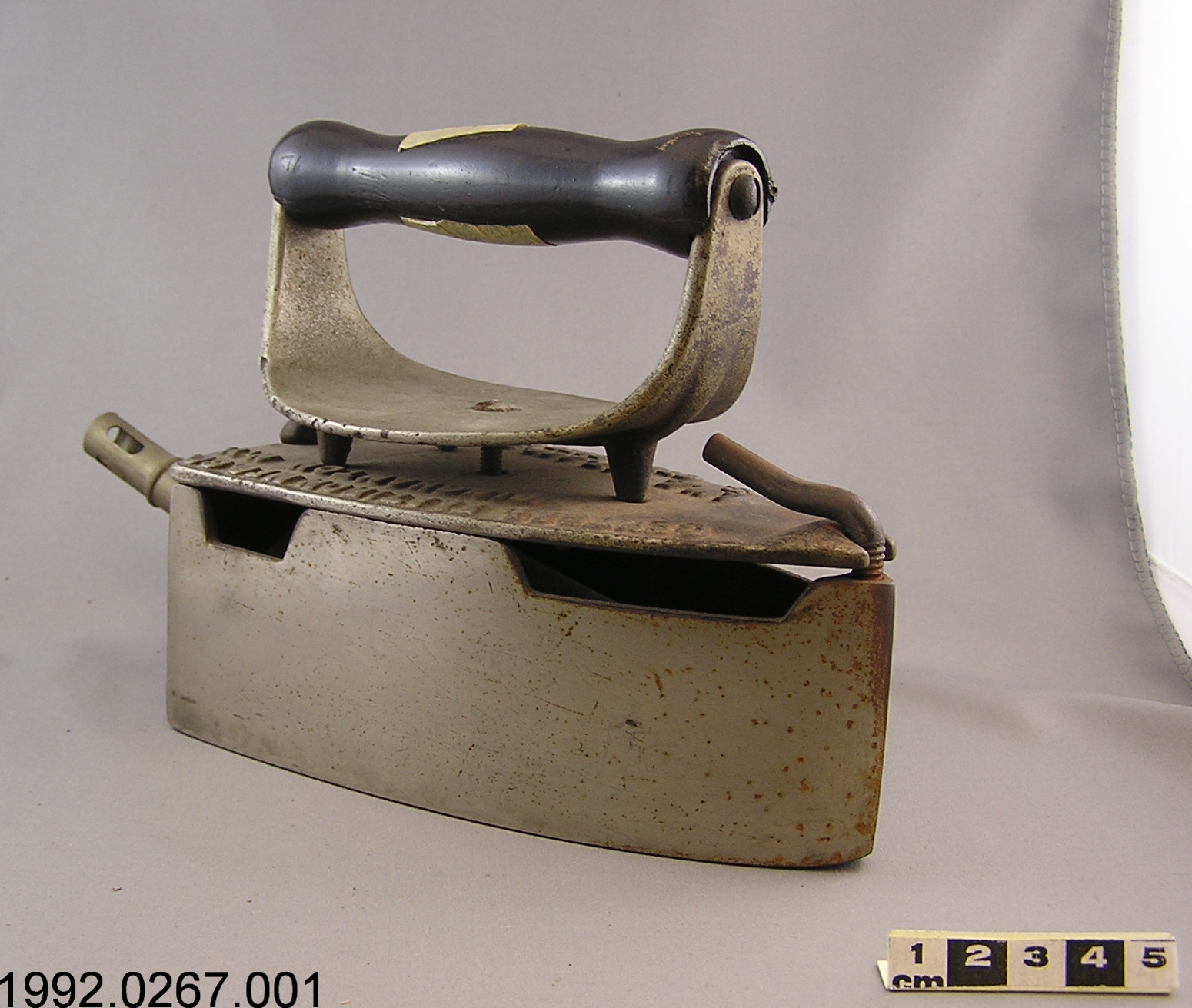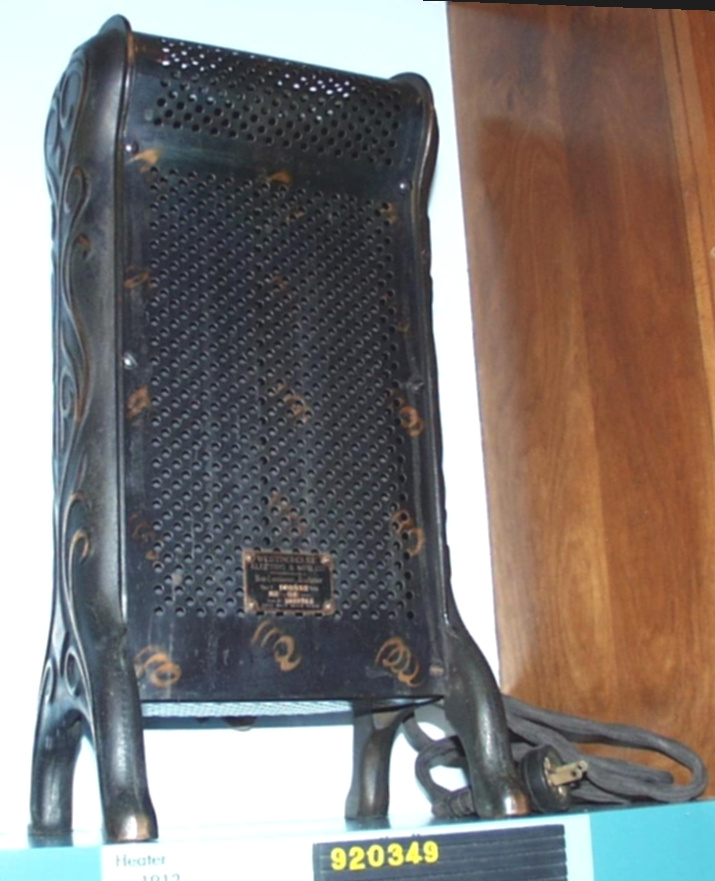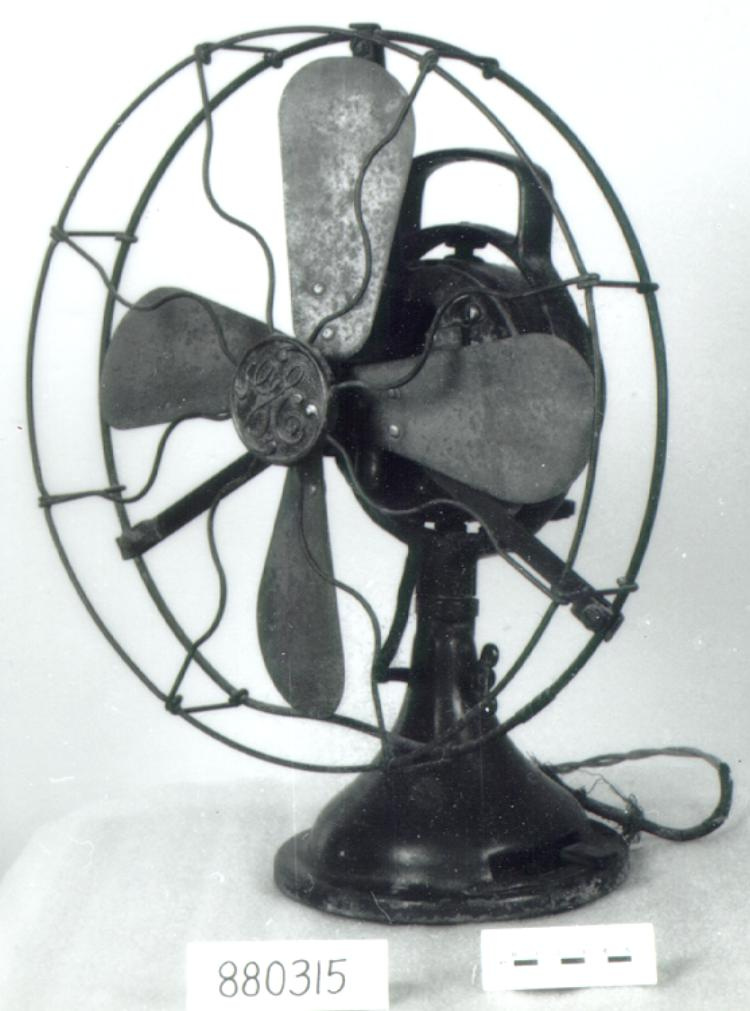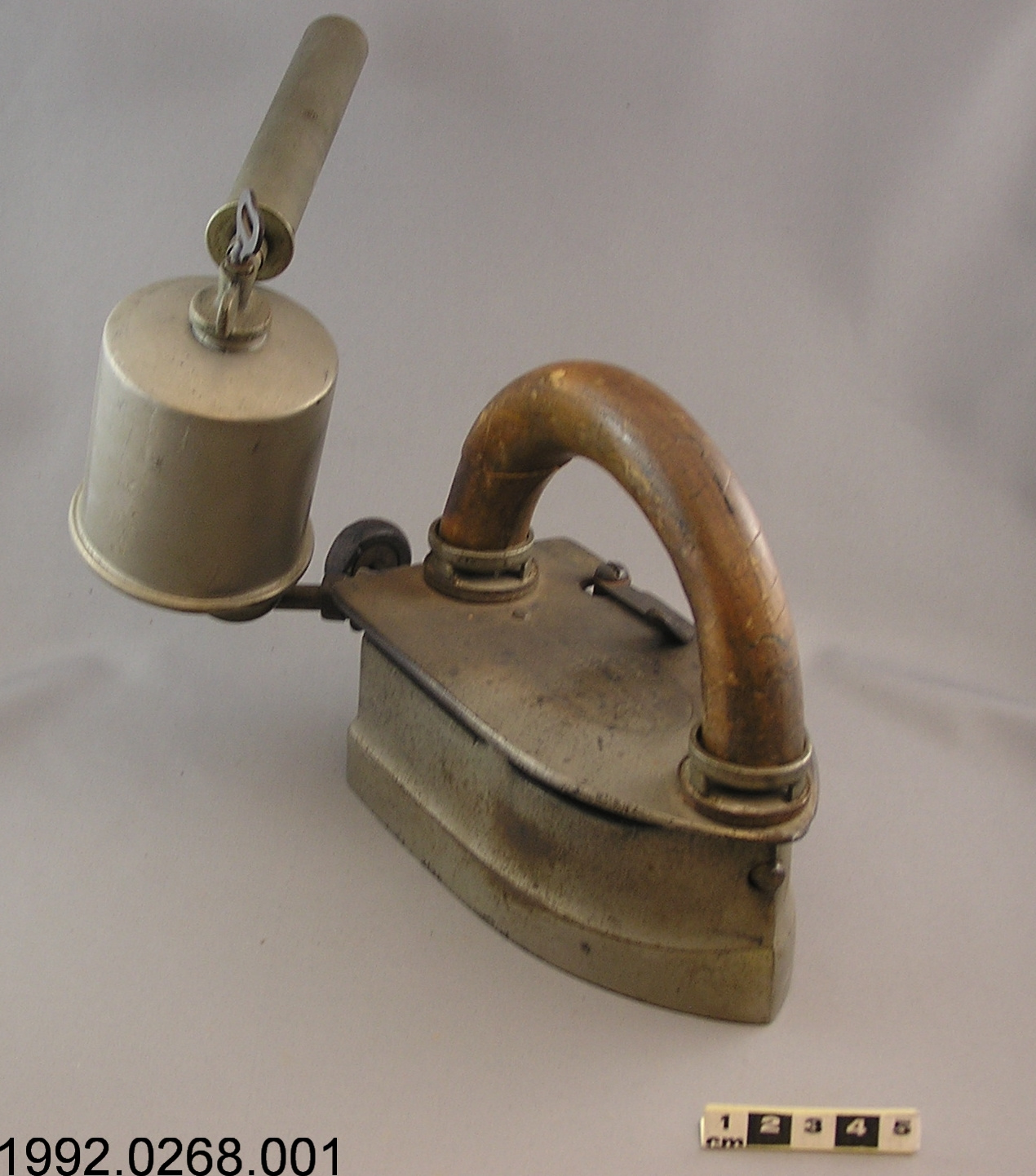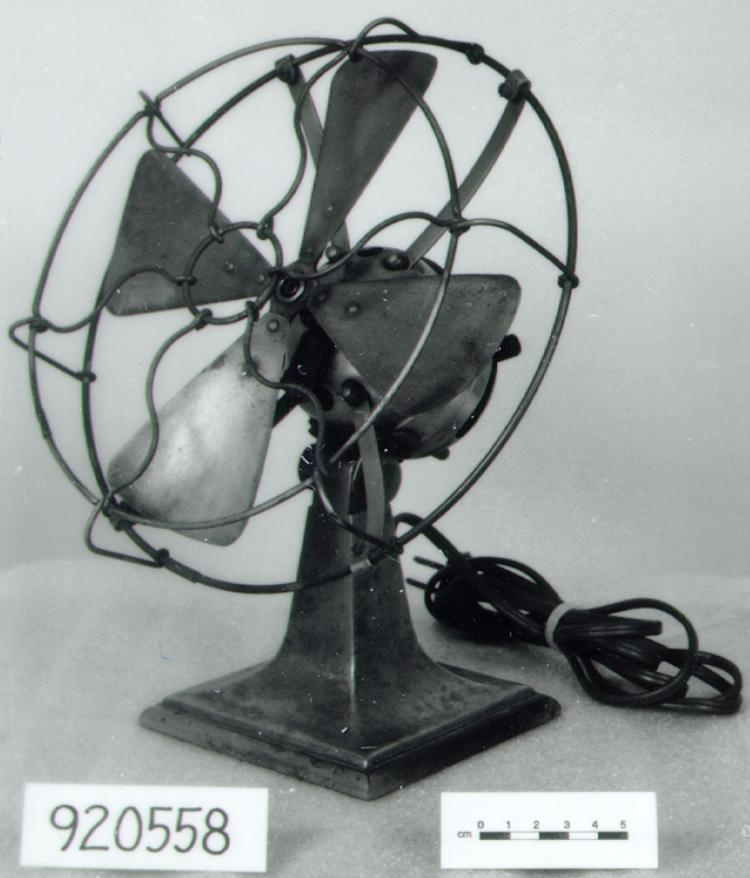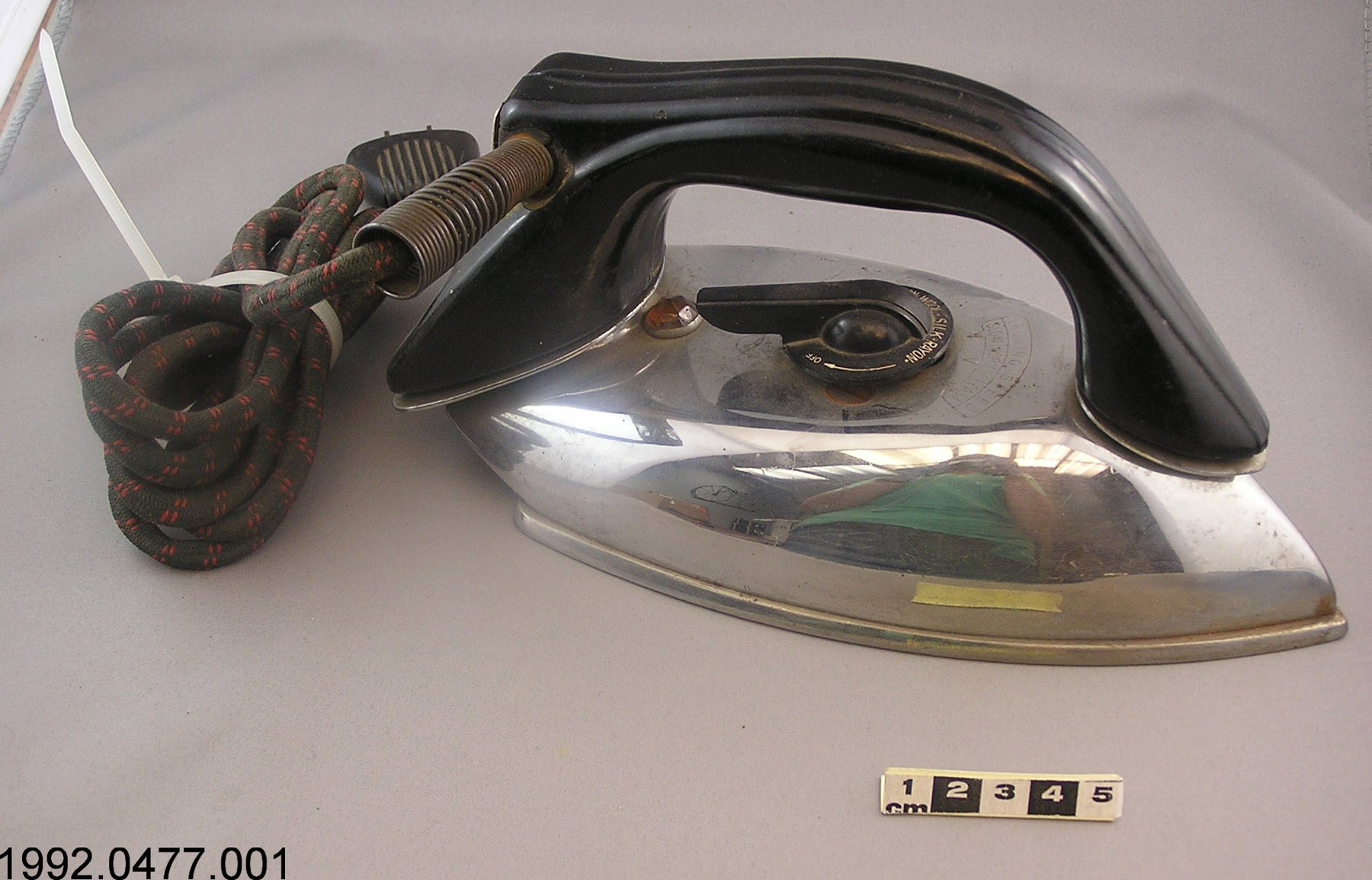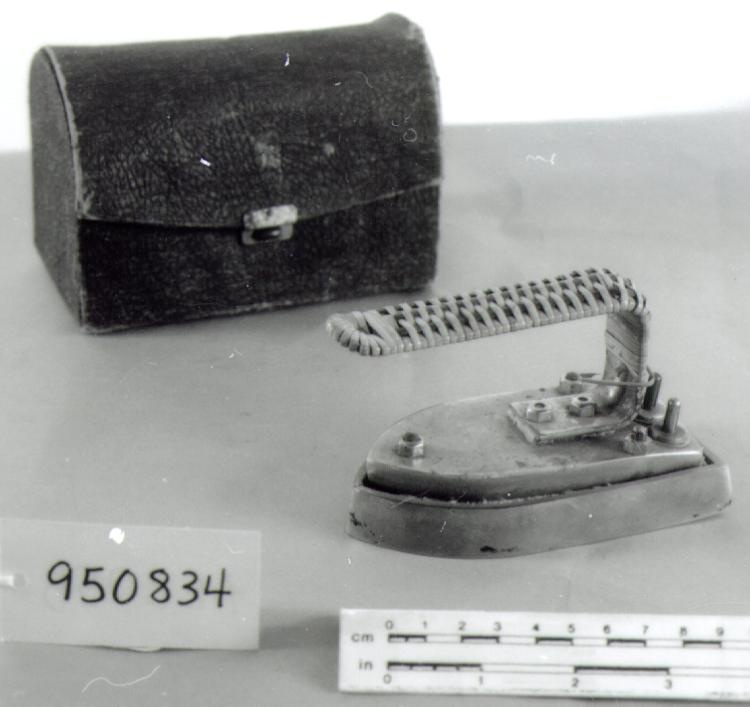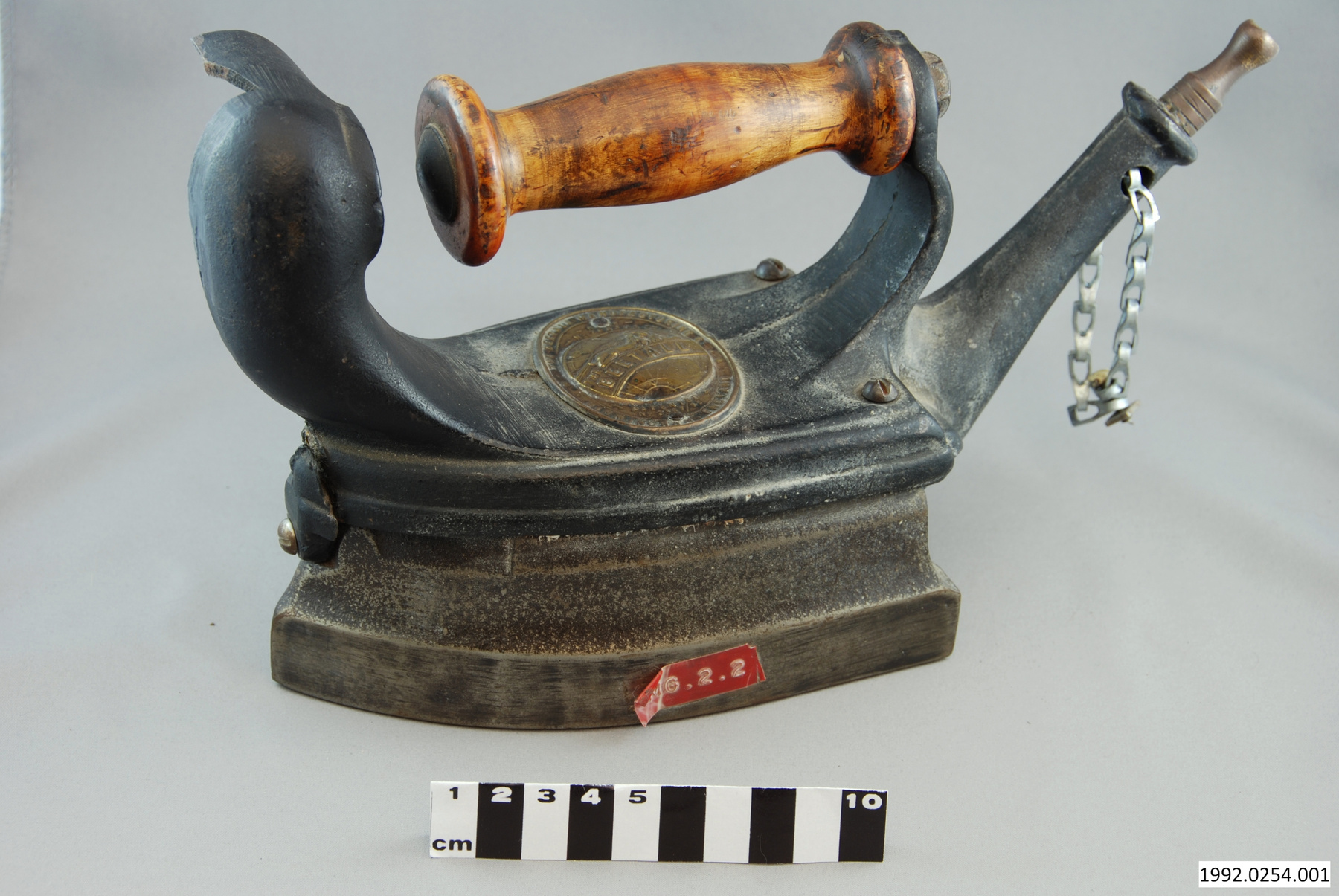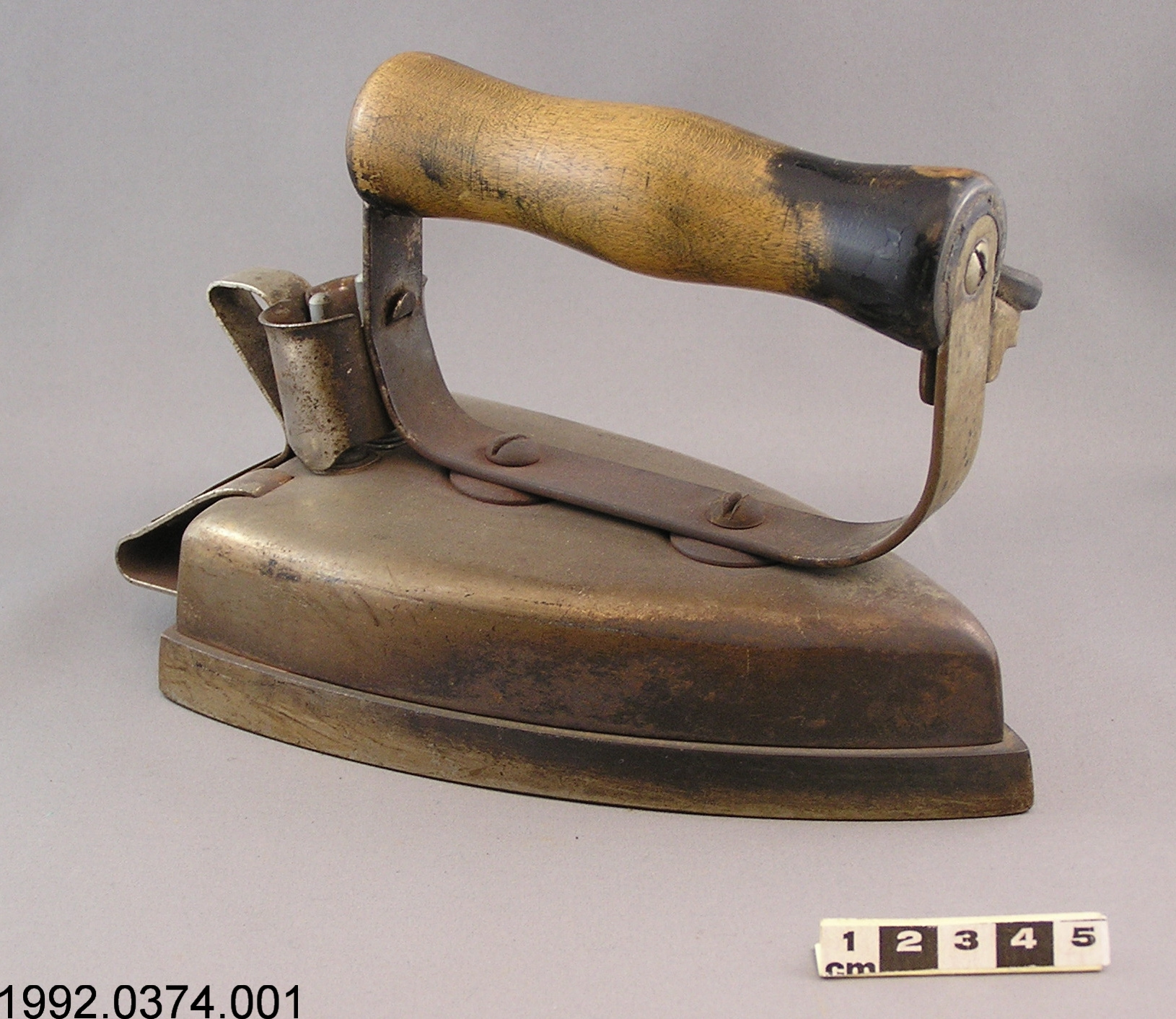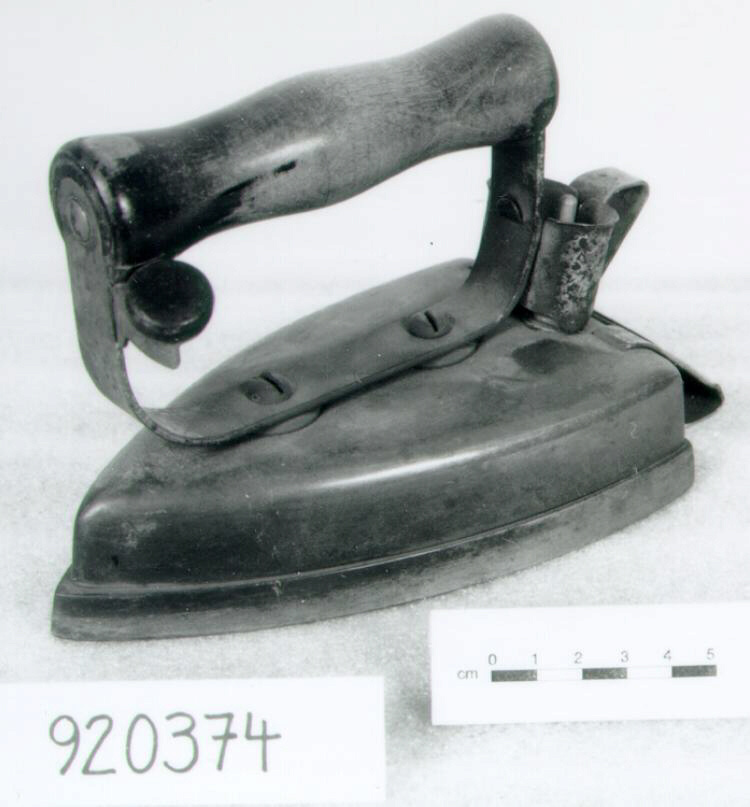Fer à repasser
Utiliser cette image
Puis-je réutiliser cette image sans autorisation? Oui
Les images sur le portail de la collection d’Ingenium ont la licence Creative Commons suivante :
Copyright Ingenium / CC BY-NC-ND (Attribution-NonCommercial 4.0 International (CC BY-NC 4.0)
ATTRIBUER CETTE IMAGE
Ingenium,
1992.0374.001
Permalien:
Ingenium diffuse cette image sous le cadre de licence Creative Commons et encourage son téléchargement et sa réutilisation à des fins non commerciales. Veuillez mentionner Ingenium et citer le numéro de l’artefact.
TÉLÉCHARGER L’IMAGEACHETER CETTE IMAGE
Cette image peut être utilisée gratuitement pour des fins non commerciales.
Pour un usage commercial, veuillez consulter nos frais de reproduction et communiquer avec nous pour acheter l’image.
- TYPE D’OBJET
- Electric
- DATE
- 1930
- NUMÉRO DE L’ARTEFACT
- 1992.0374.001
- FABRICANT
- Canadian General Electric Co. Ltd.
- MODÈLE
- Hotpoint F17
- EMPLACEMENT
- Toronto, Ontario, Canada
Plus d’information
Renseignements généraux
- Nº de série
- S/O
- Nº de partie
- 1
- Nombre total de parties
- 1
- Ou
- S/O
- Brevets
- S/O
- Description générale
- Nickel-plated pressed steel housing and cast iron sole plate. Nickel-plated metal handle, heel stand and plug guard. Wooden hand grip and thumb rest.
Dimensions
Remarque : Cette information reflète la taille générale pour l’entreposage et ne représente pas nécessairement les véritables dimensions de l’objet.
- Longueur
- 19,3 cm
- Largeur
- 10,5 cm
- Hauteur
- 12,5 cm
- Épaisseur
- S/O
- Poids
- S/O
- Diamètre
- S/O
- Volume
- S/O
Lexique
- Groupe
- Technologie domestique
- Catégorie
- Buanderie
- Sous-catégorie
- S/O
Fabricant
- Ou
- General Electric
- Pays
- Canada
- État/province
- Ontario
- Ville
- Toronto
Contexte
- Pays
- Inconnu
- État/province
- Inconnu
- Période
- Inconnu
- Canada
-
Made in Canada. Part of the Ontario Hydro collection donated to the museum in 1992. - Fonction
-
Used to press flat and/or remove wrinkles from fabrics. - Technique
-
The Hotpoint iron was designed in 1905 by Earl H. Richardson from California. The heating elements in this iron are arranged in such a way that the heat is concentrated at the forward point of the soleplate, to better iron buttonholes and pleated materials. Hence the name "Hotpoint". The manufacturer’s name changed over time, and the name CGE indicates that this iron may have been made in the late 1920s or in the 1930s. However, in its design it is almost exactly the same as Hotpoint irons from the early 1900’s. The electric iron was invented in 1882, by Howard Seely. Seely patented his electric flatiron on June 6, 1882 (U.S. Patent no. 259,054). Early electric irons used a carbon arc to create heat, which was an unsafe method. In 1892, hand irons using electrical resistance were introduced by Crompton and Company and the General Electric Company. During the 1950s, electric steam irons were introduced. - Notes sur la région
-
Inconnu
Détails
- Marques
- Mfr. plate on heel stand reads: 'Hotpoint [logo] N.P.8/ CANADIAN GENERAL ELECTRIC Co., LTD./ TORONTO, CANADA./ No. F17 WATTS 575 VOLTS 110/ H.E.P.C. APPROVAL NO. 336'
- Manque
- Electrical cord. From CA of 03/29/1994 by Tony Missio: Yes - no cord
- Fini
- Polished nickel finish on housing, sole plate, handle, heel stand and plug guard. Unfinished wooden hand grip (with remnants of black paint). Wooden thumb rest is painted black. Unfinished metal mfr.'s plate with a black background and black & silver graphics.
- Décoration
- S/O
FAIRE RÉFÉRENCE À CET OBJET
Si vous souhaitez publier de l’information sur cet objet de collection, veuillez indiquer ce qui suit :
Canadian General Electric Co. Ltd., Fer à repasser, vers 1930, Numéro de l'artefact 1992.0374, Ingenium - Musées des sciences et de l'innovation du Canada, http://collection.ingeniumcanada.org/fr/id/1992.0374.001/
RÉTROACTION
Envoyer une question ou un commentaire sur cet artefact.
Plus comme ceci
